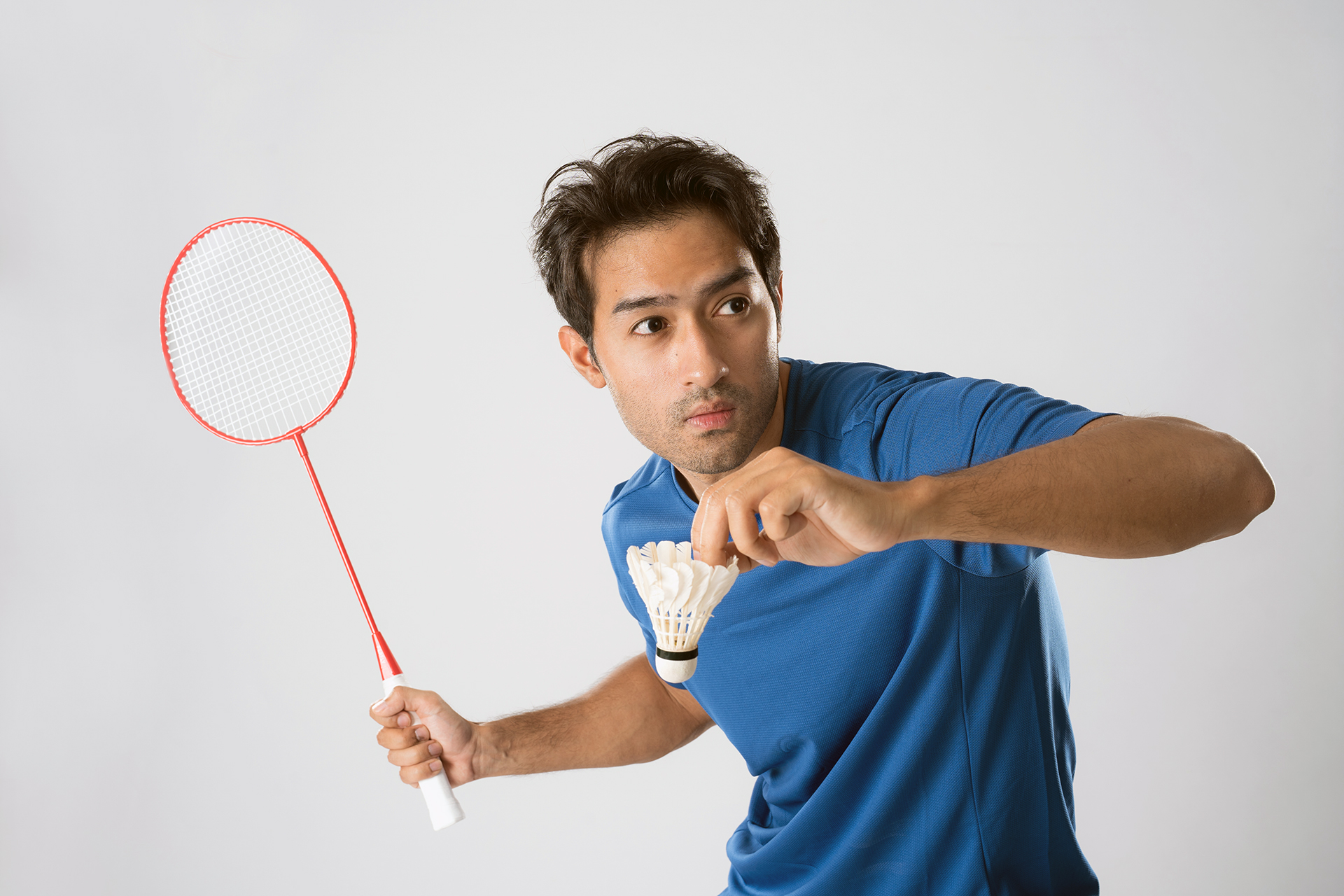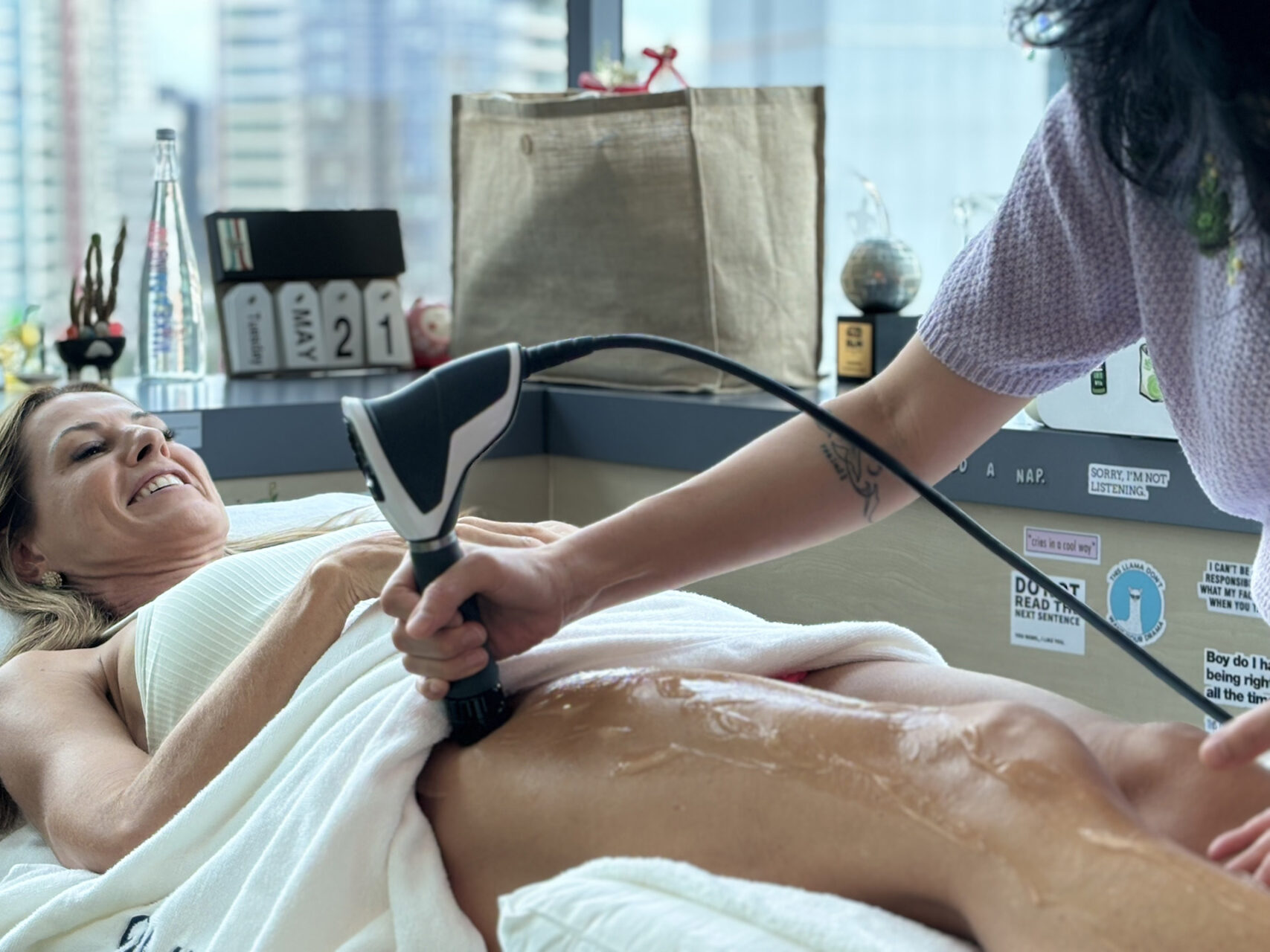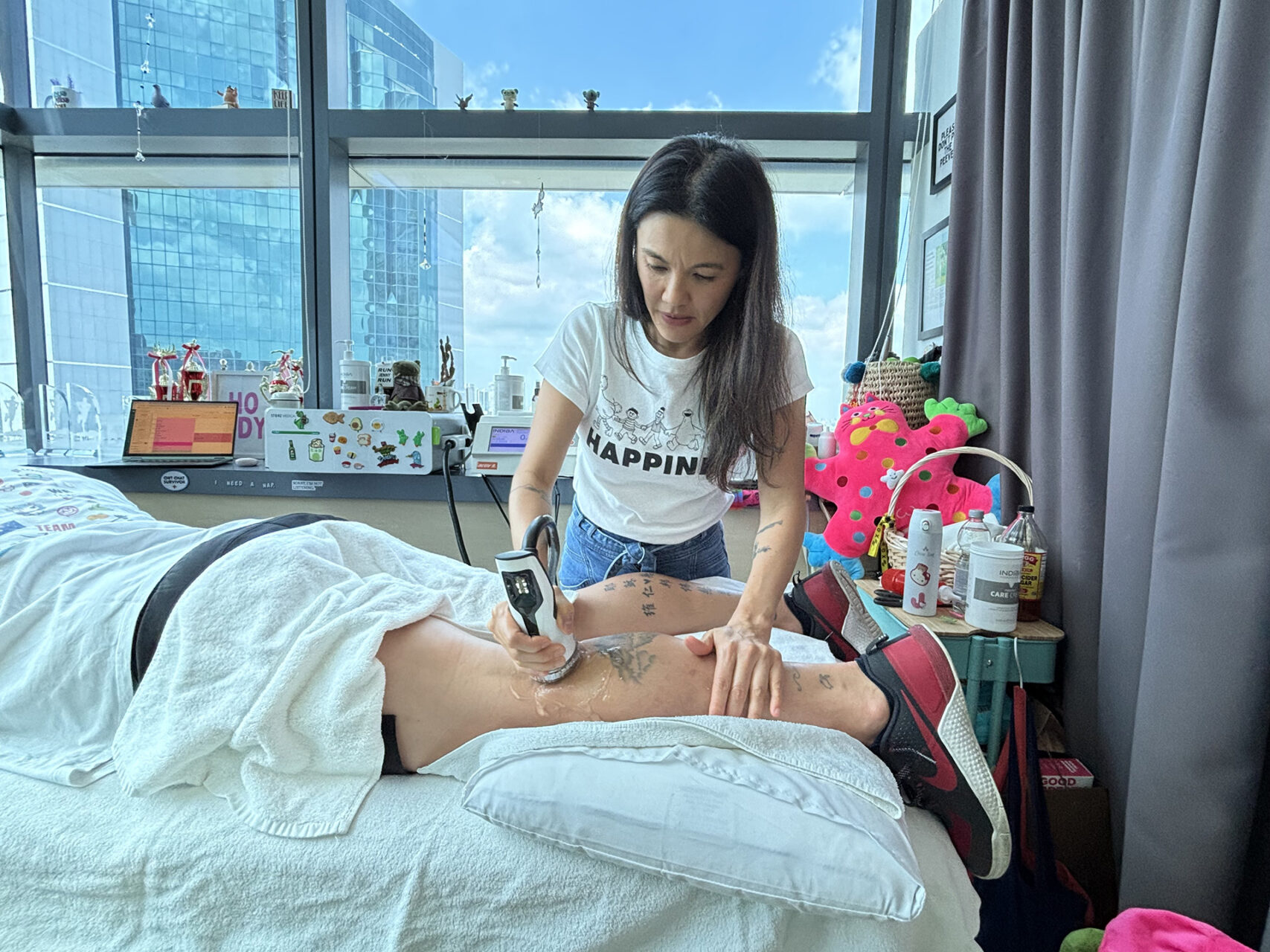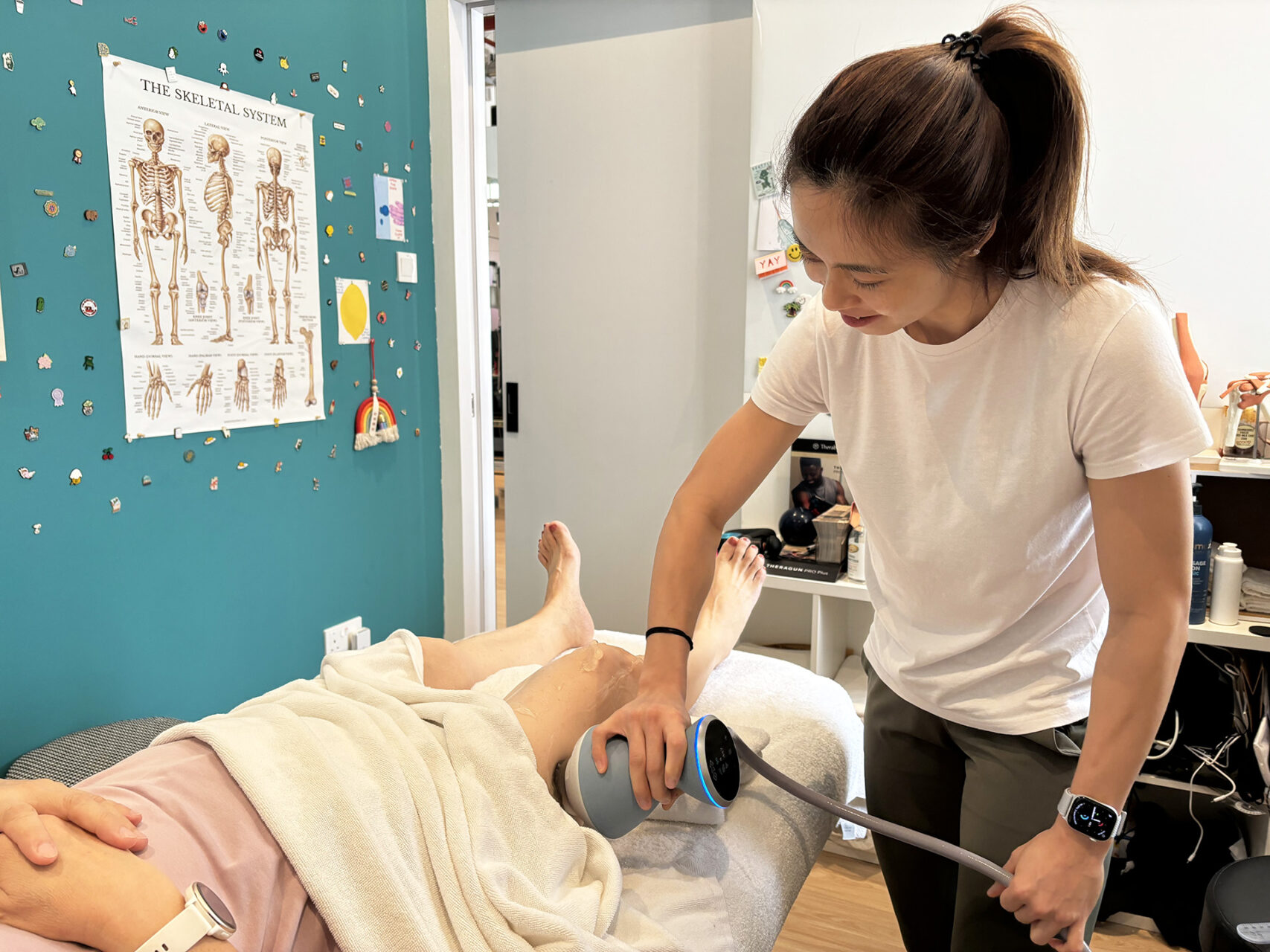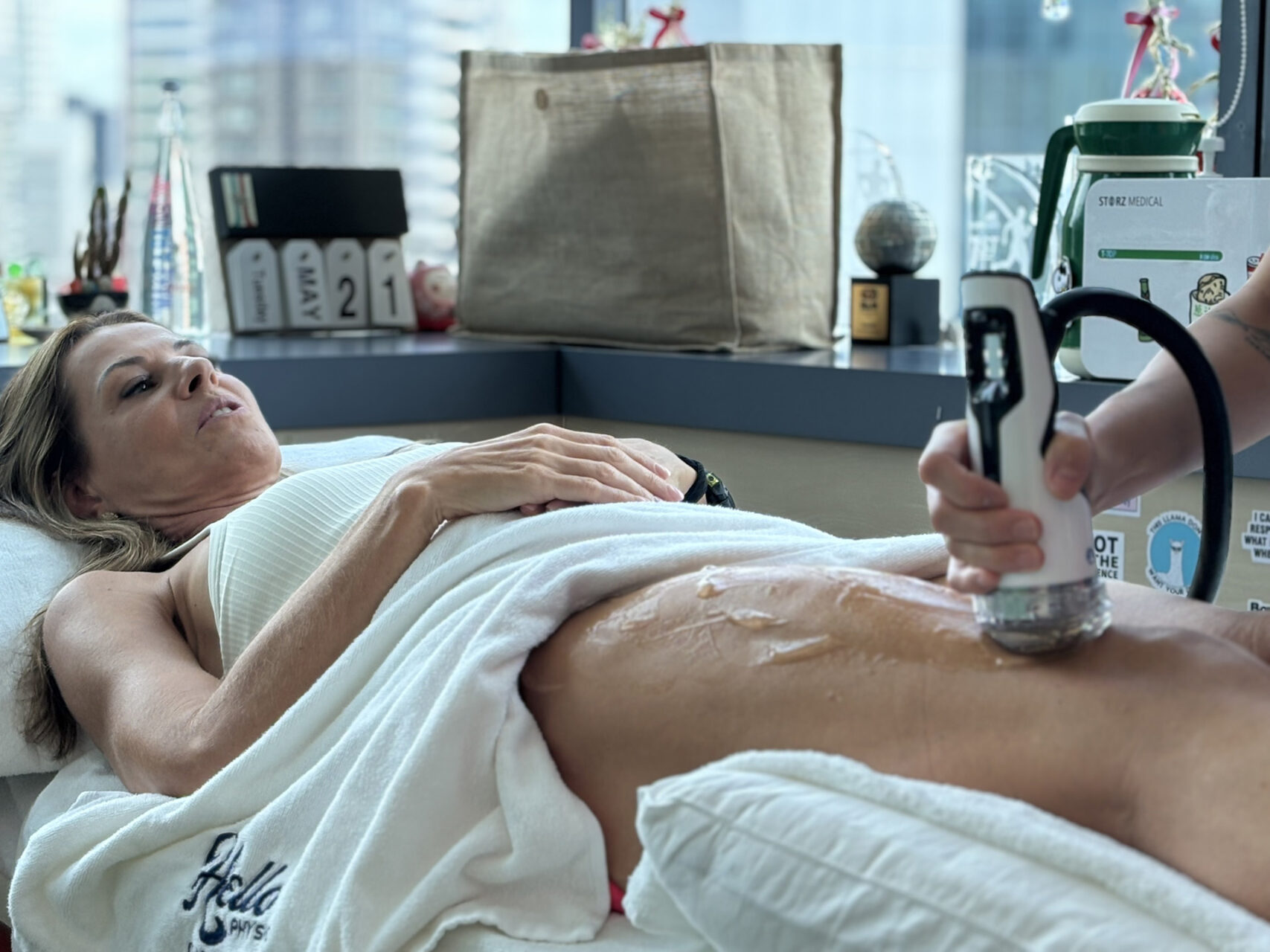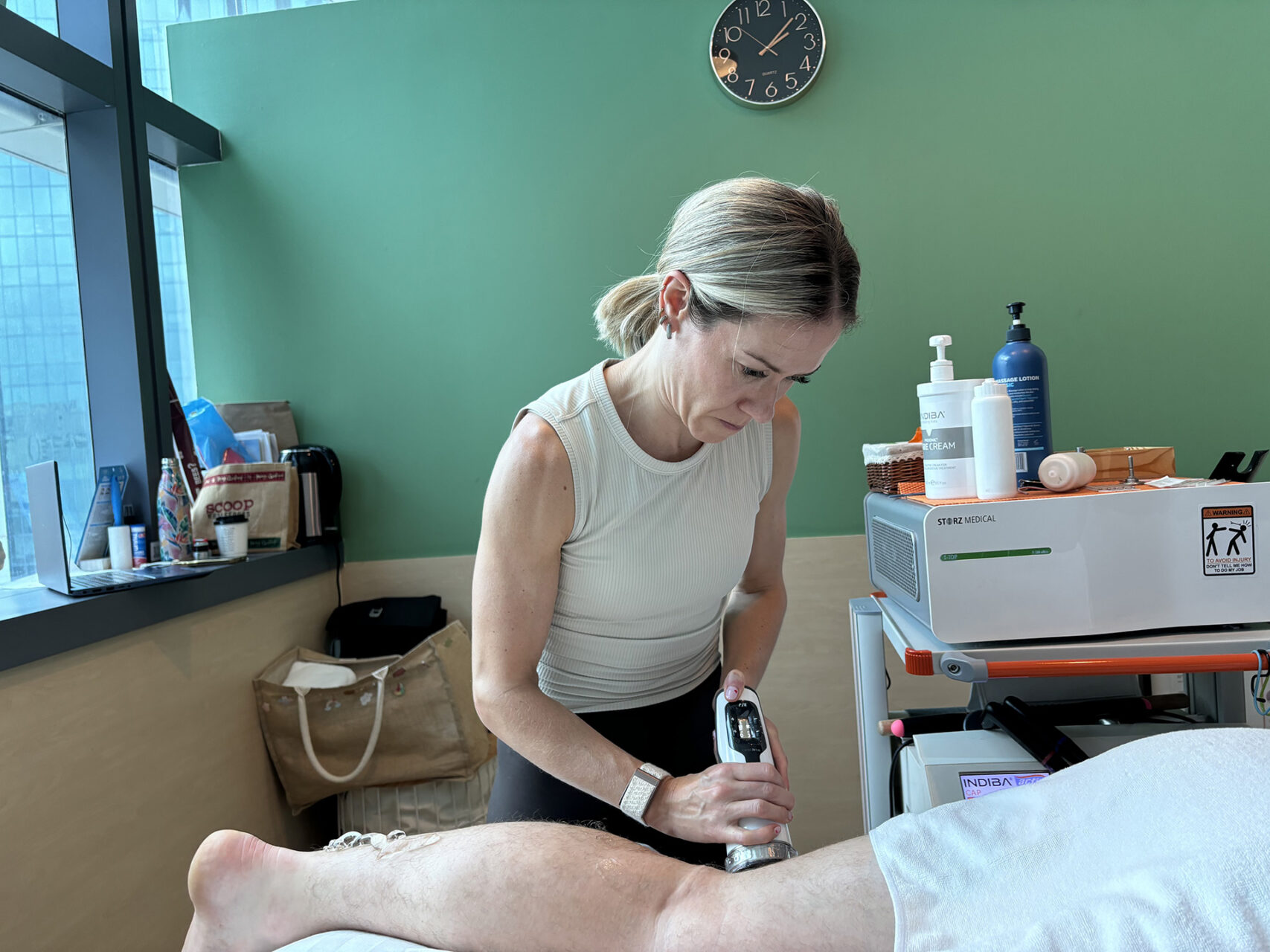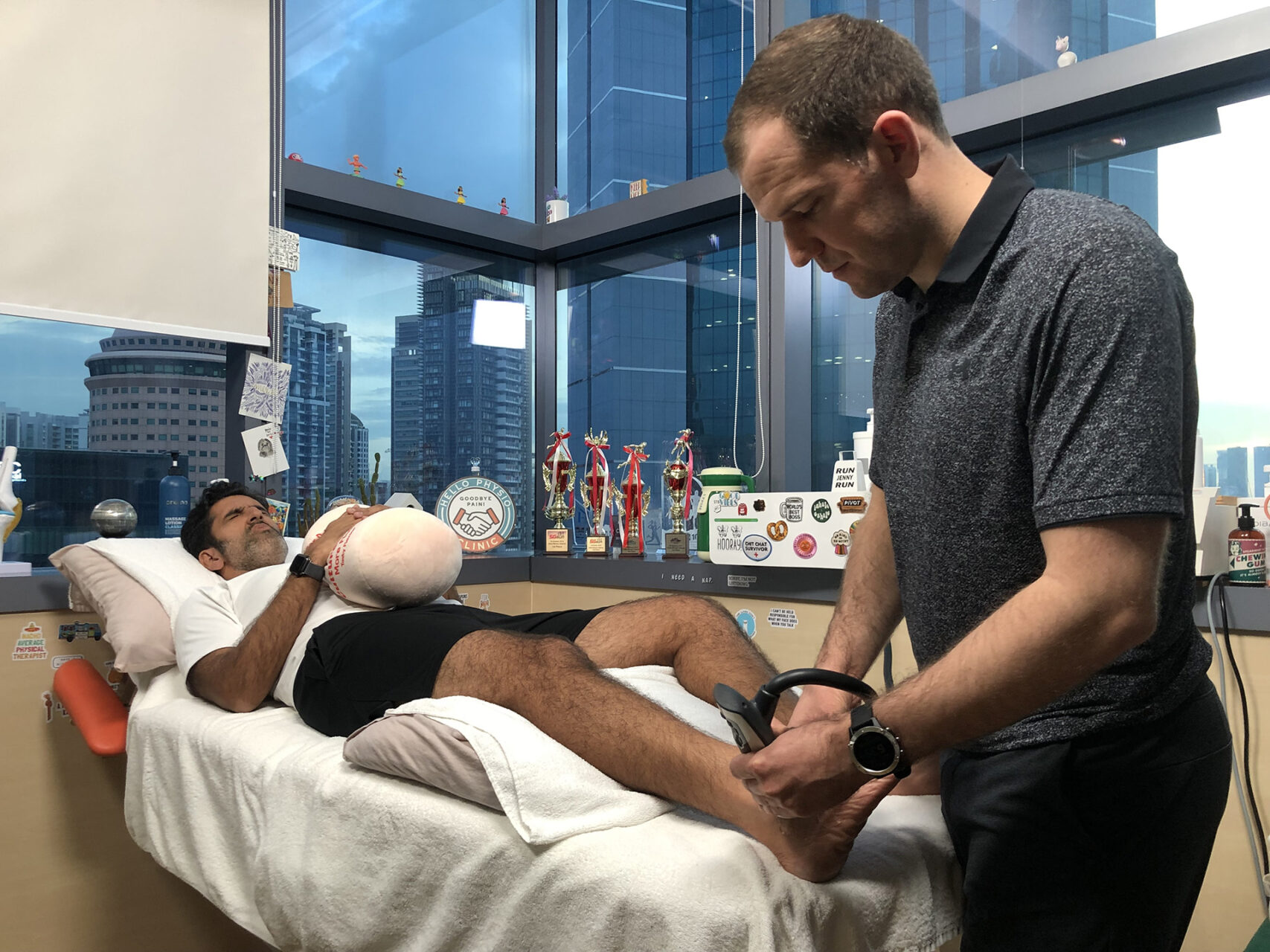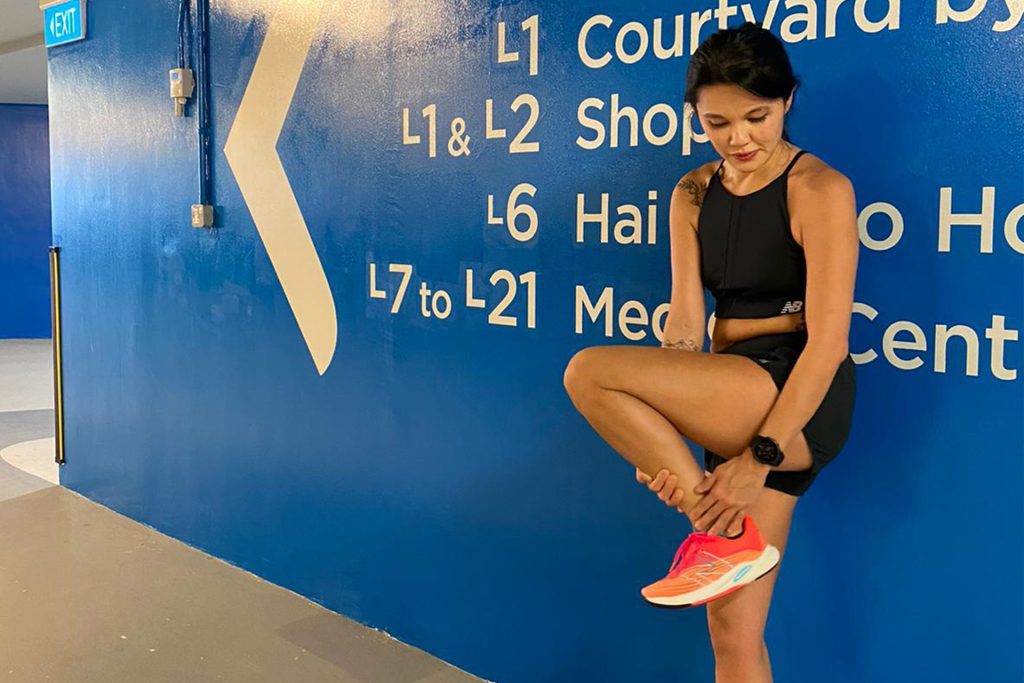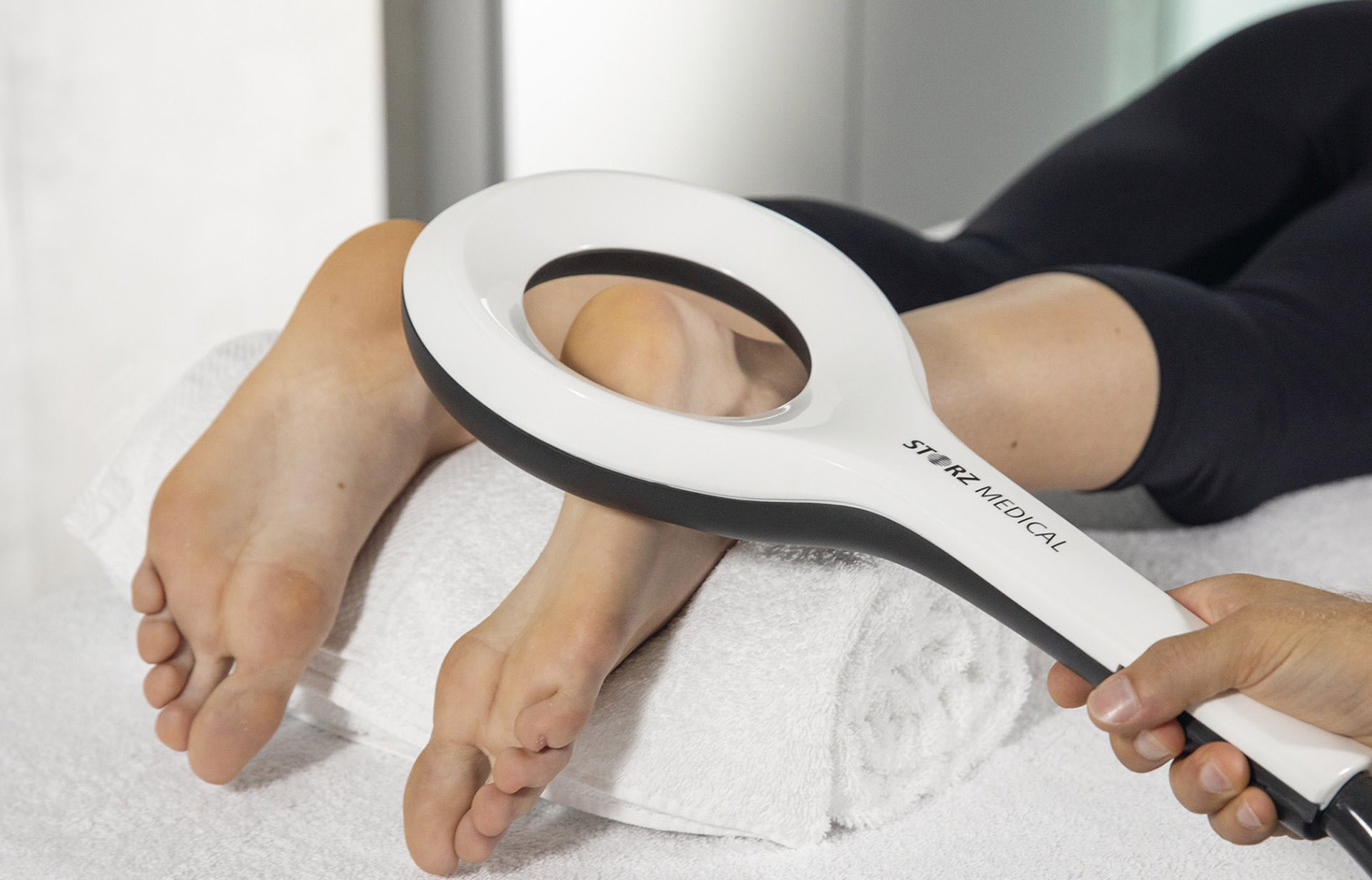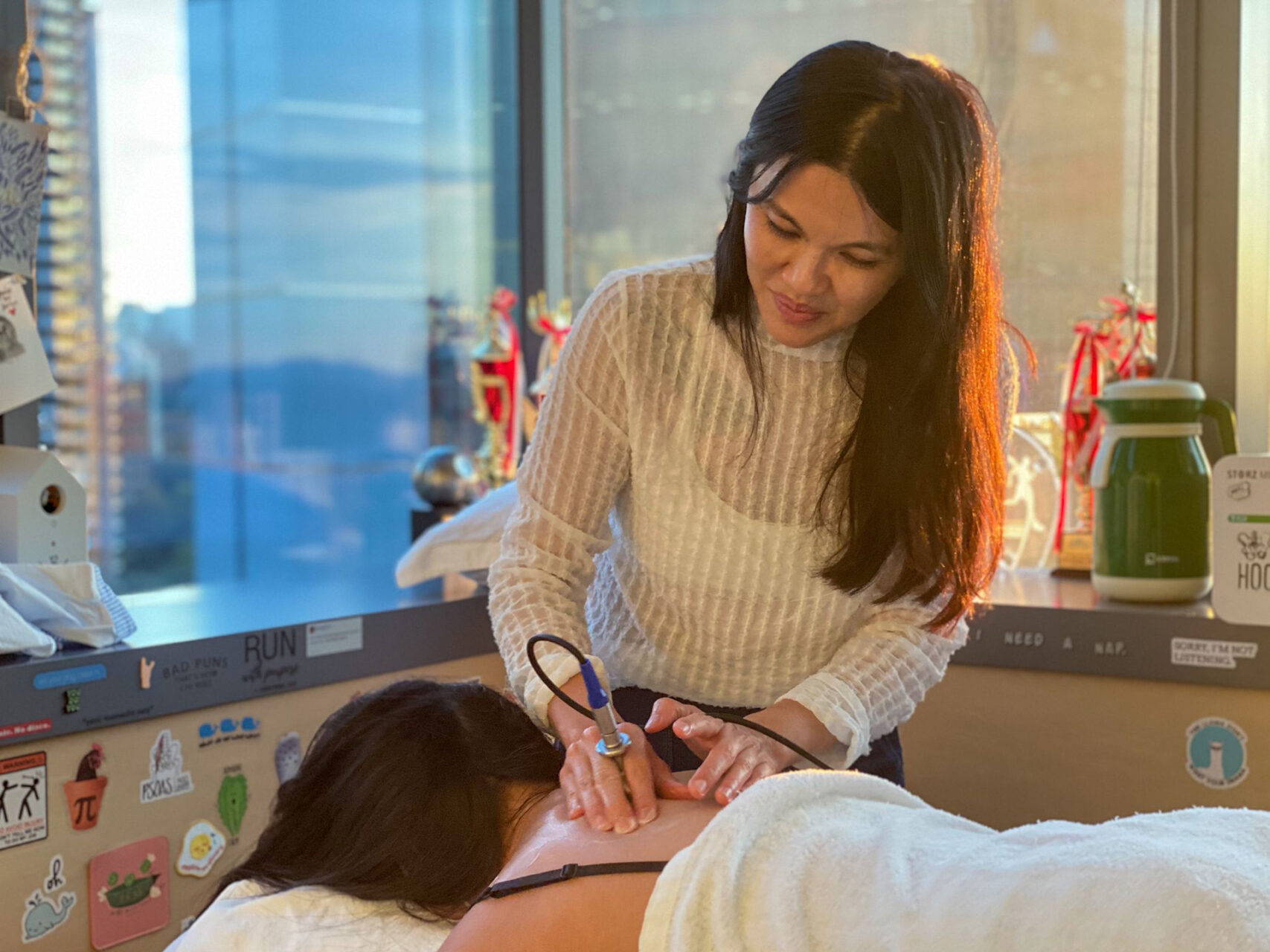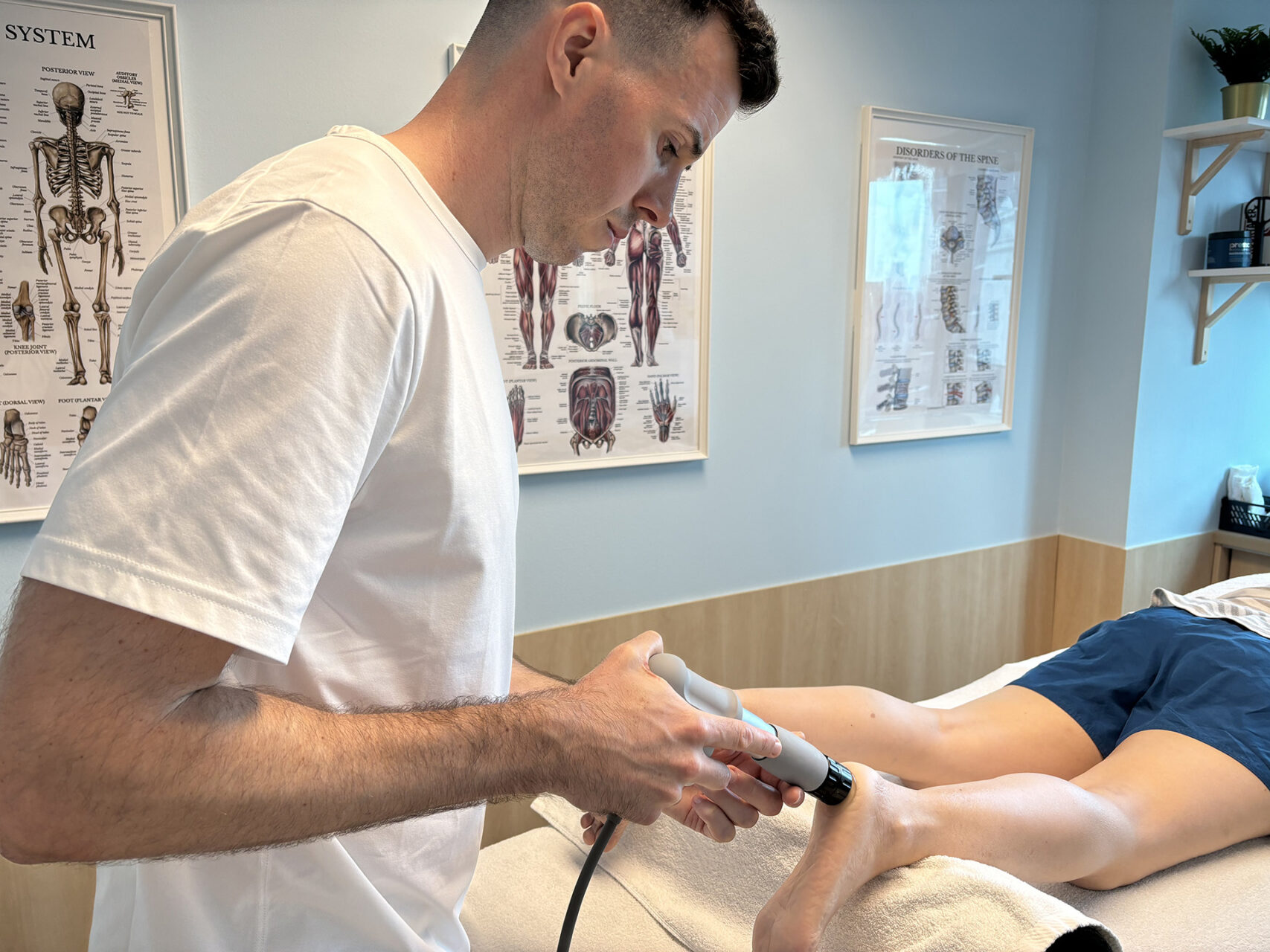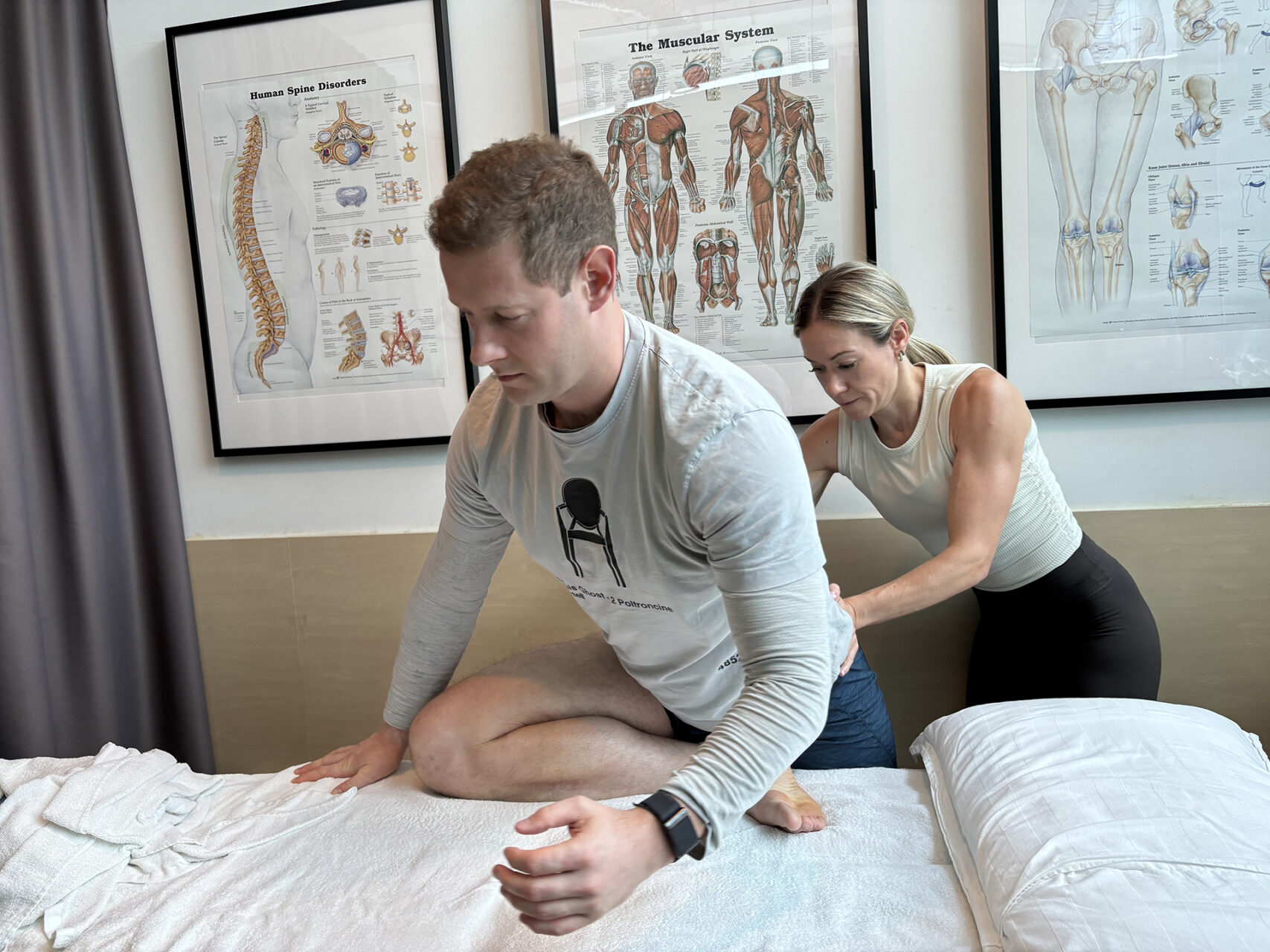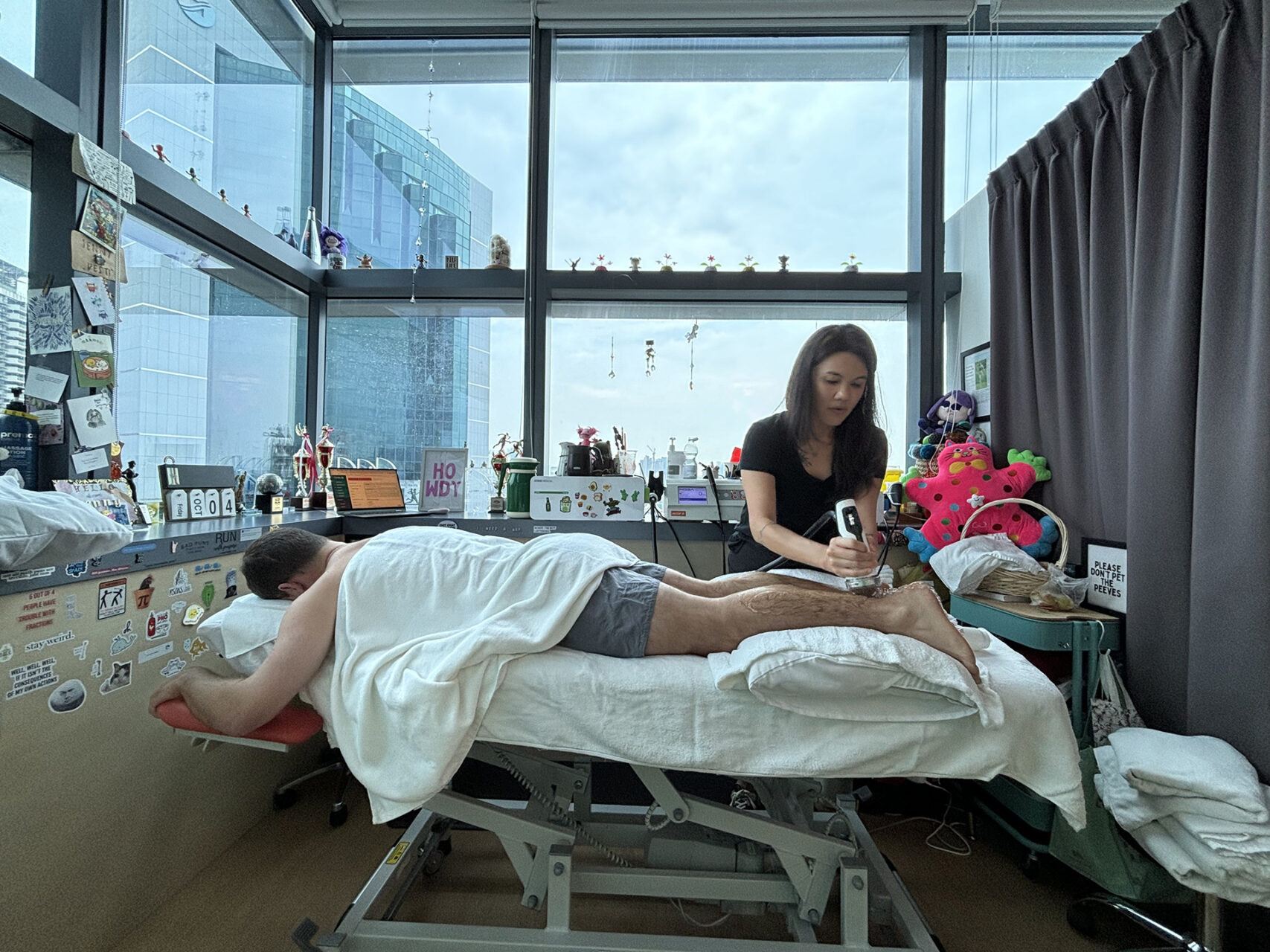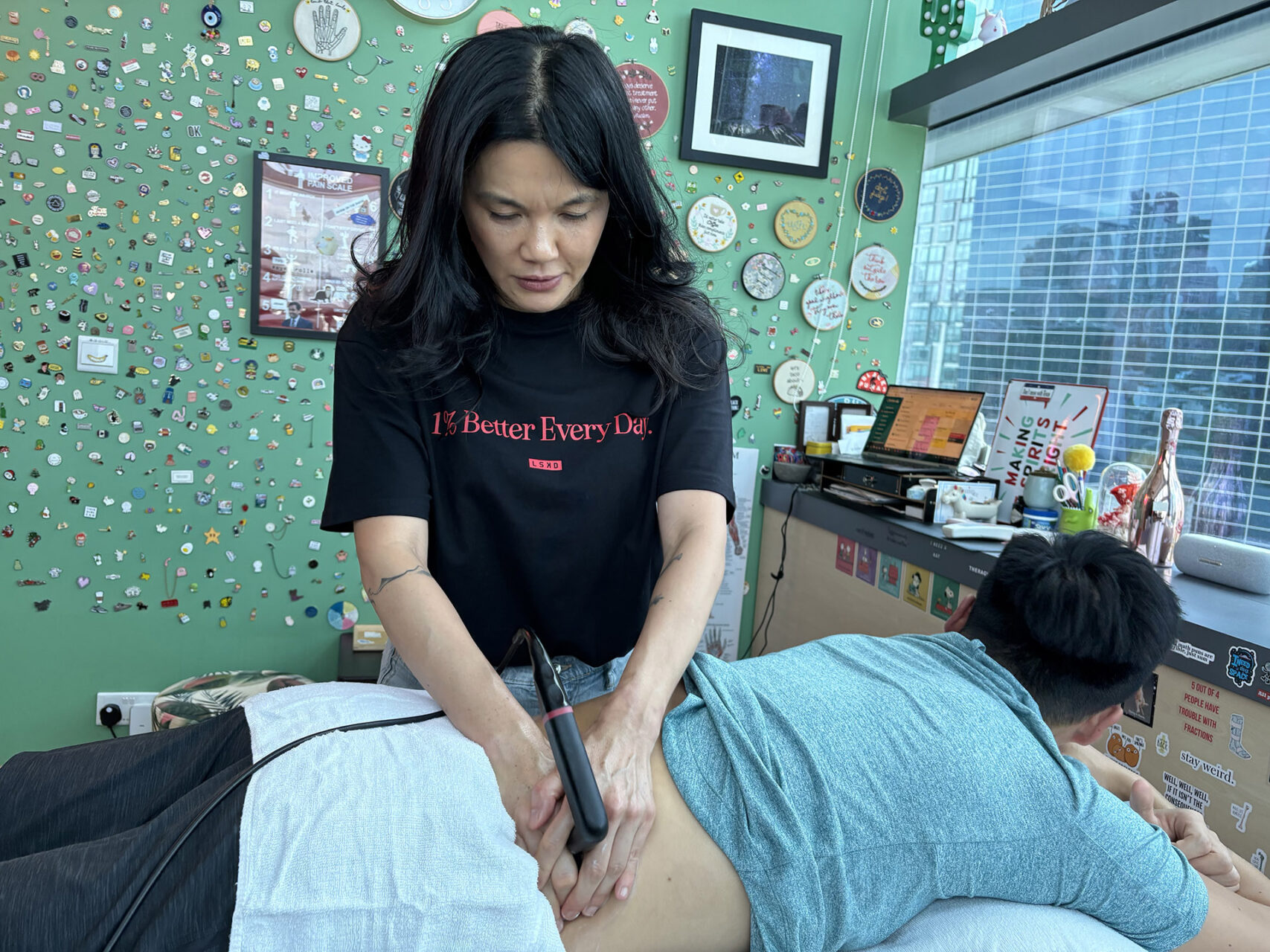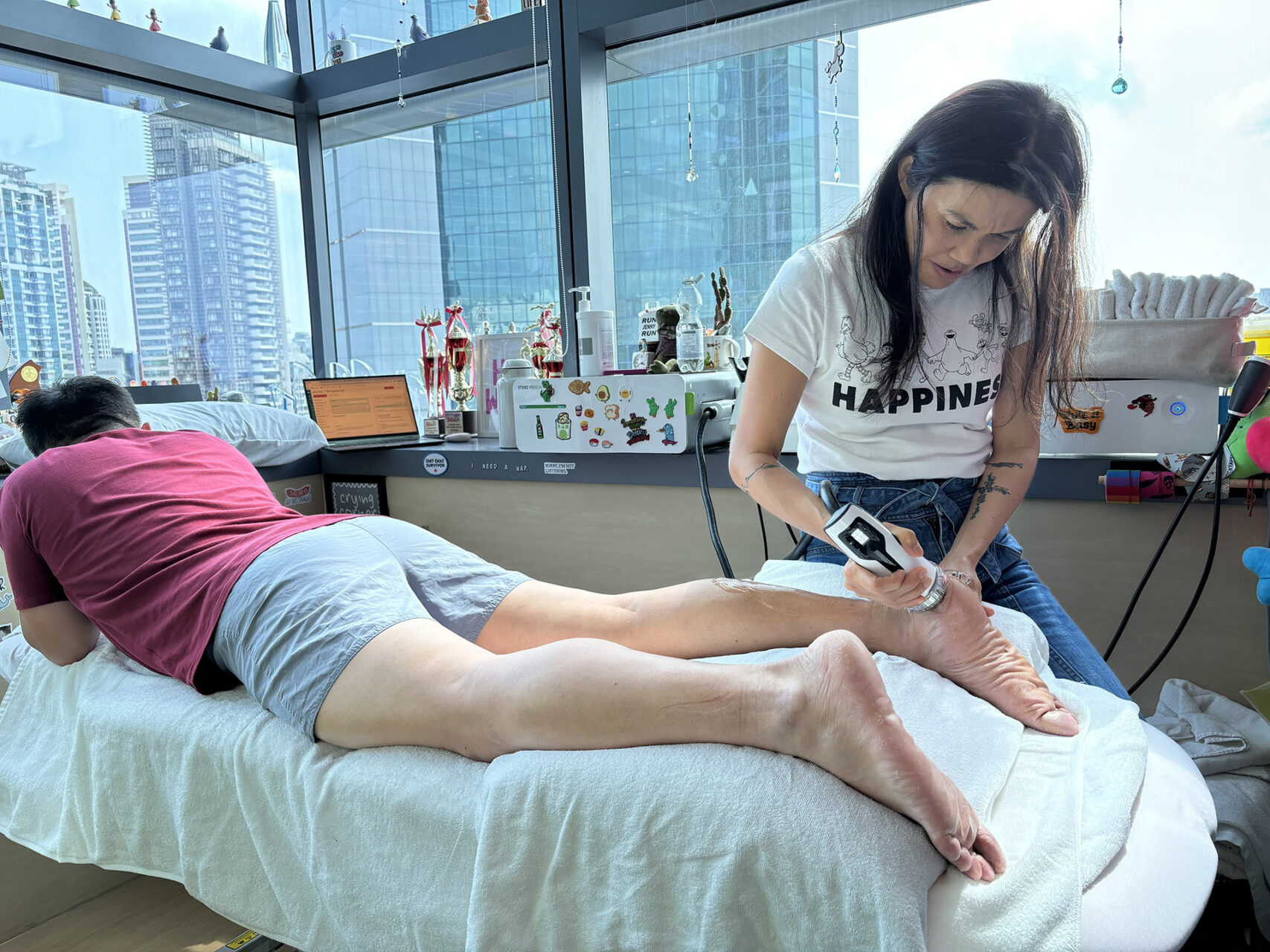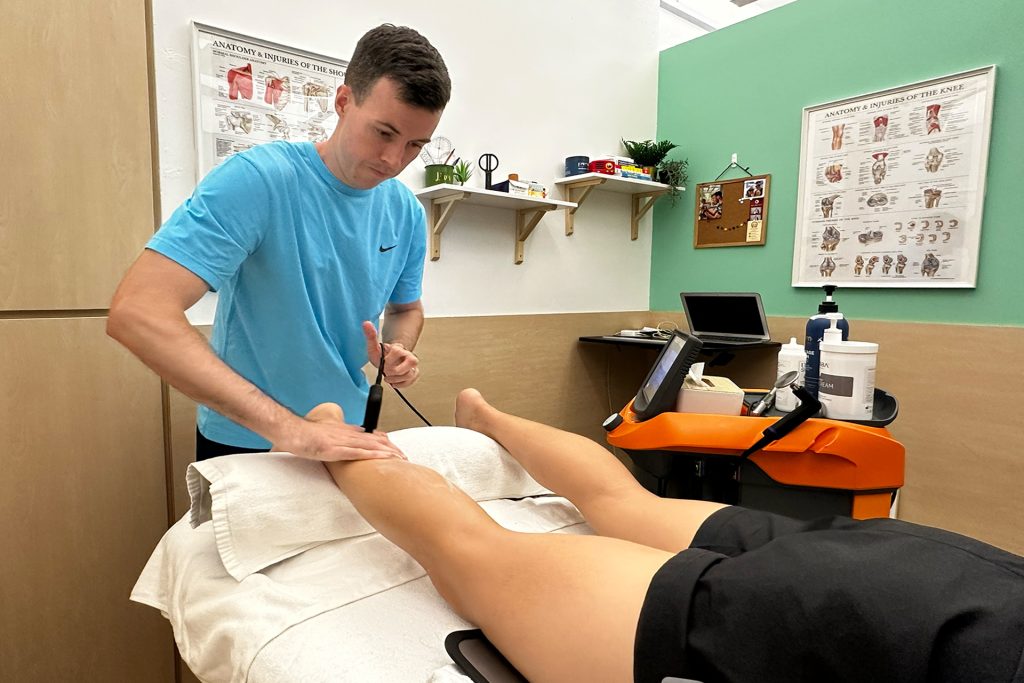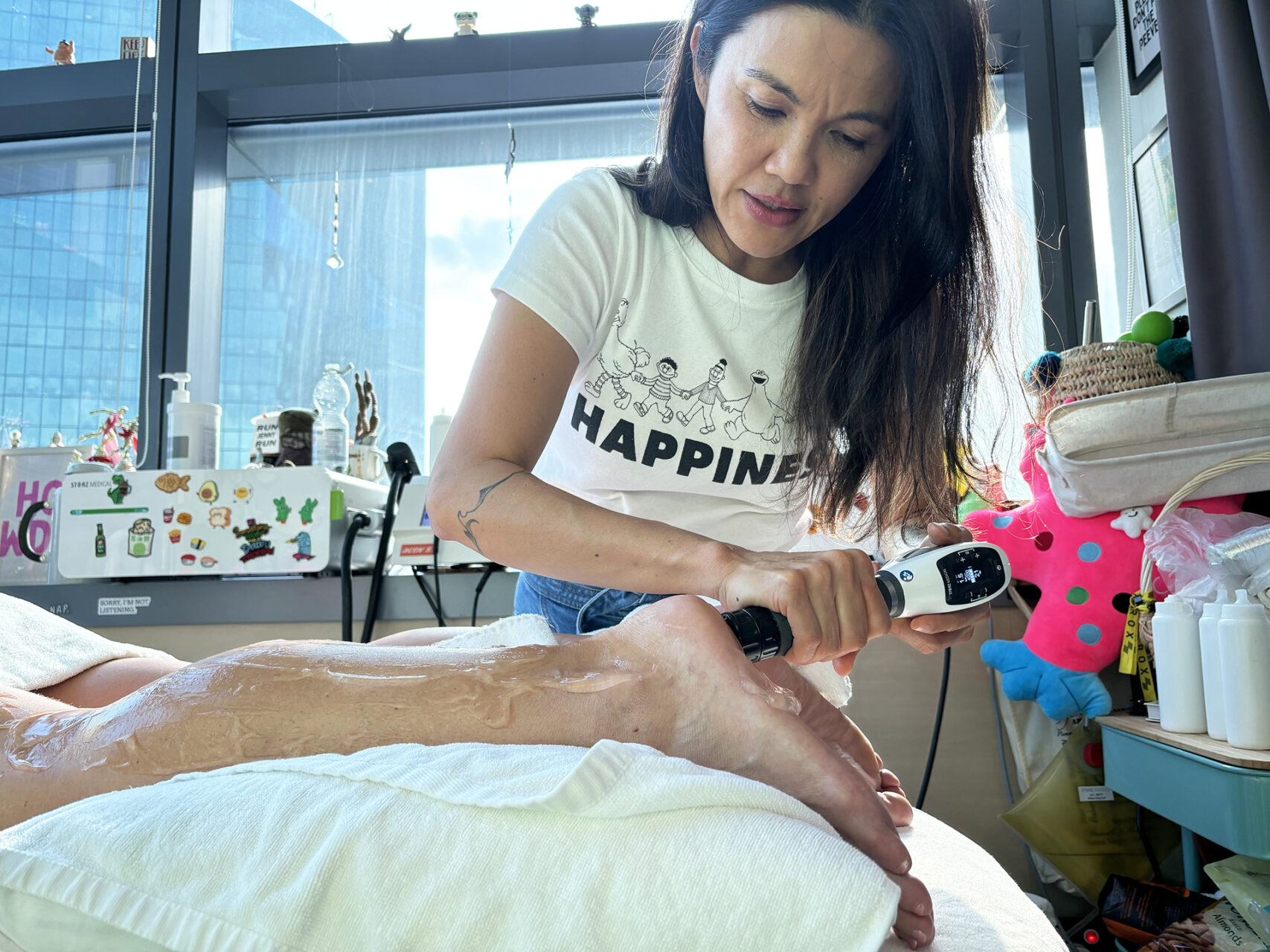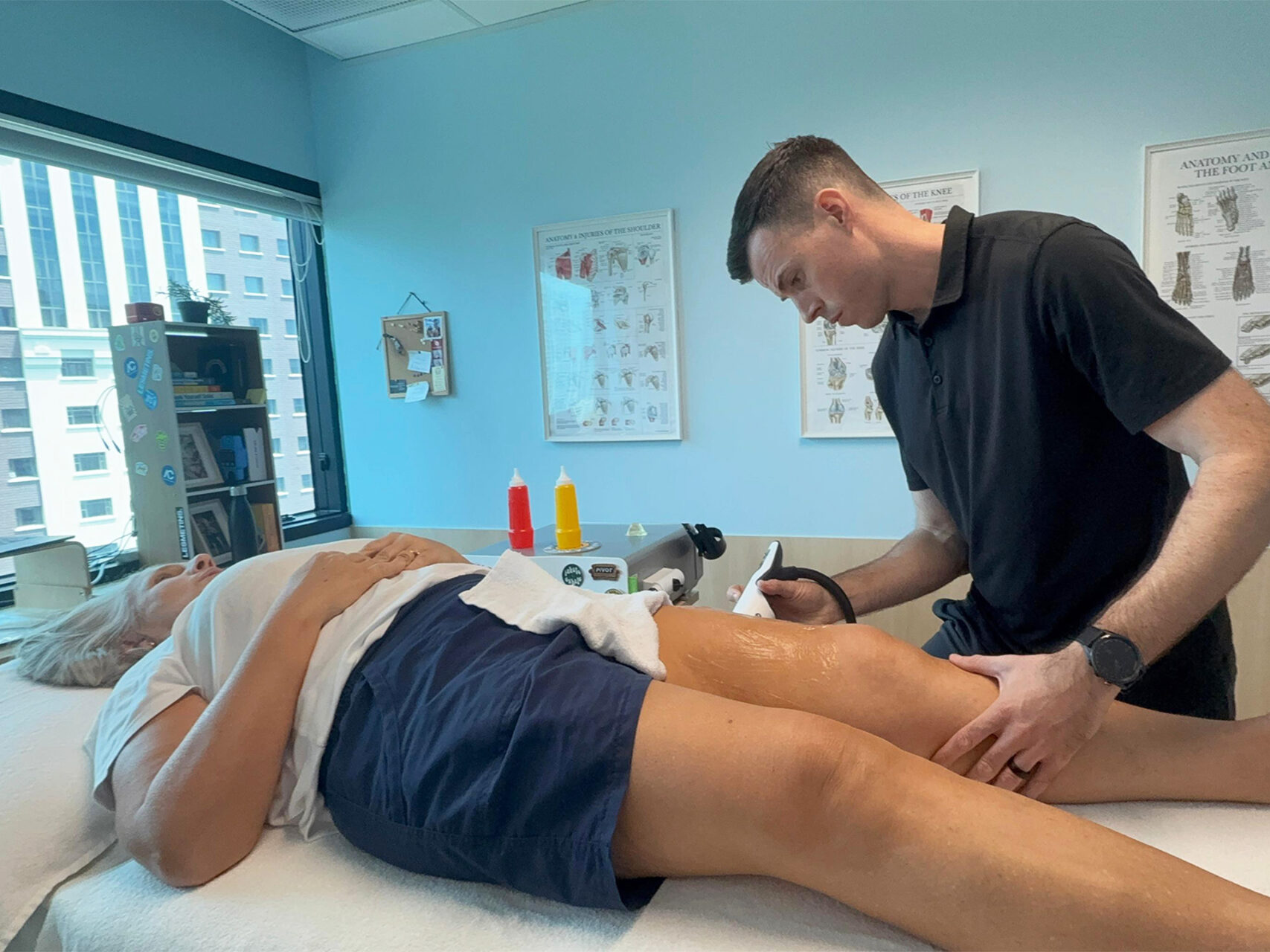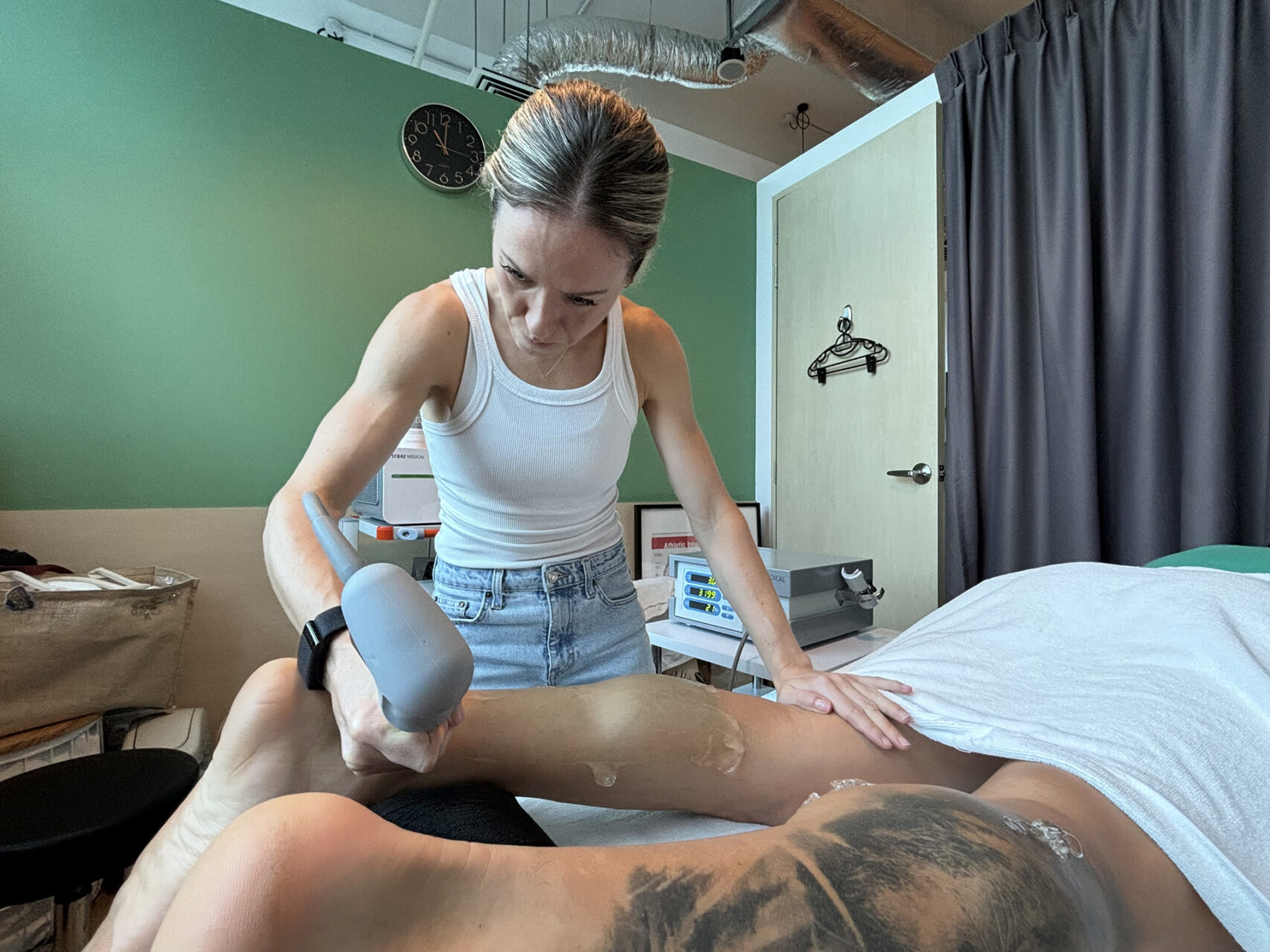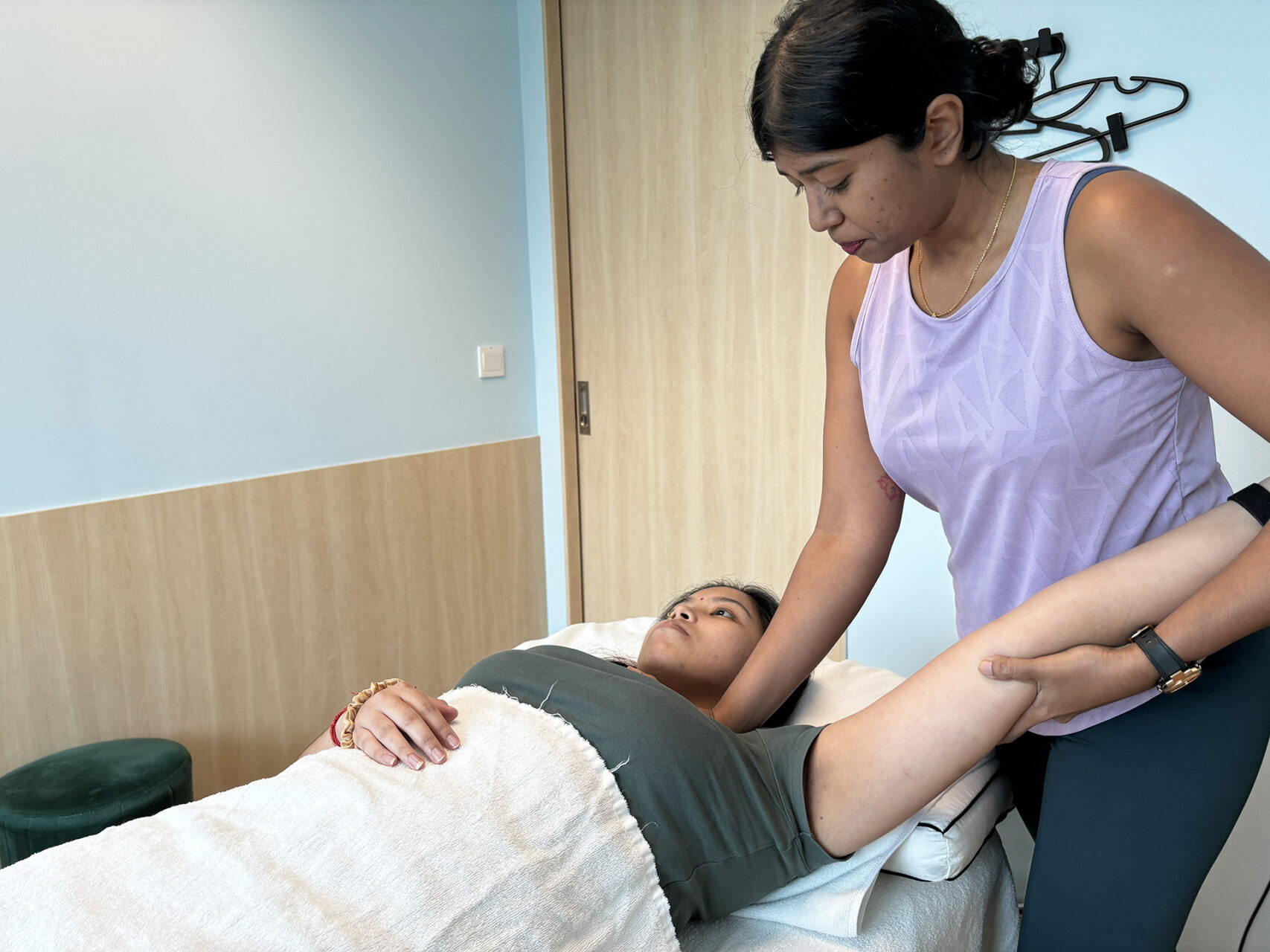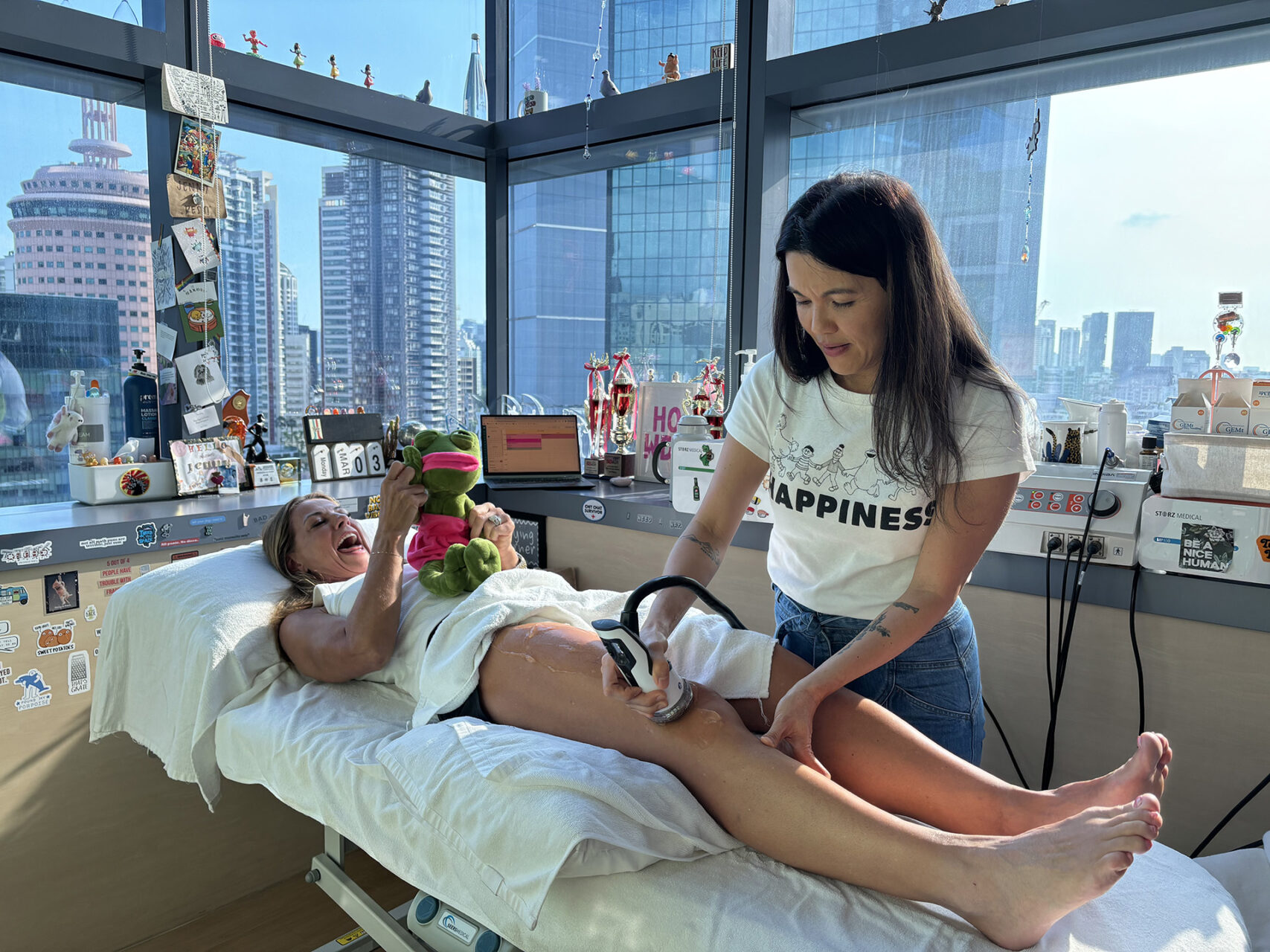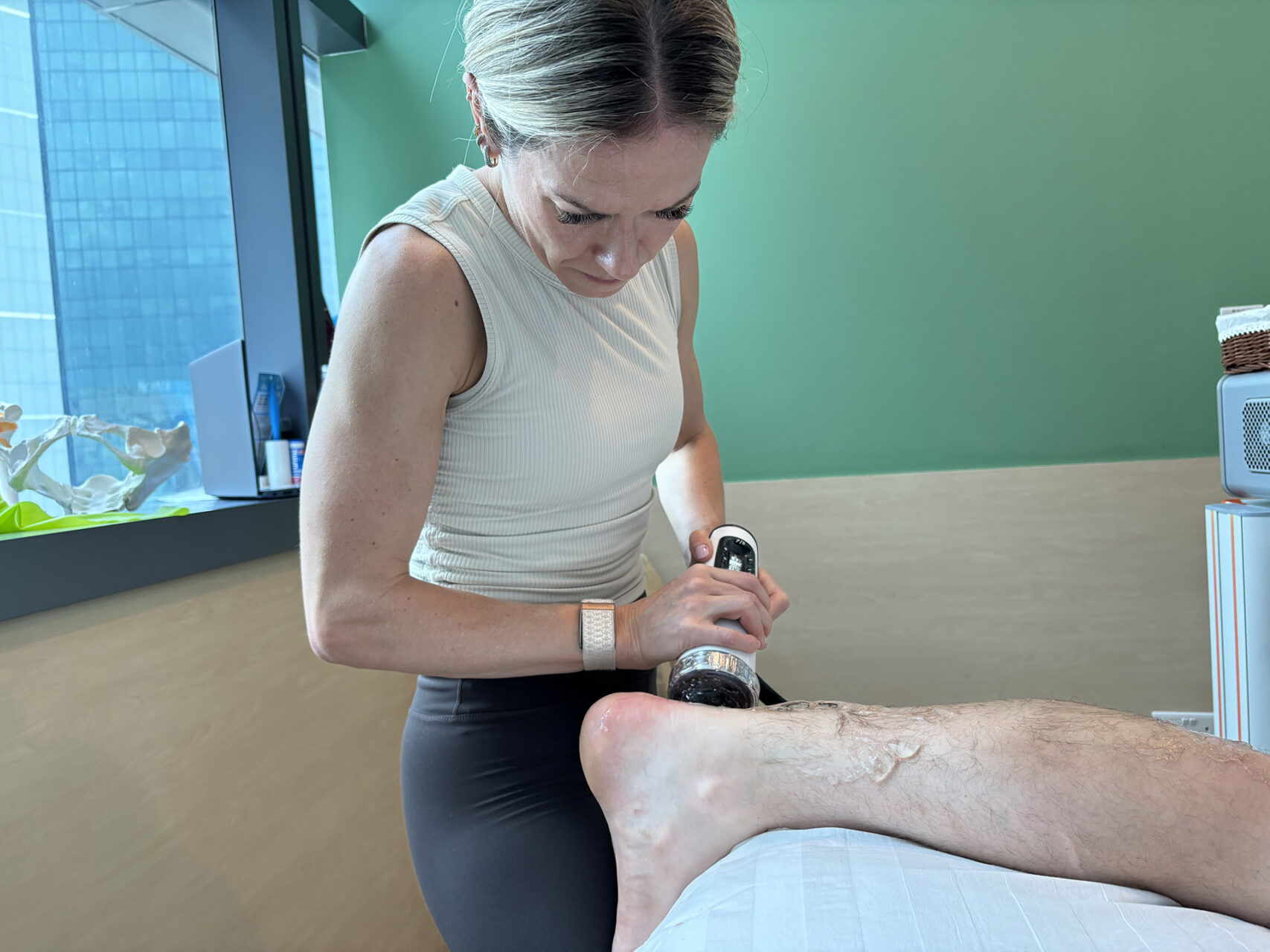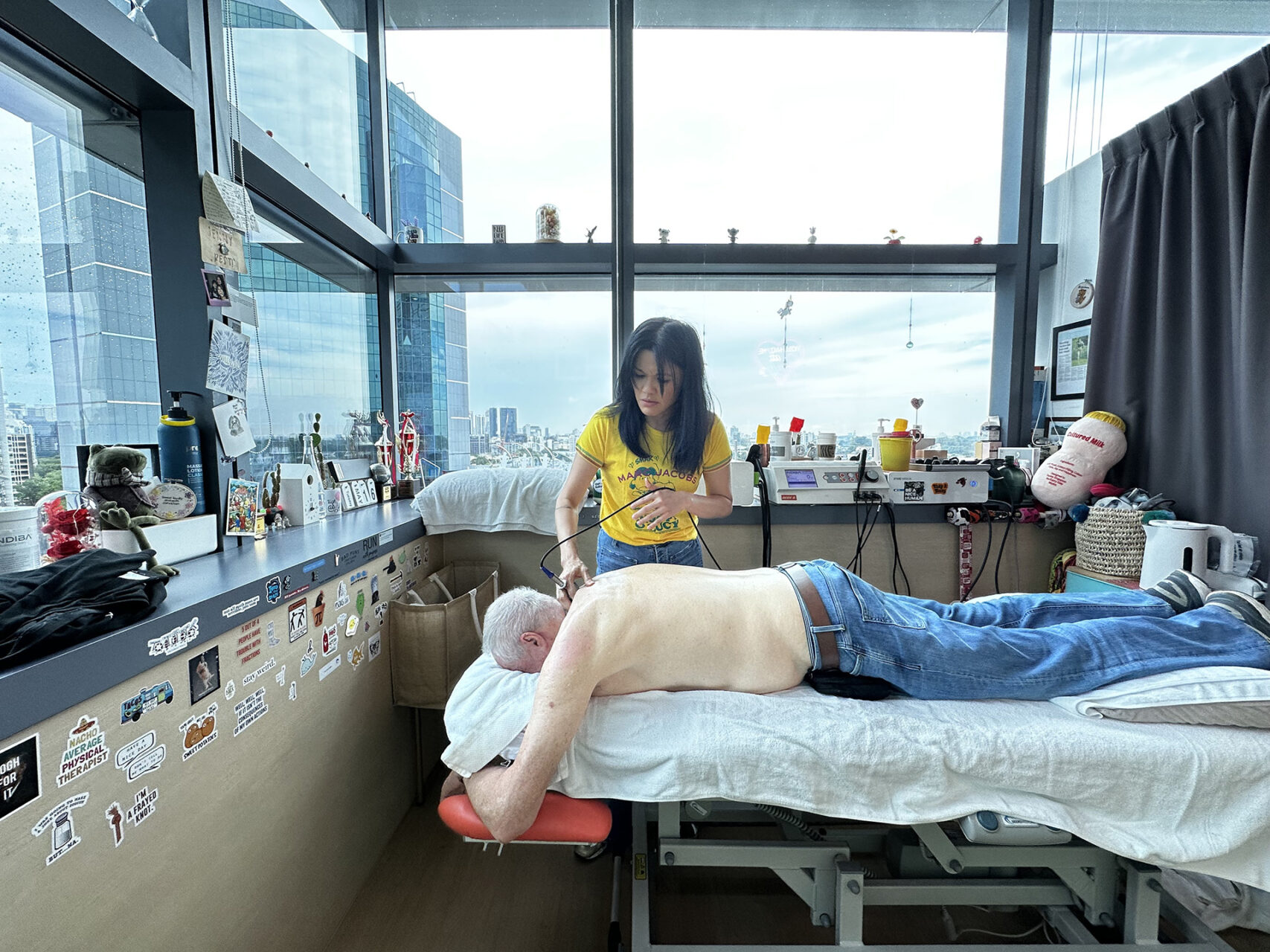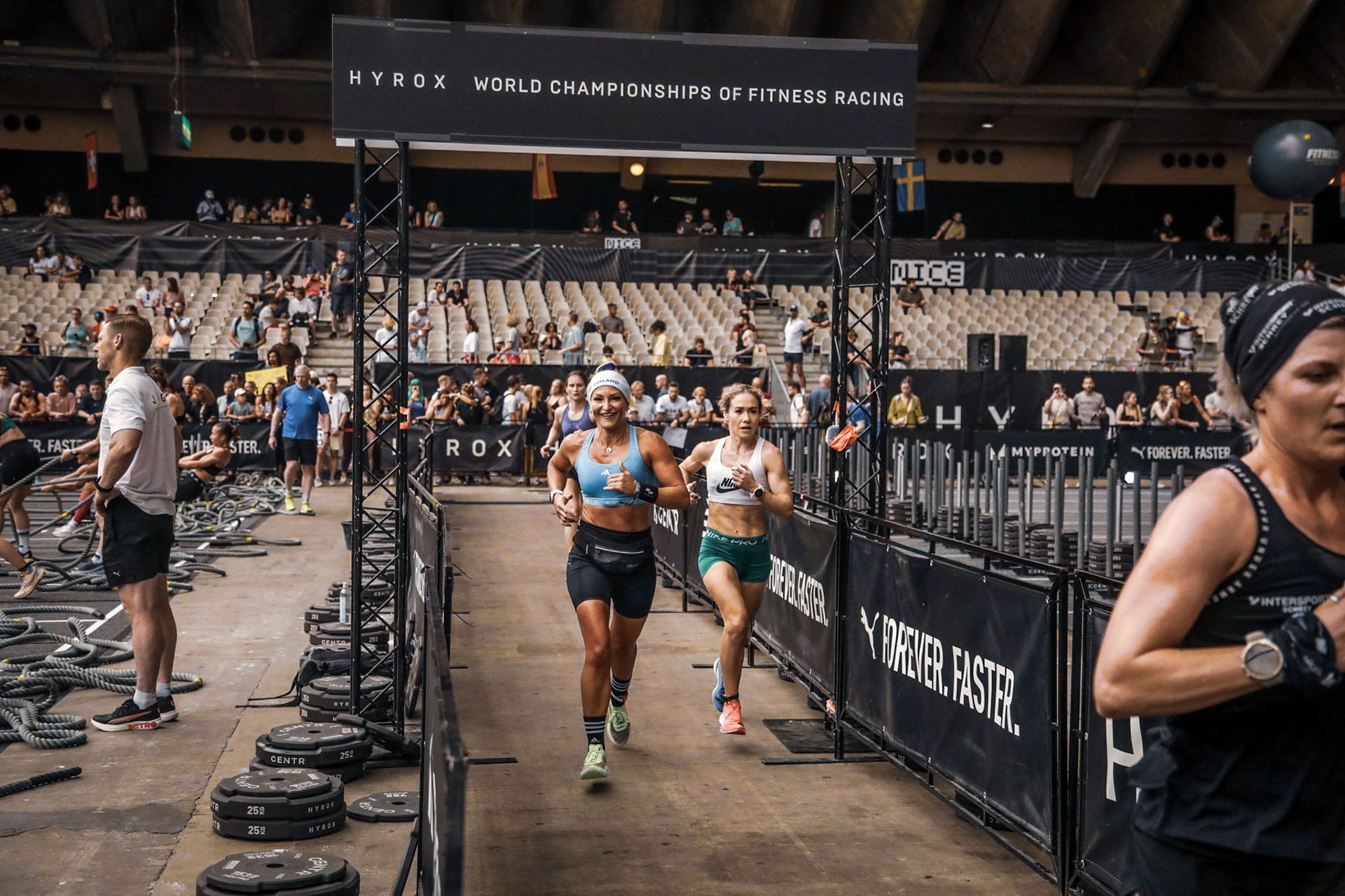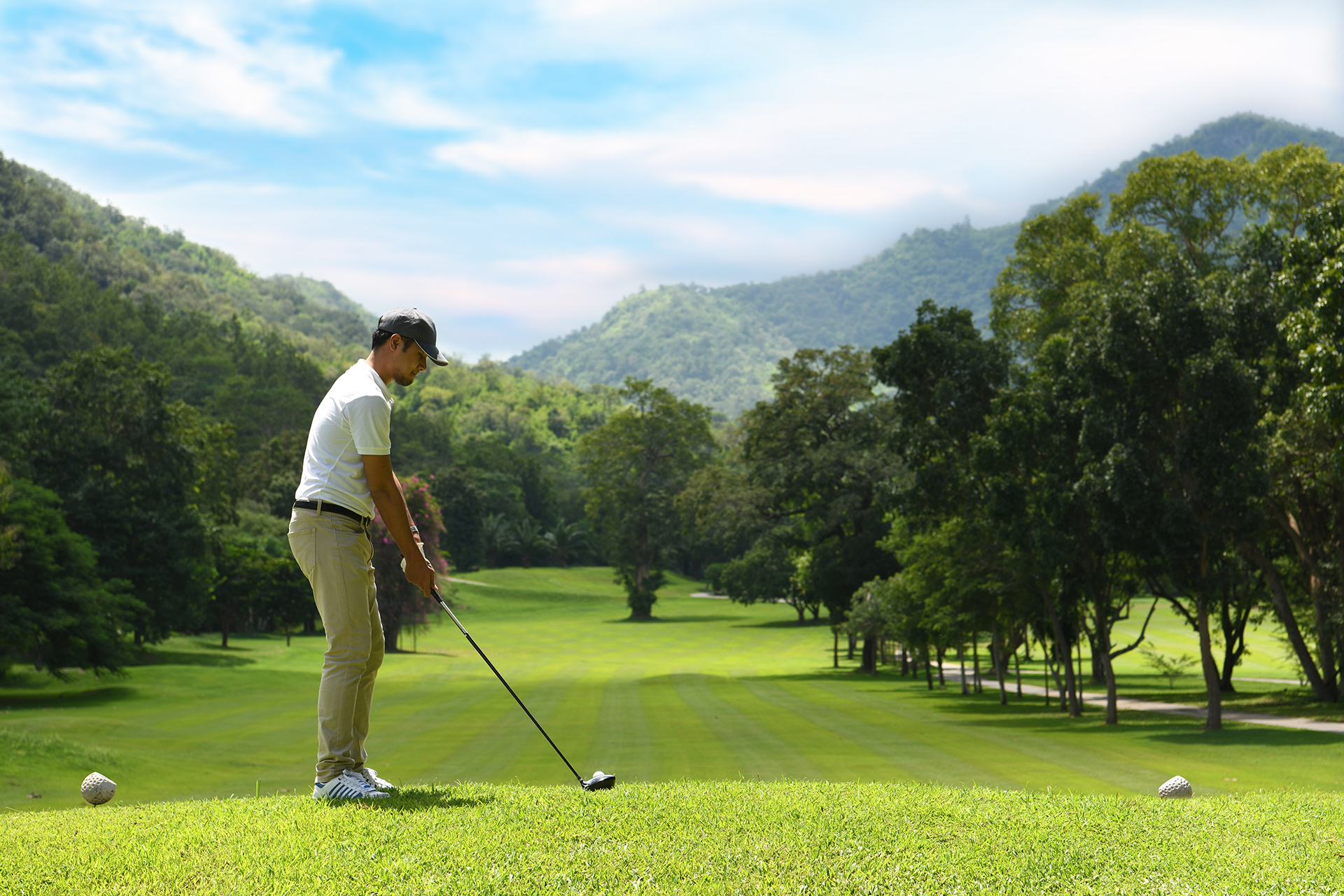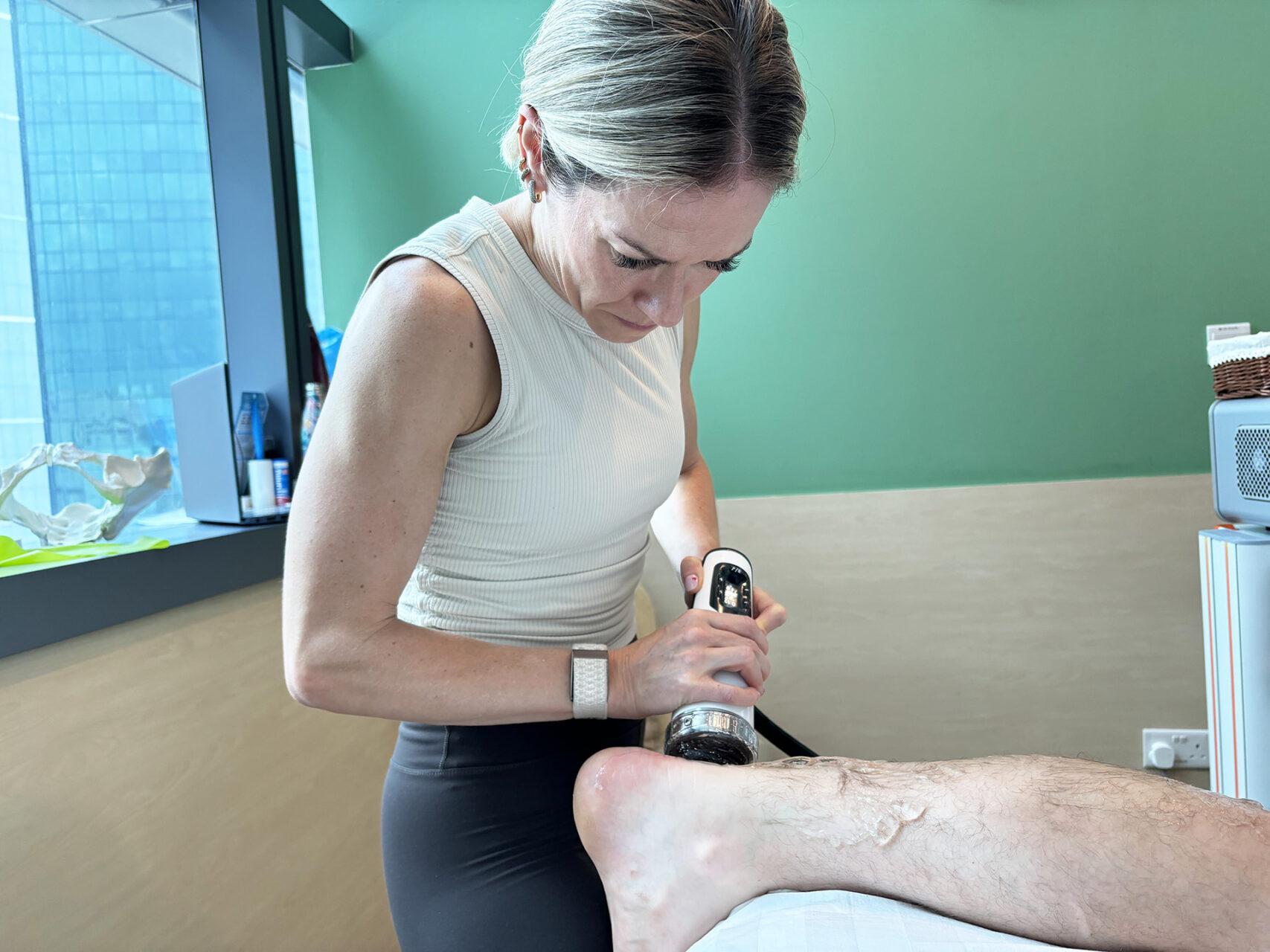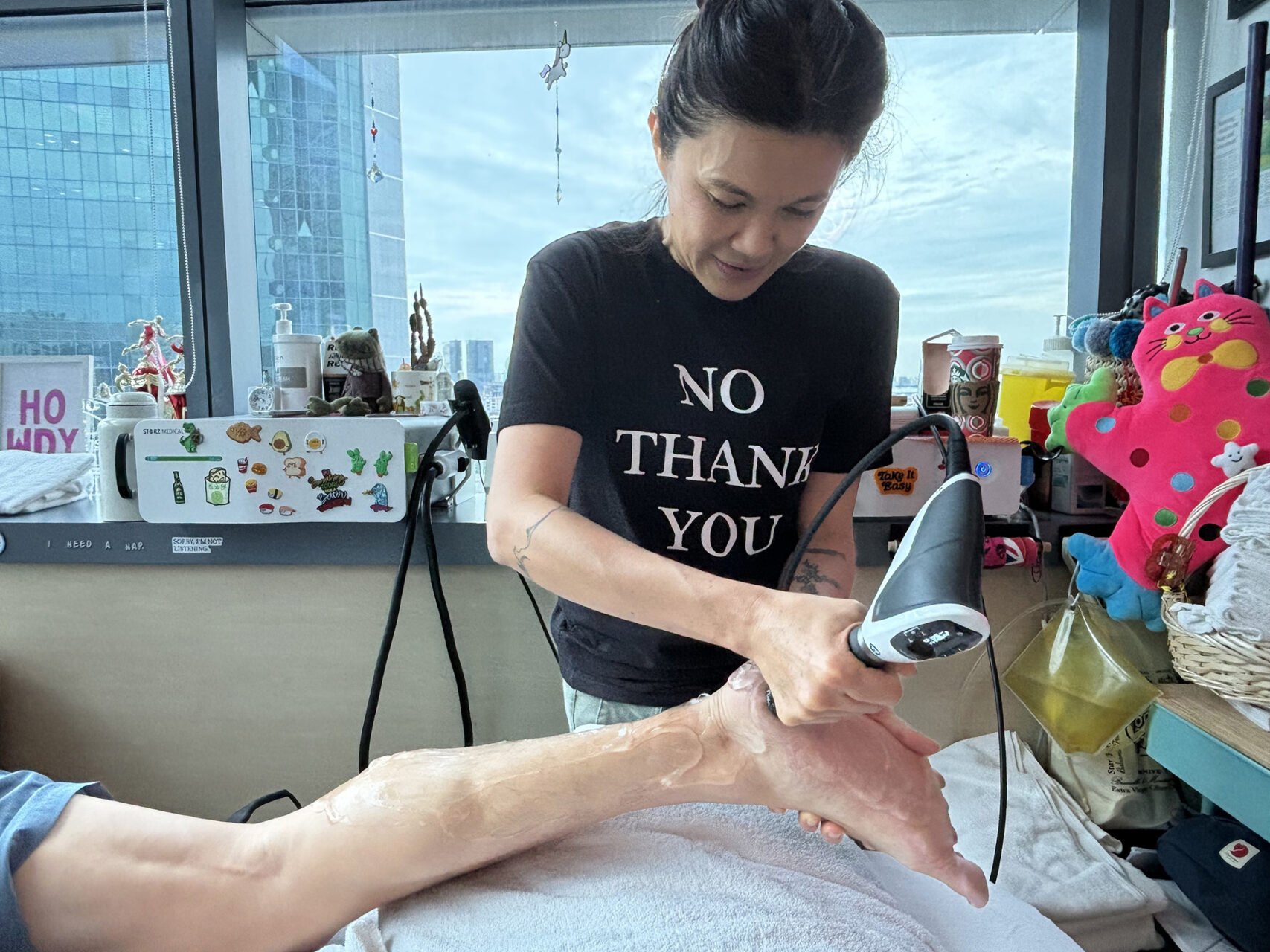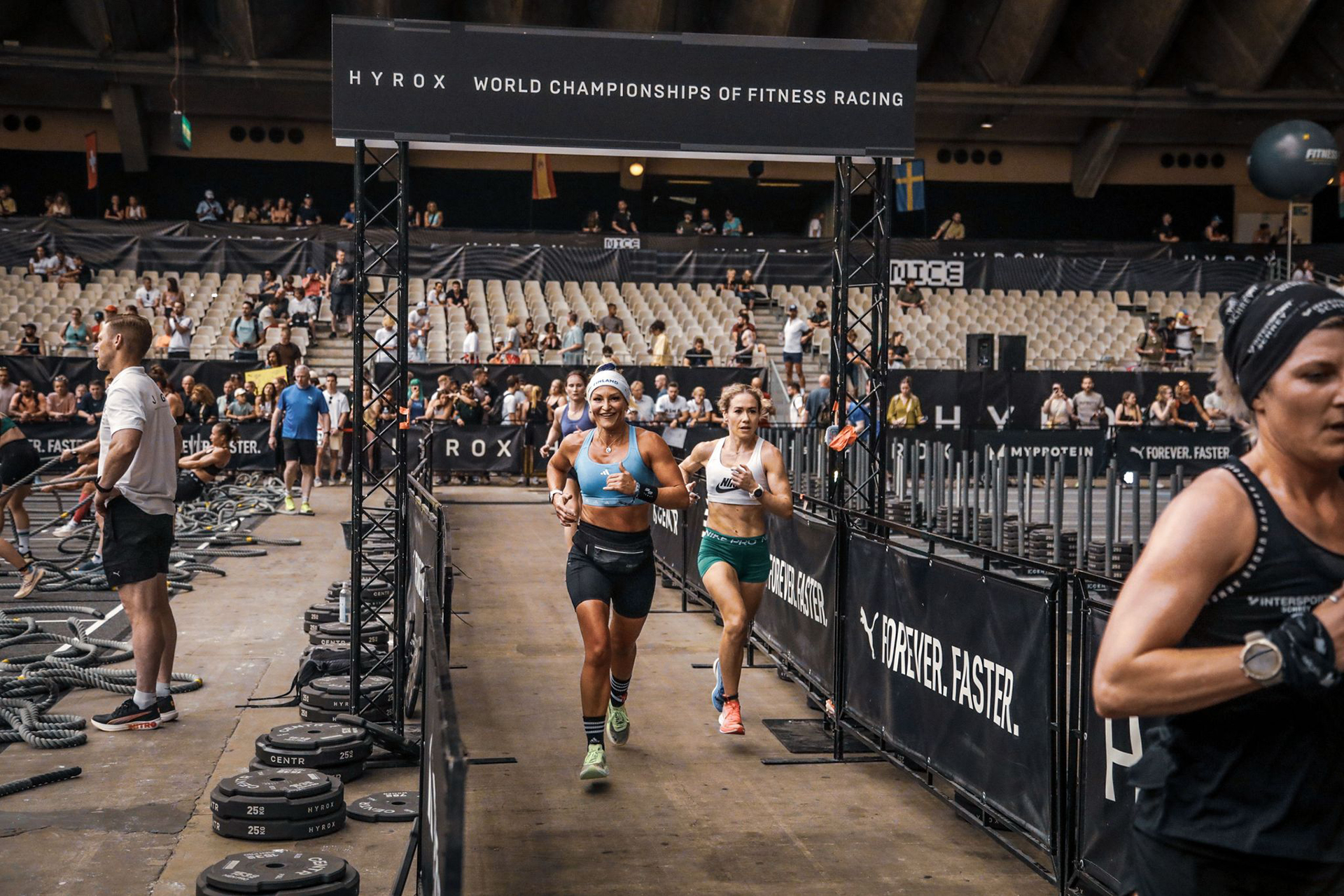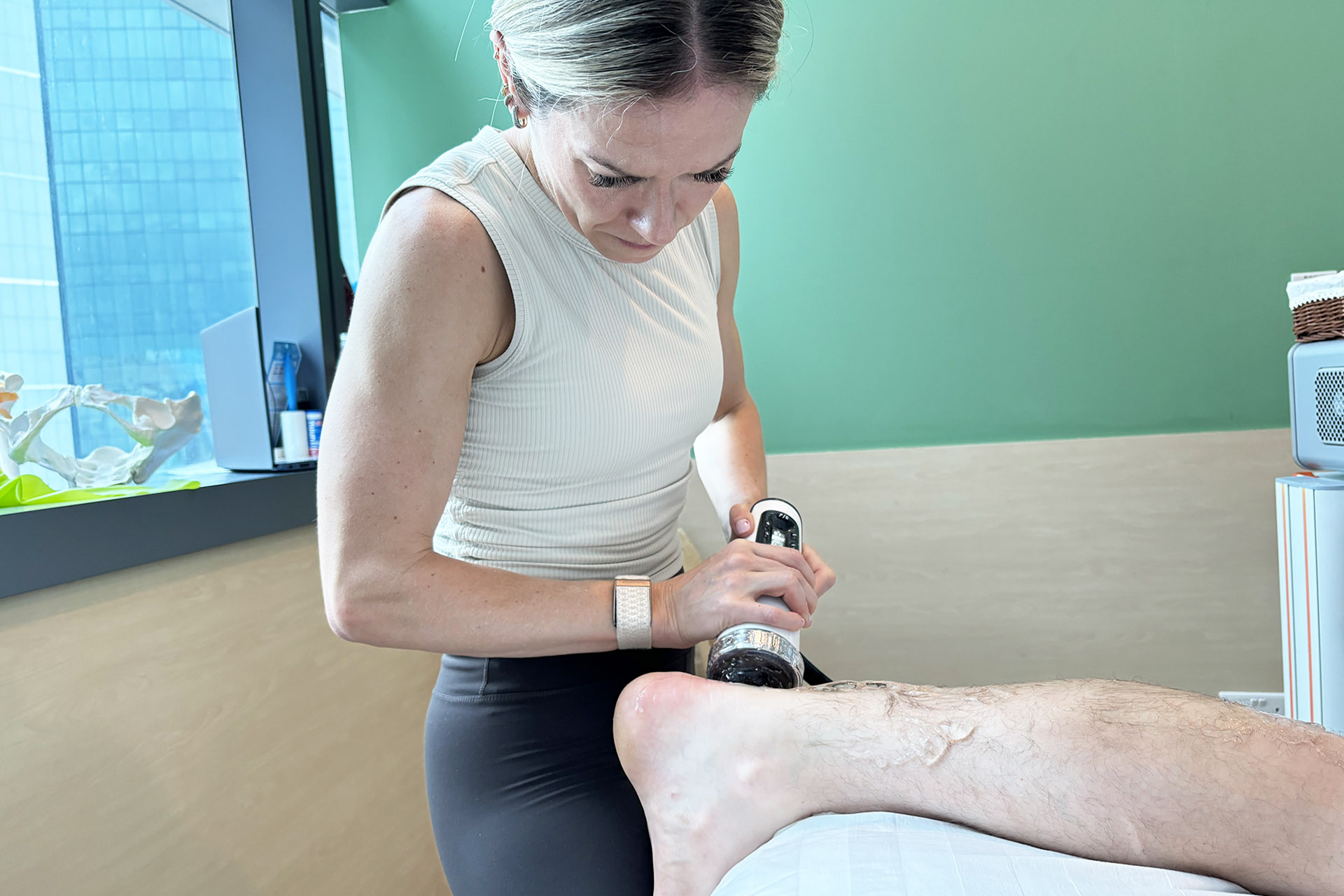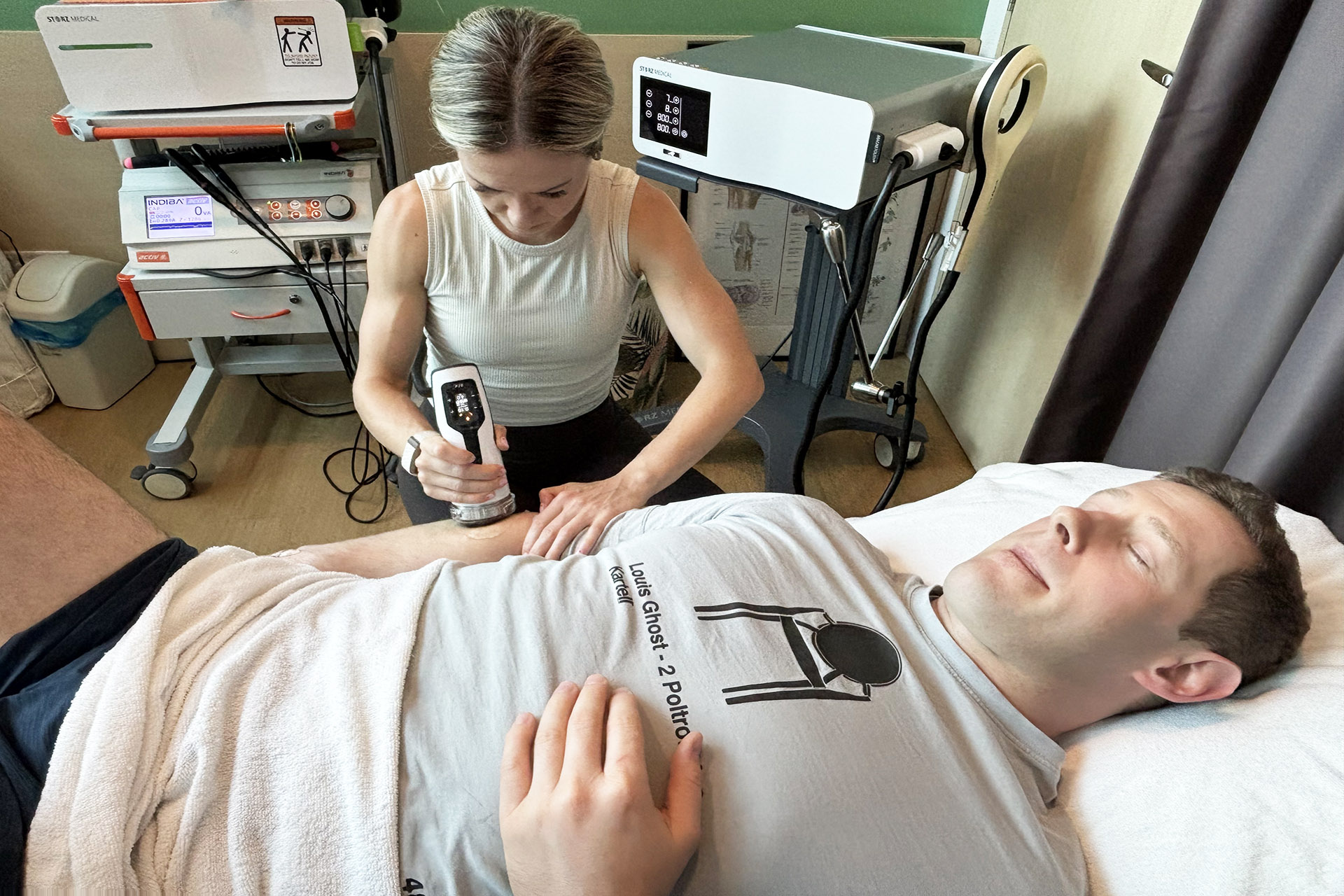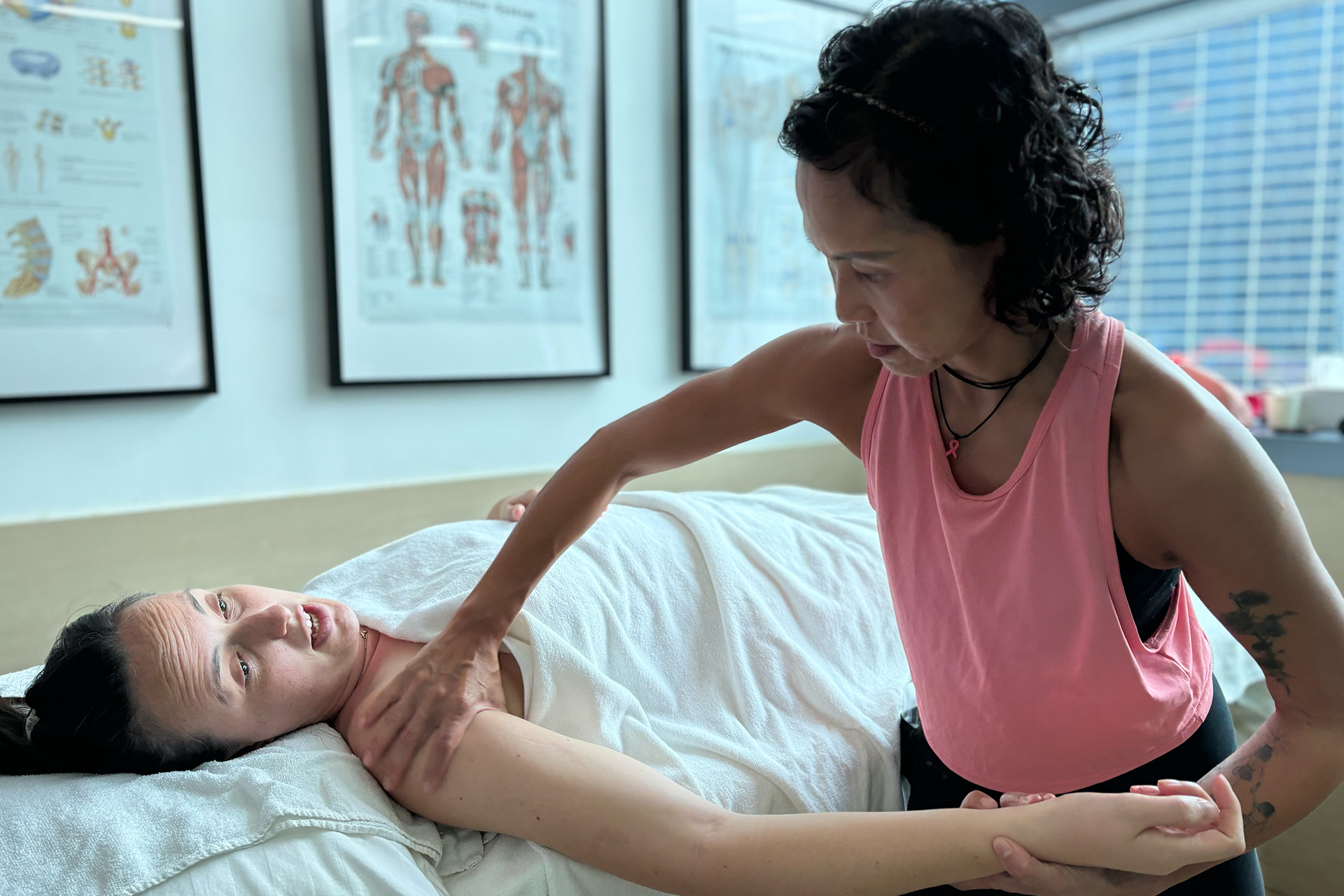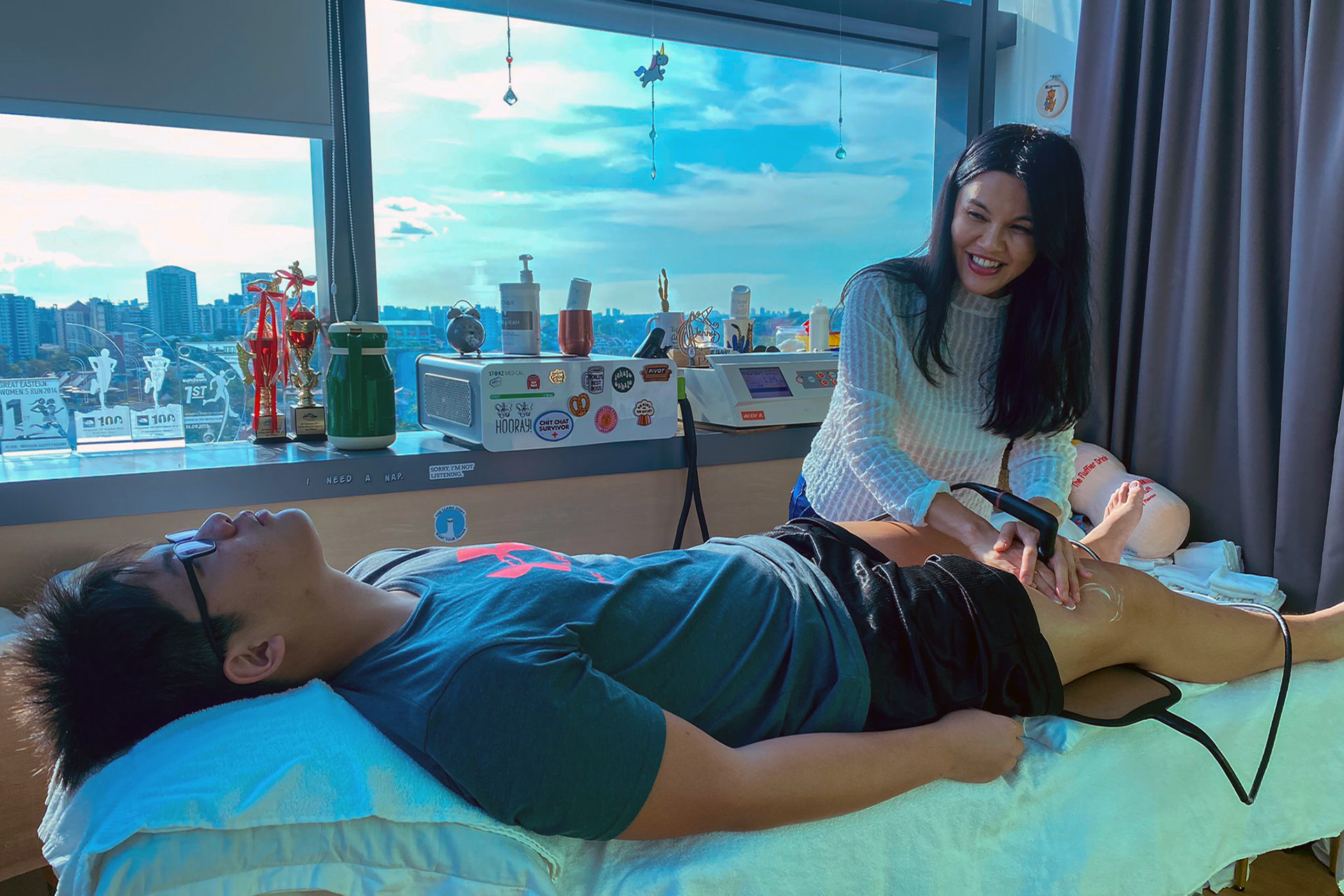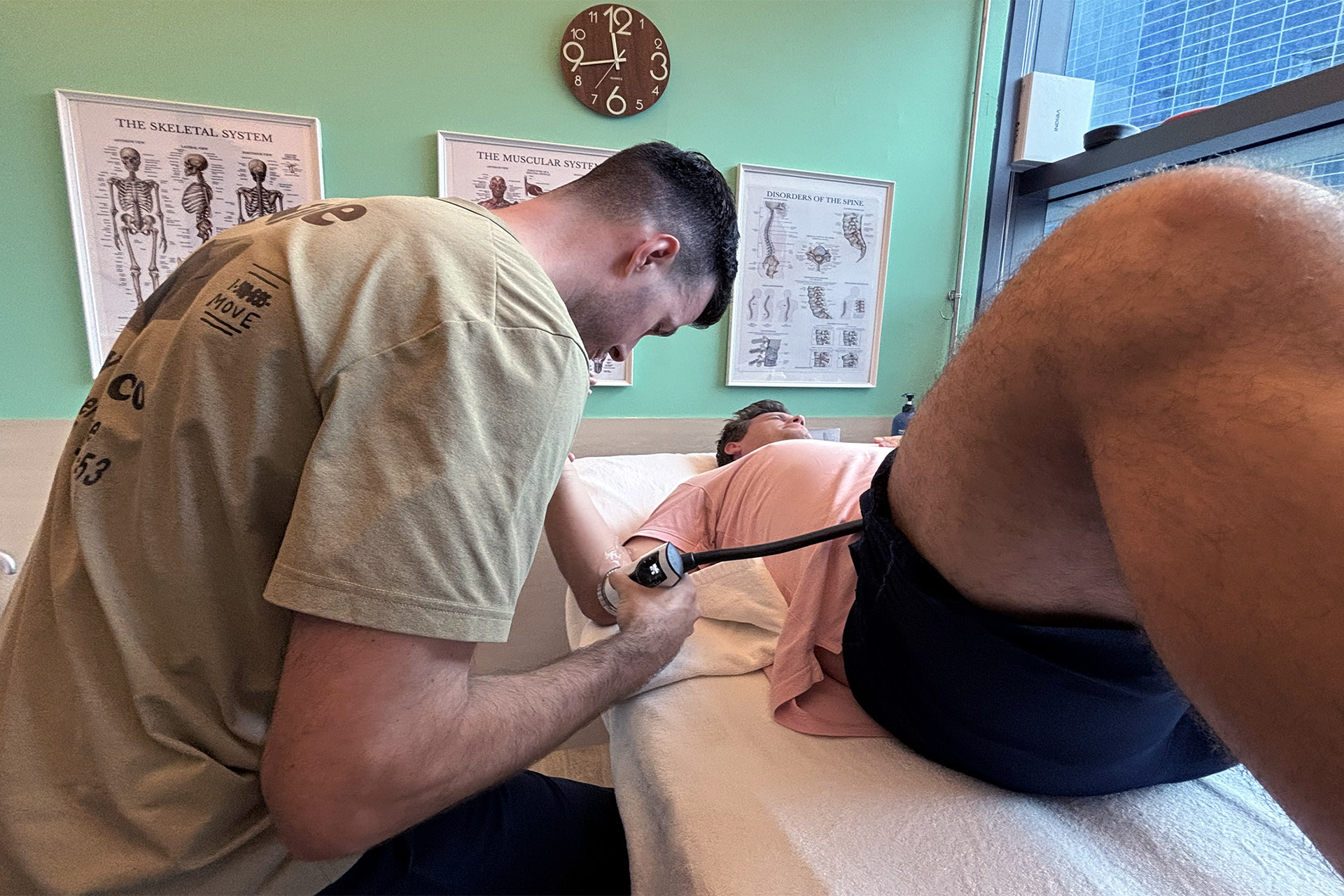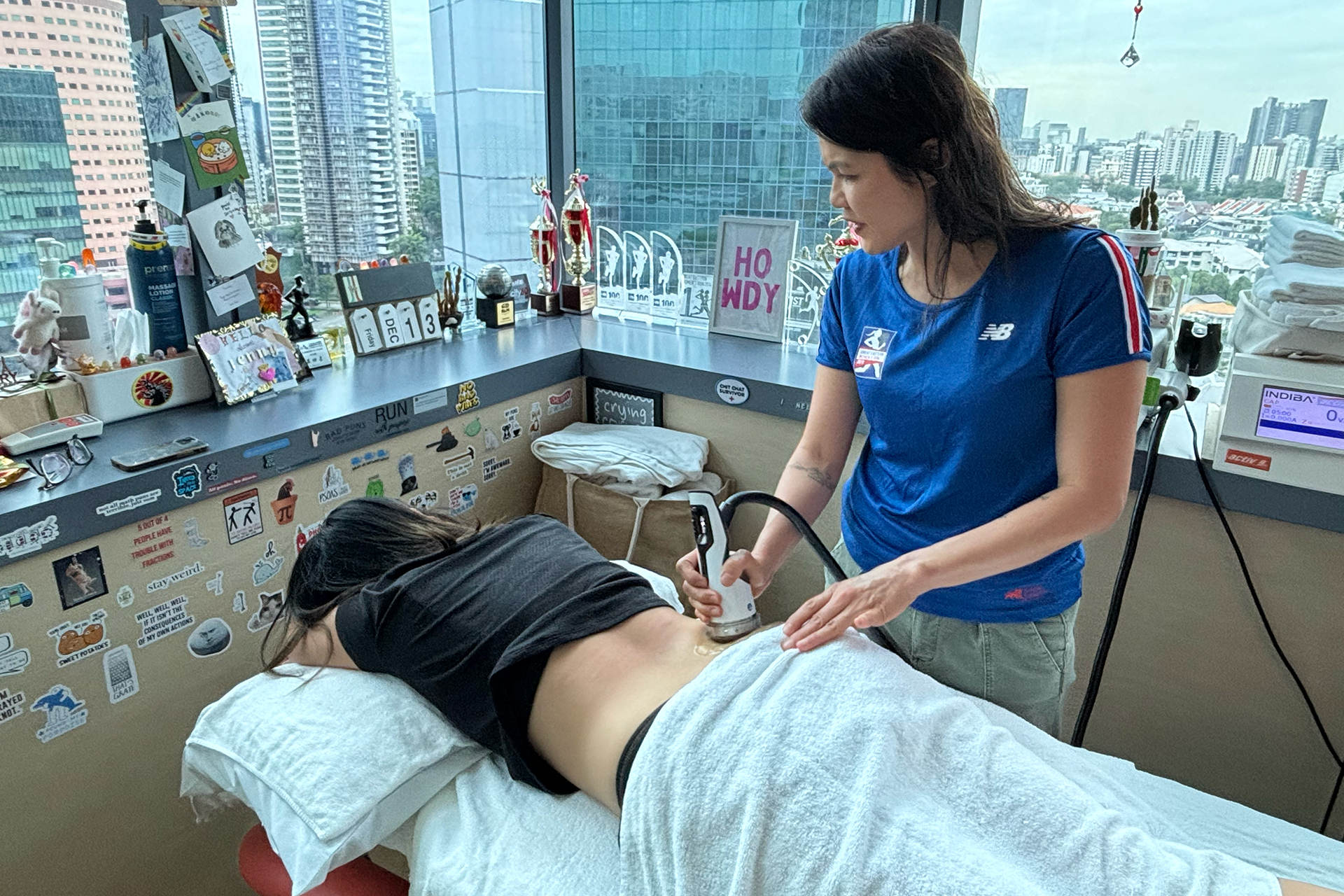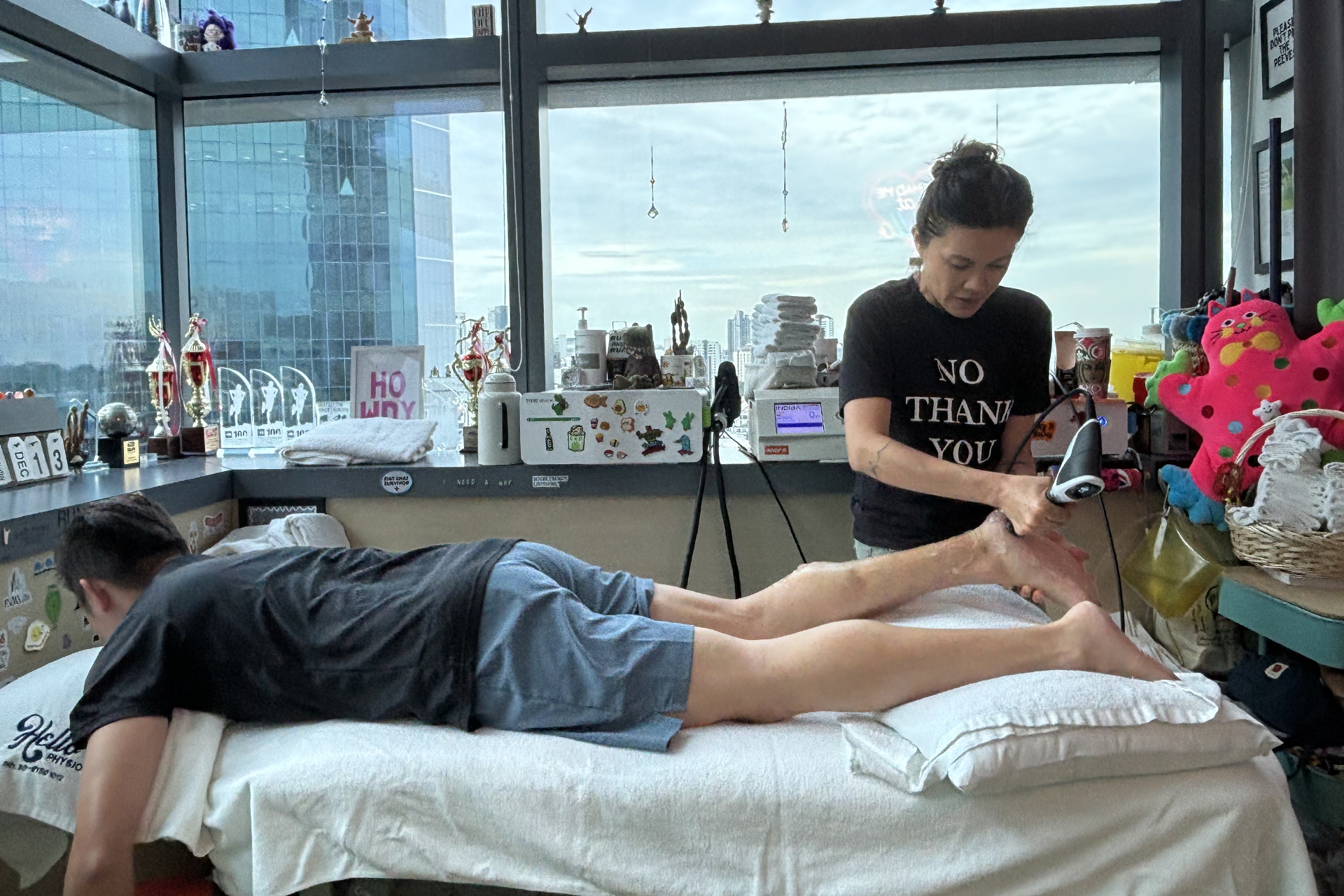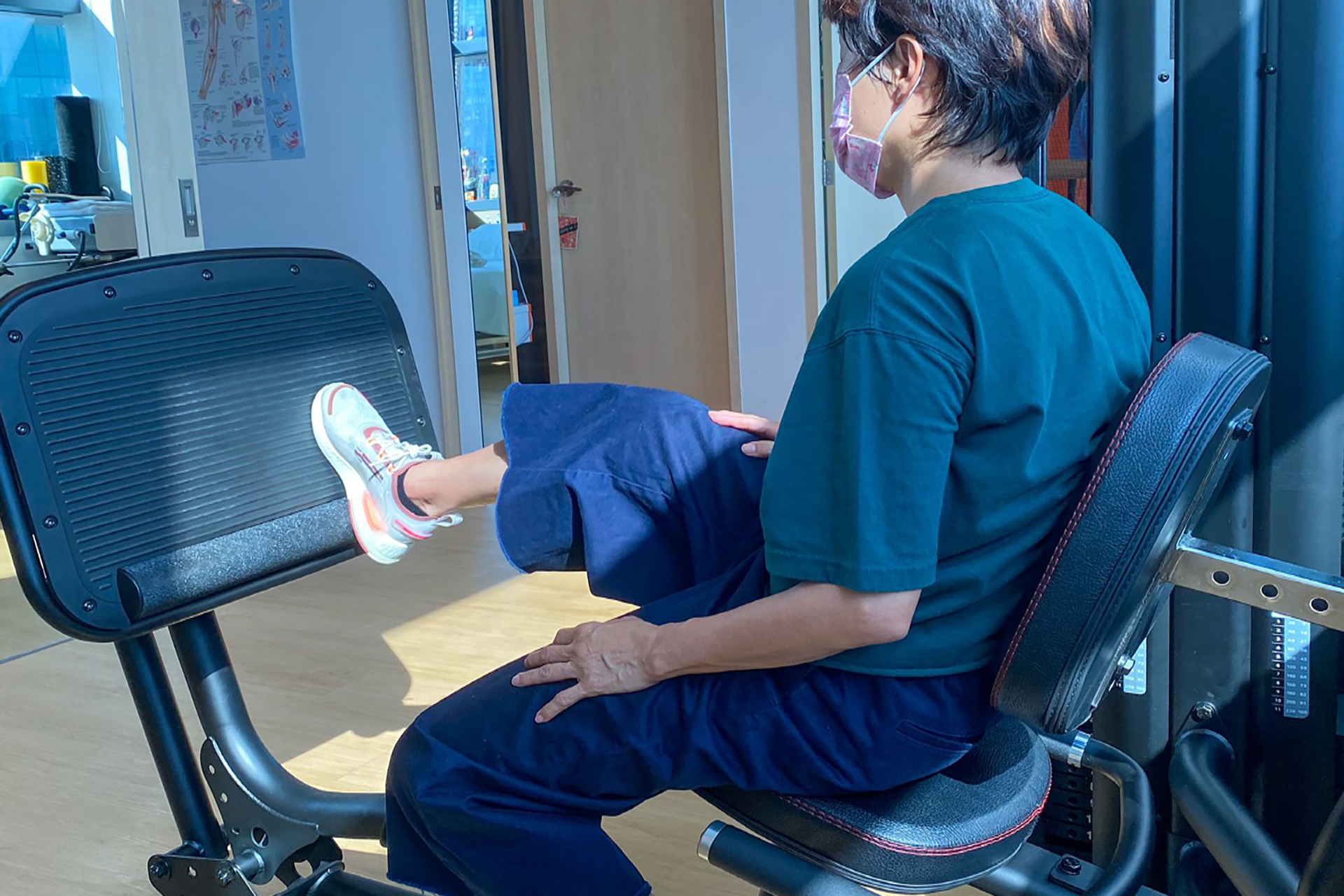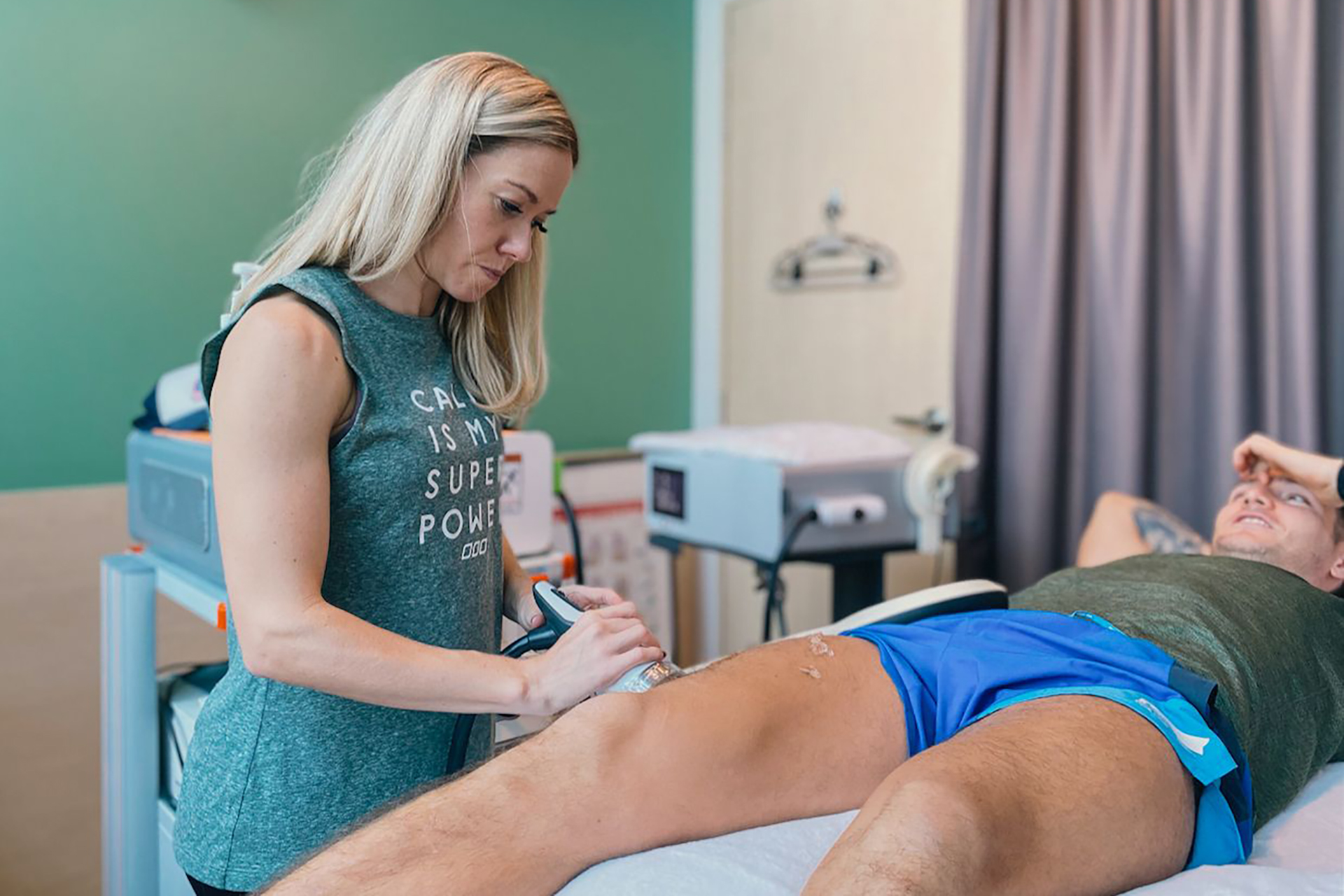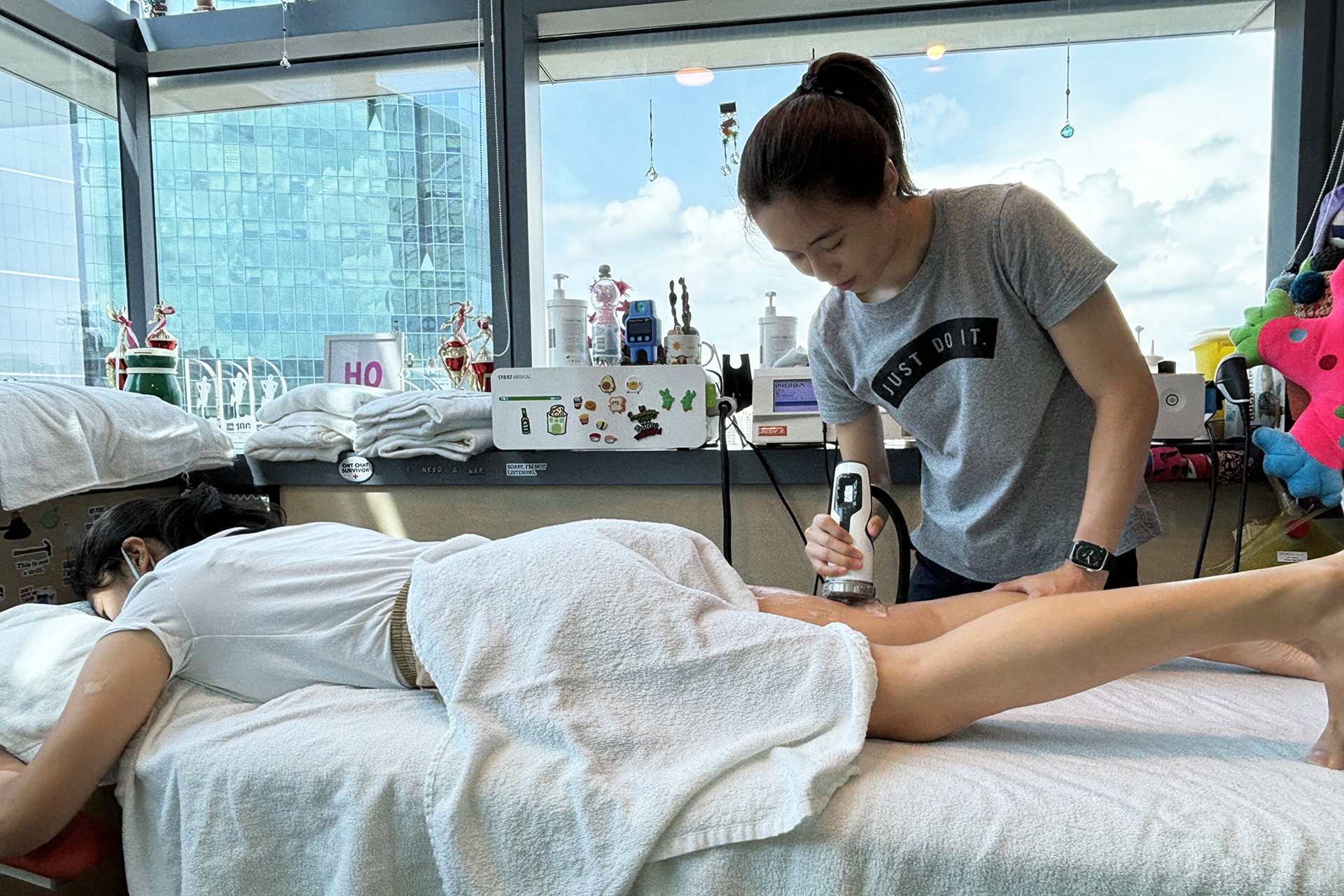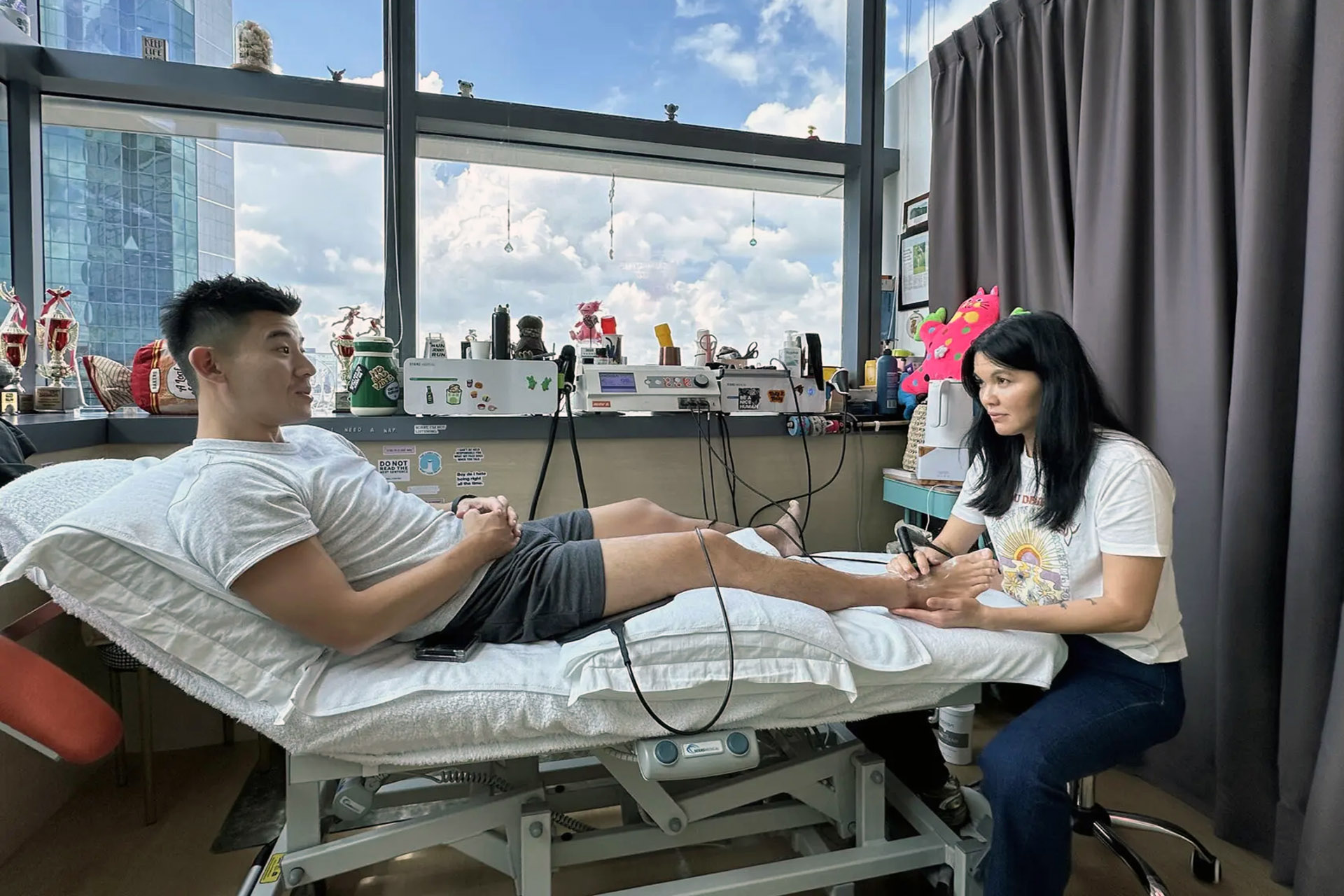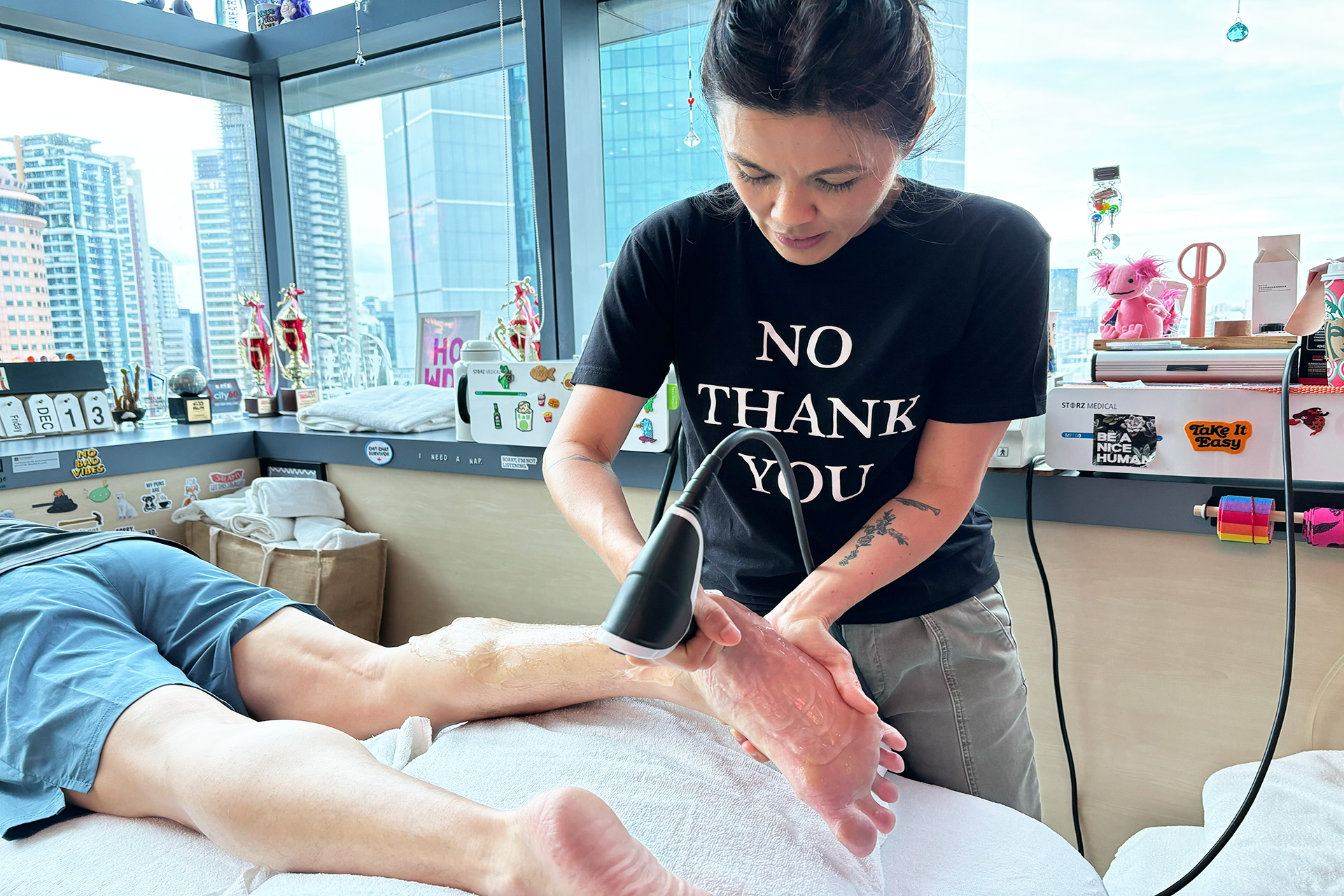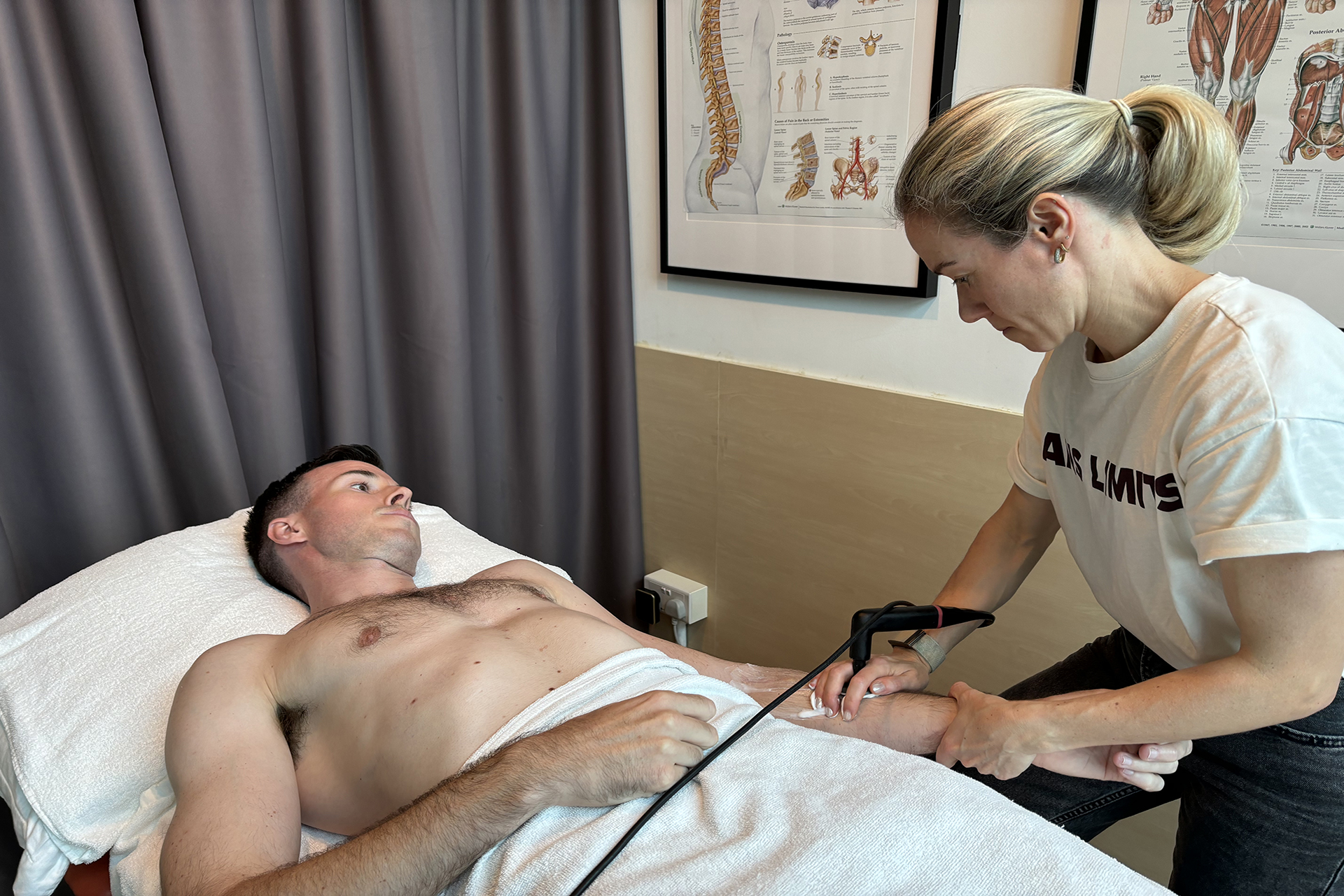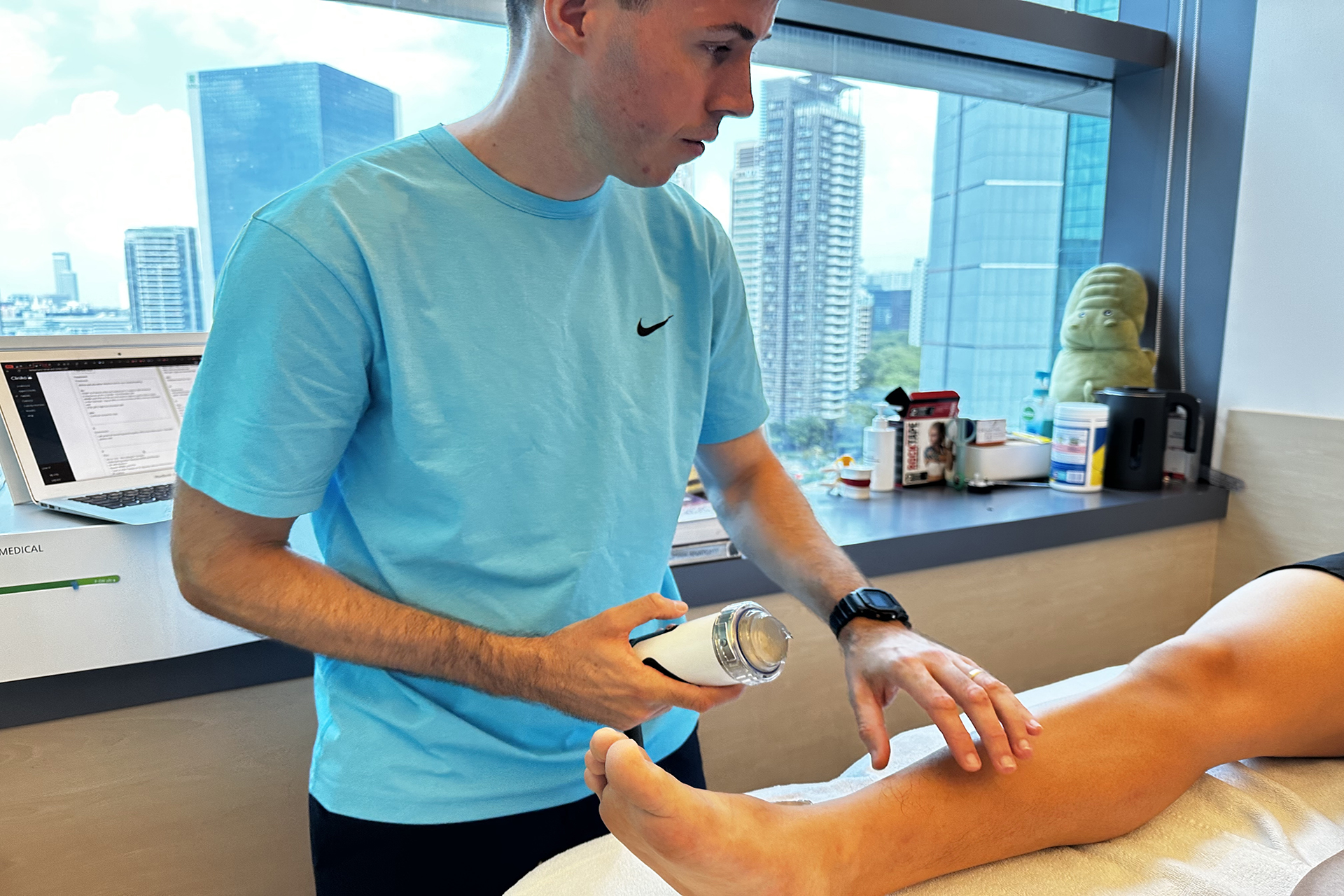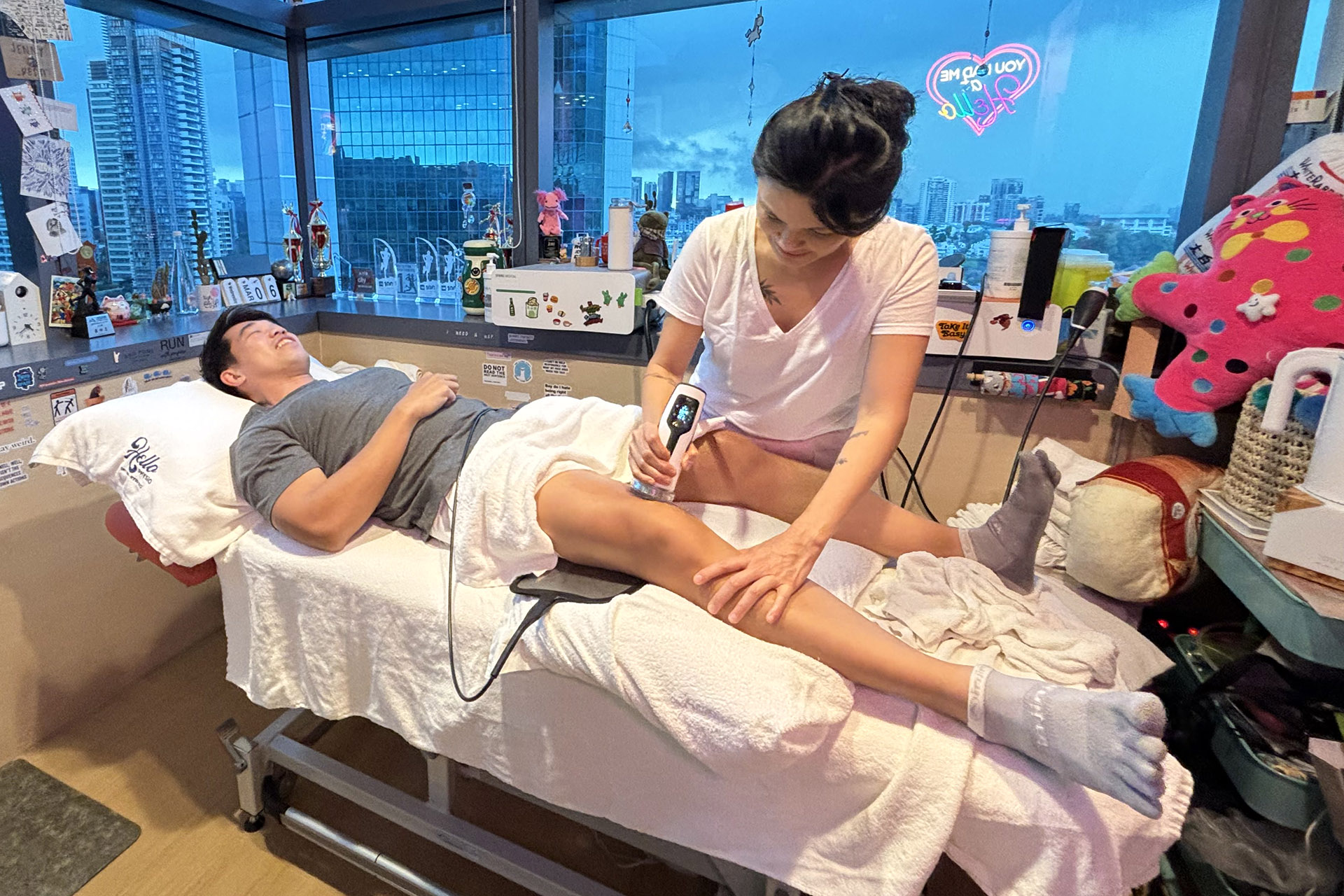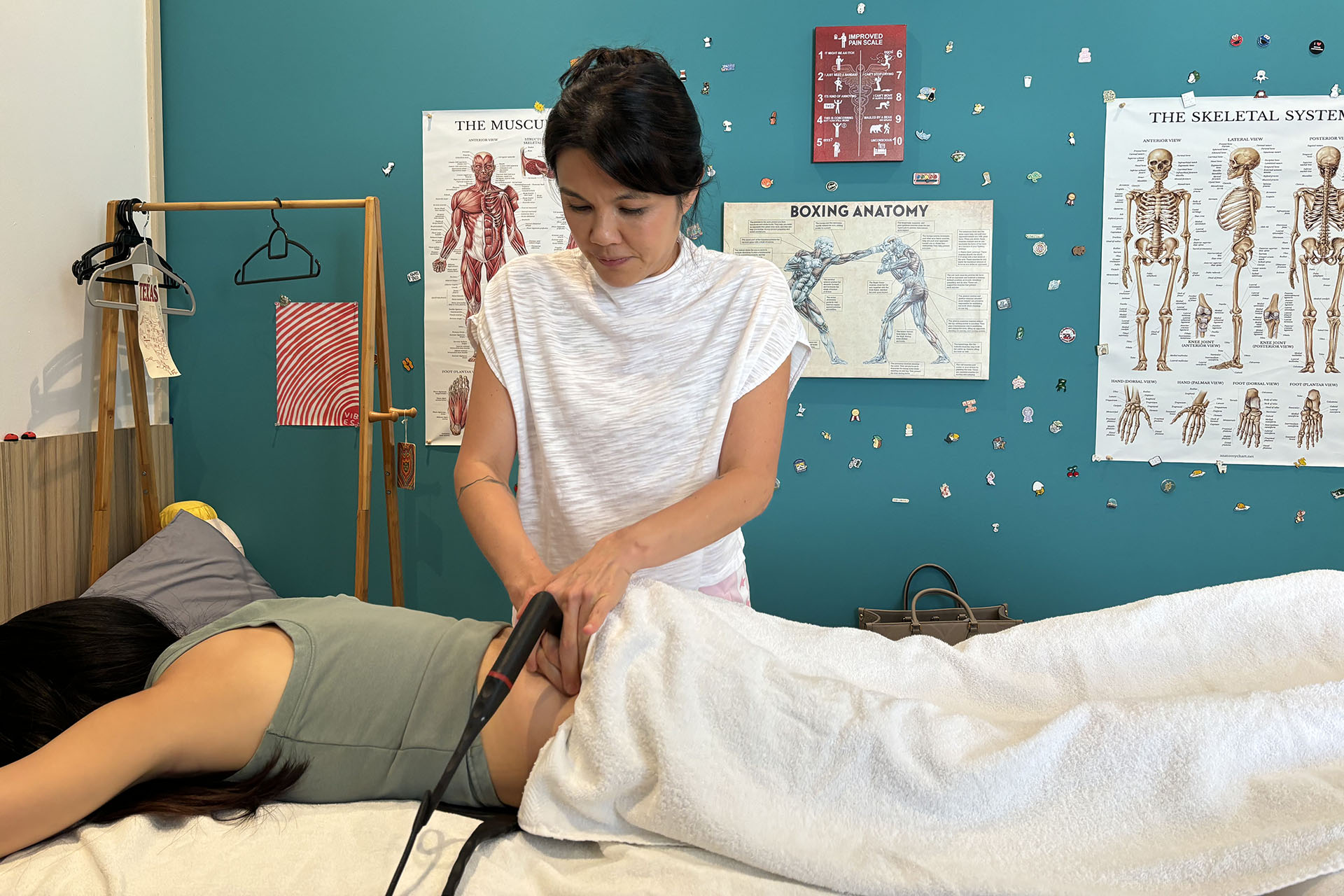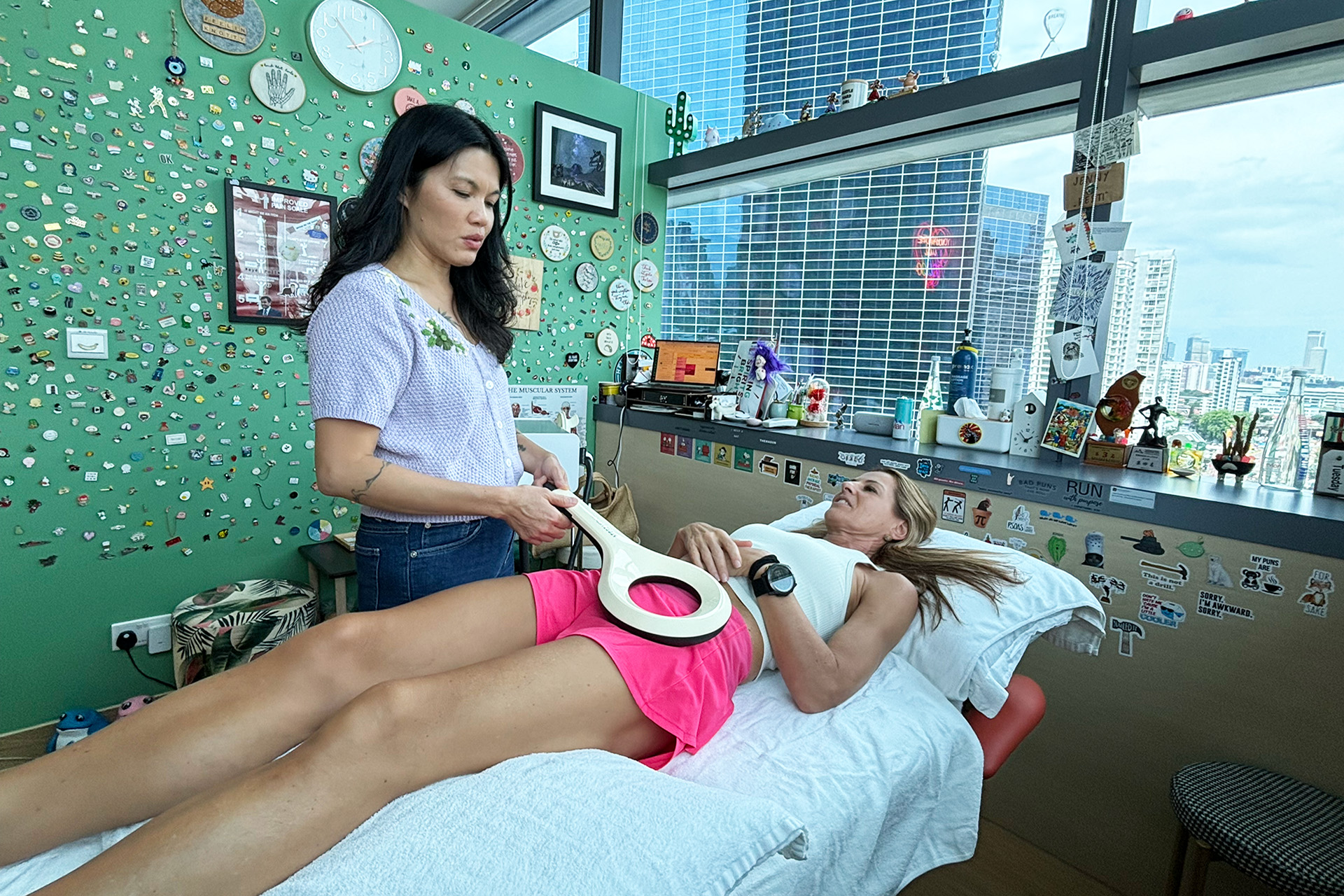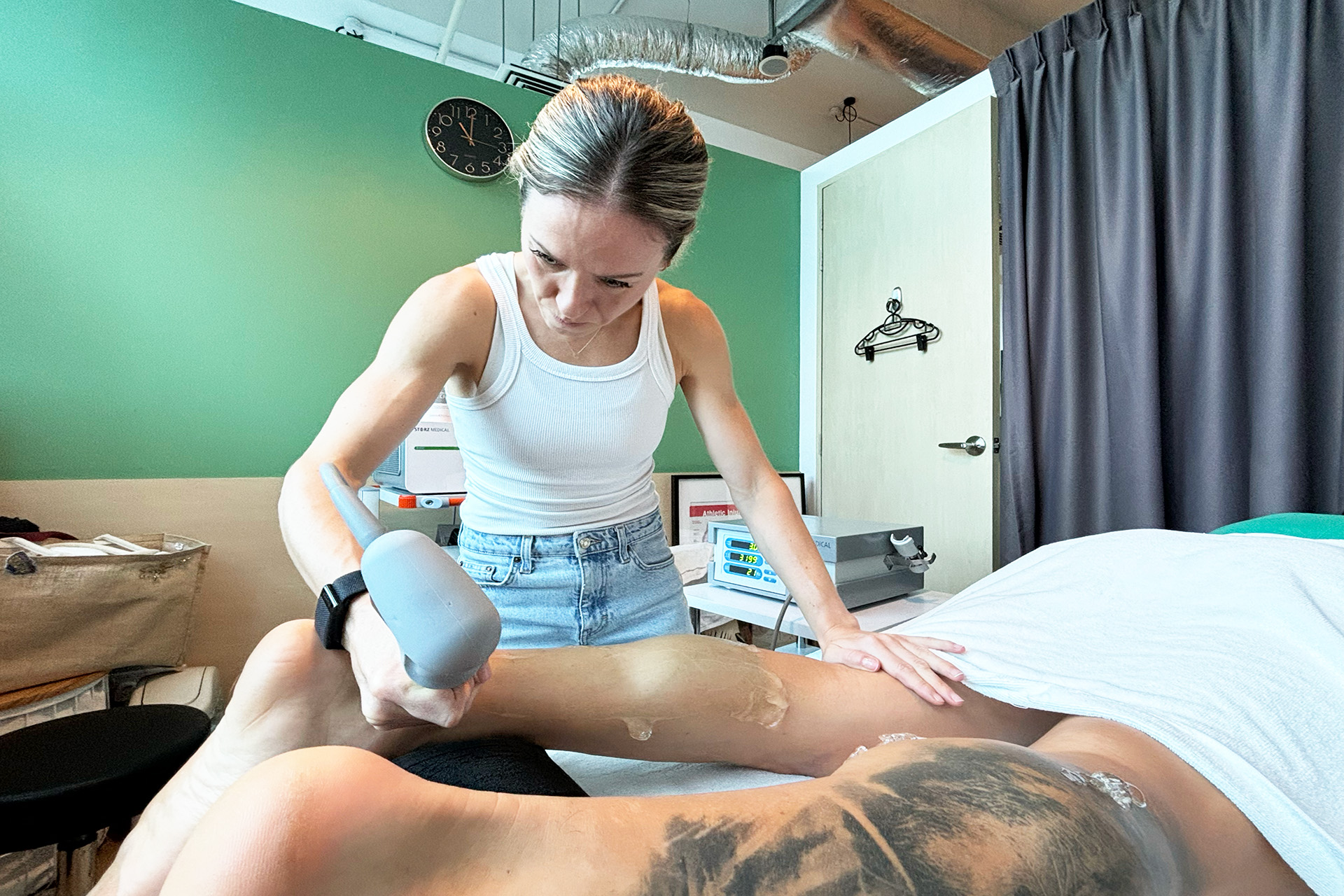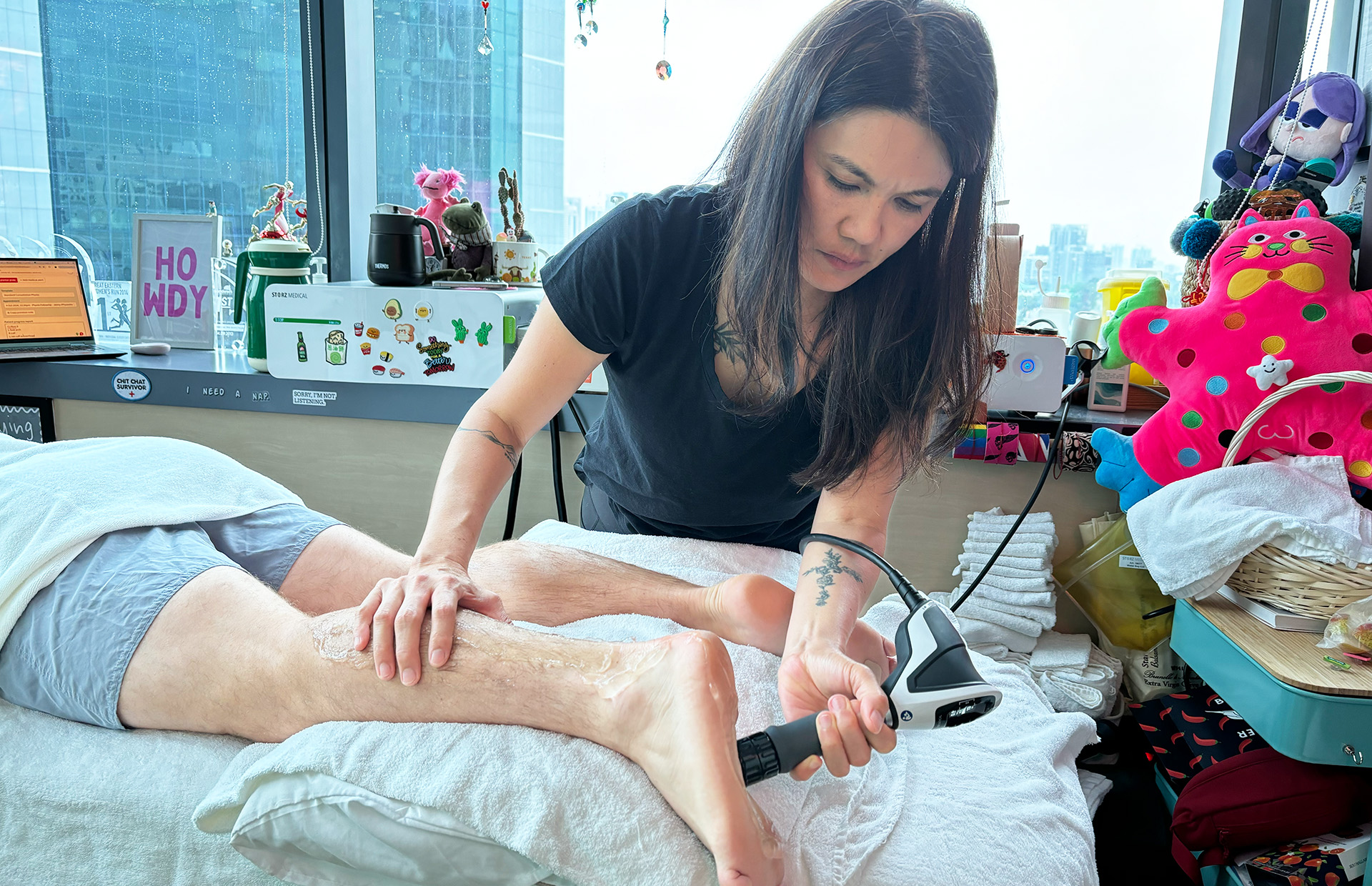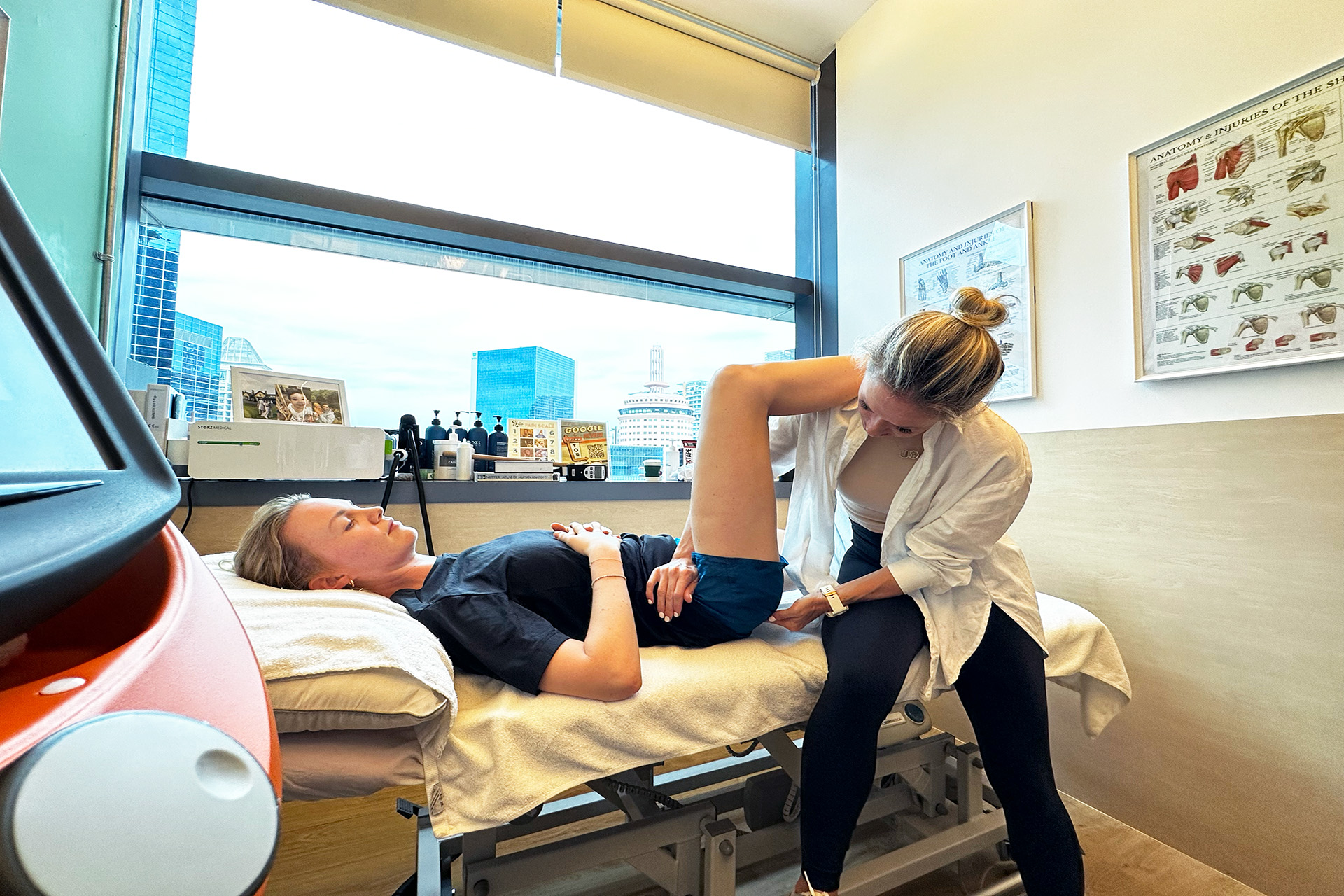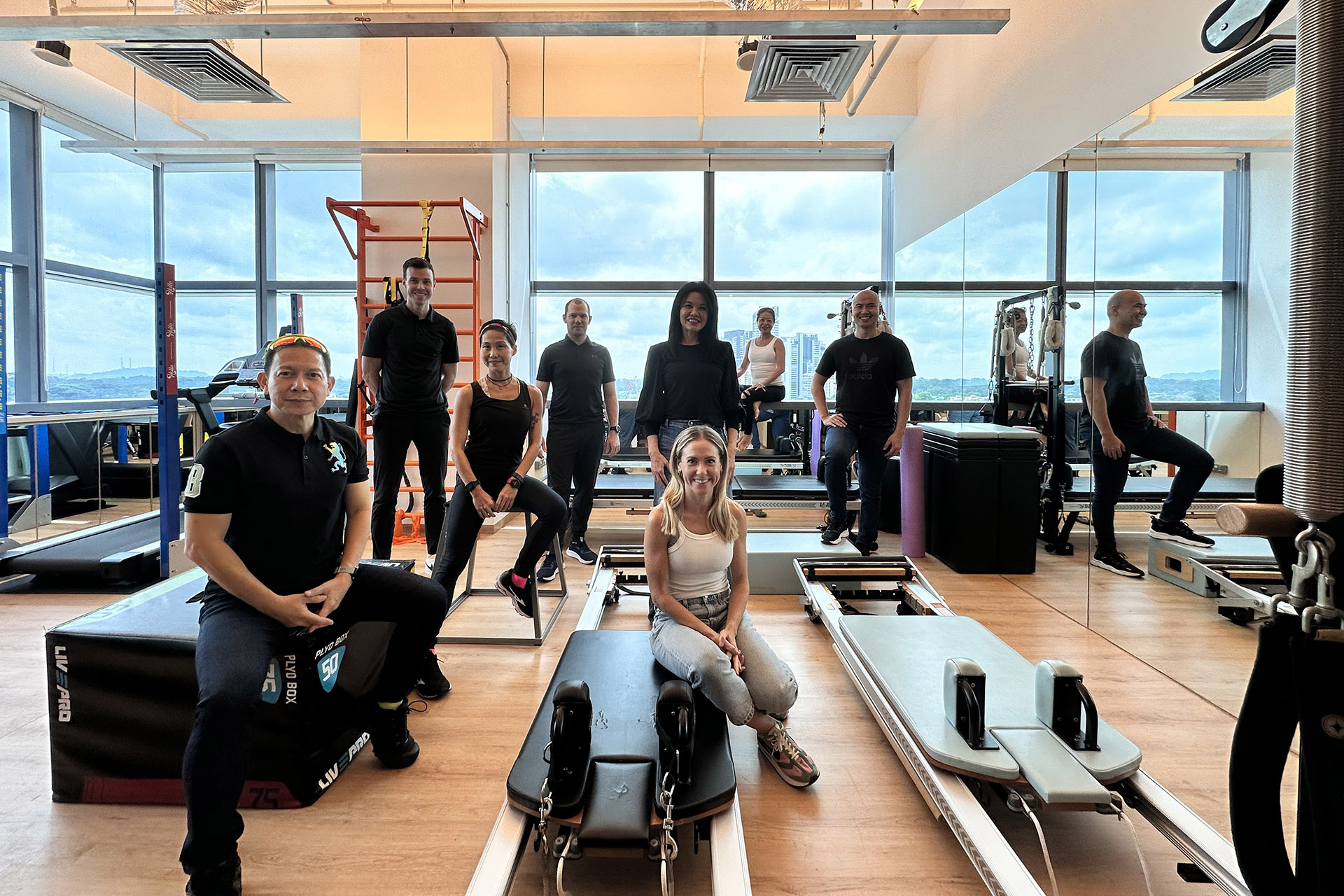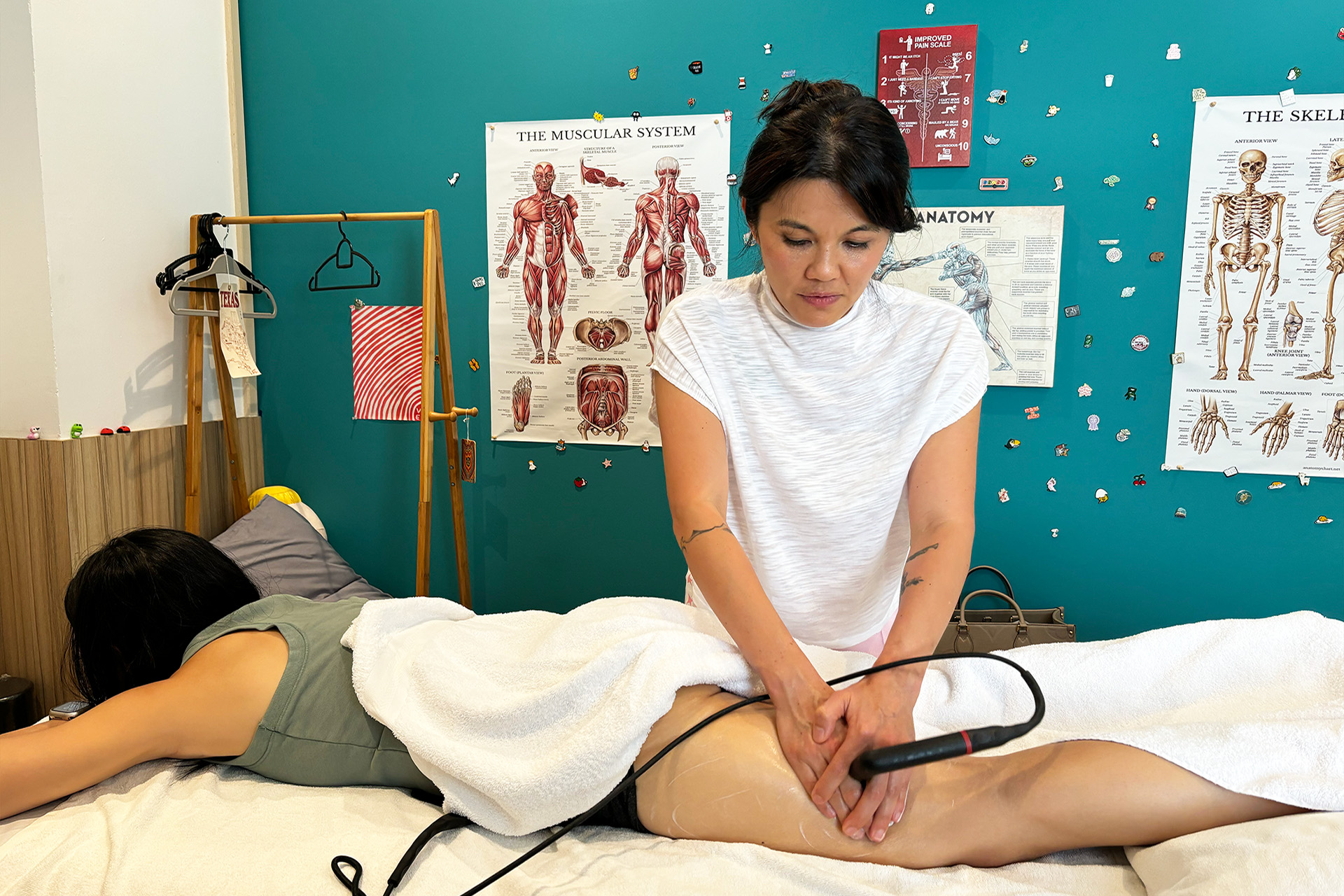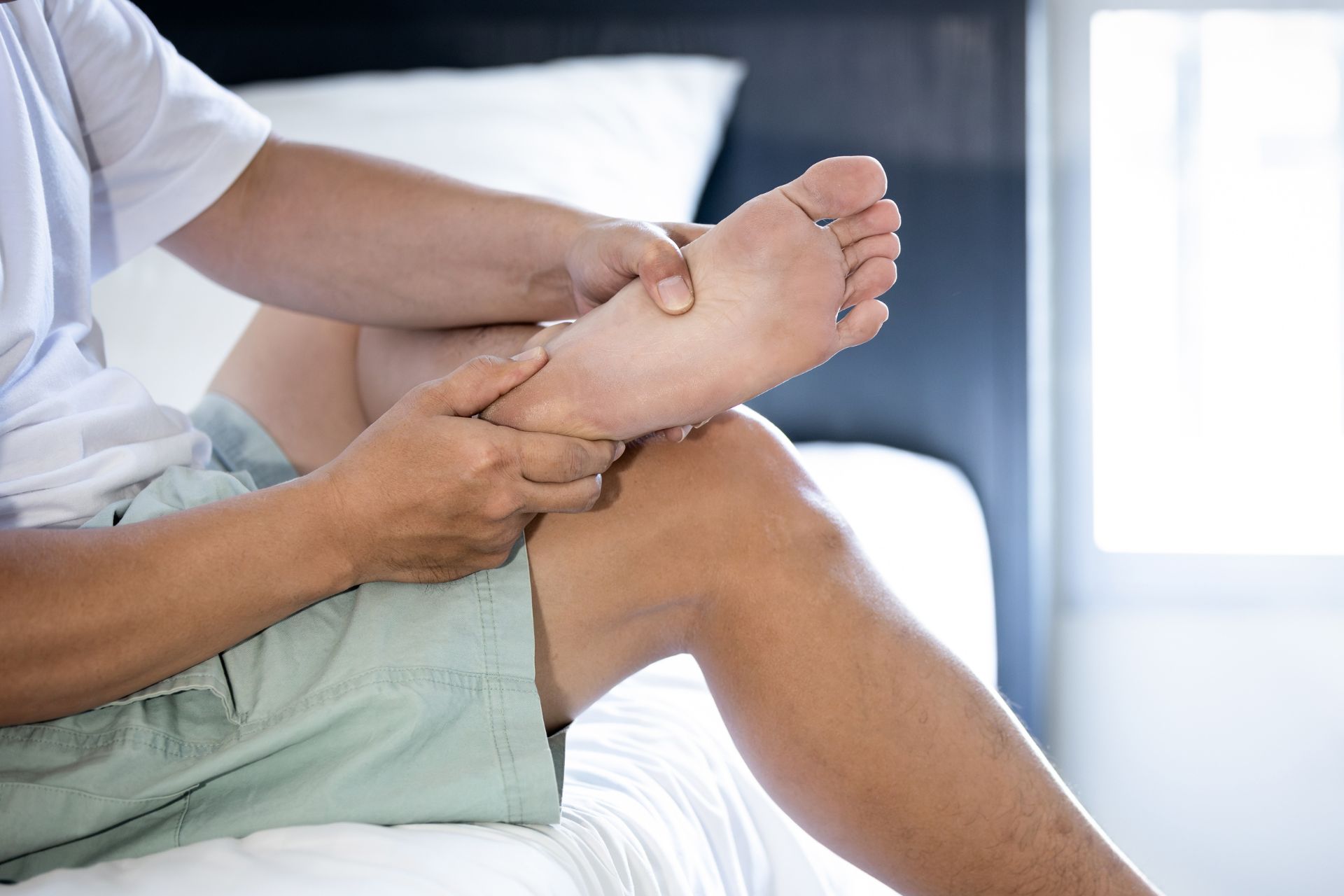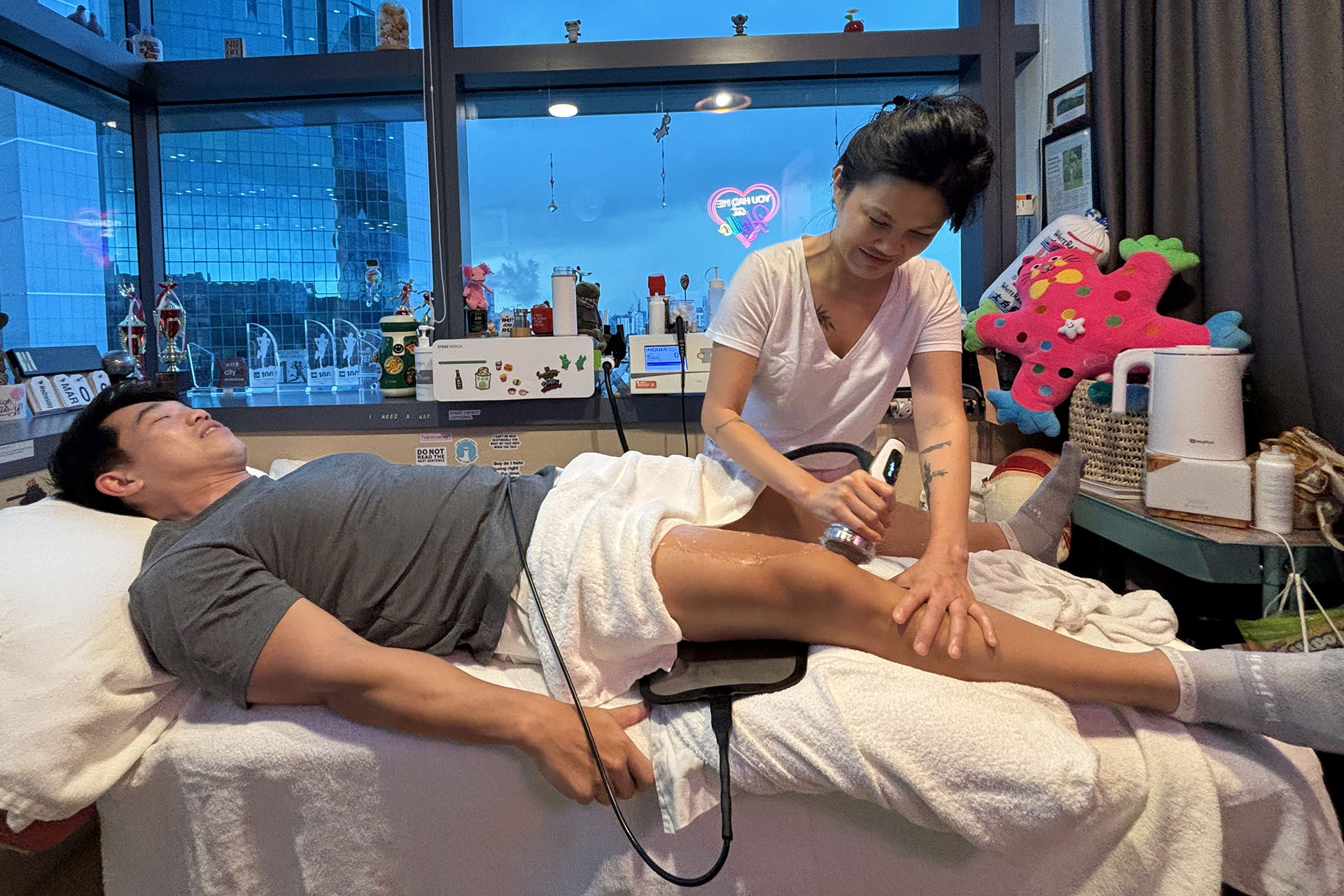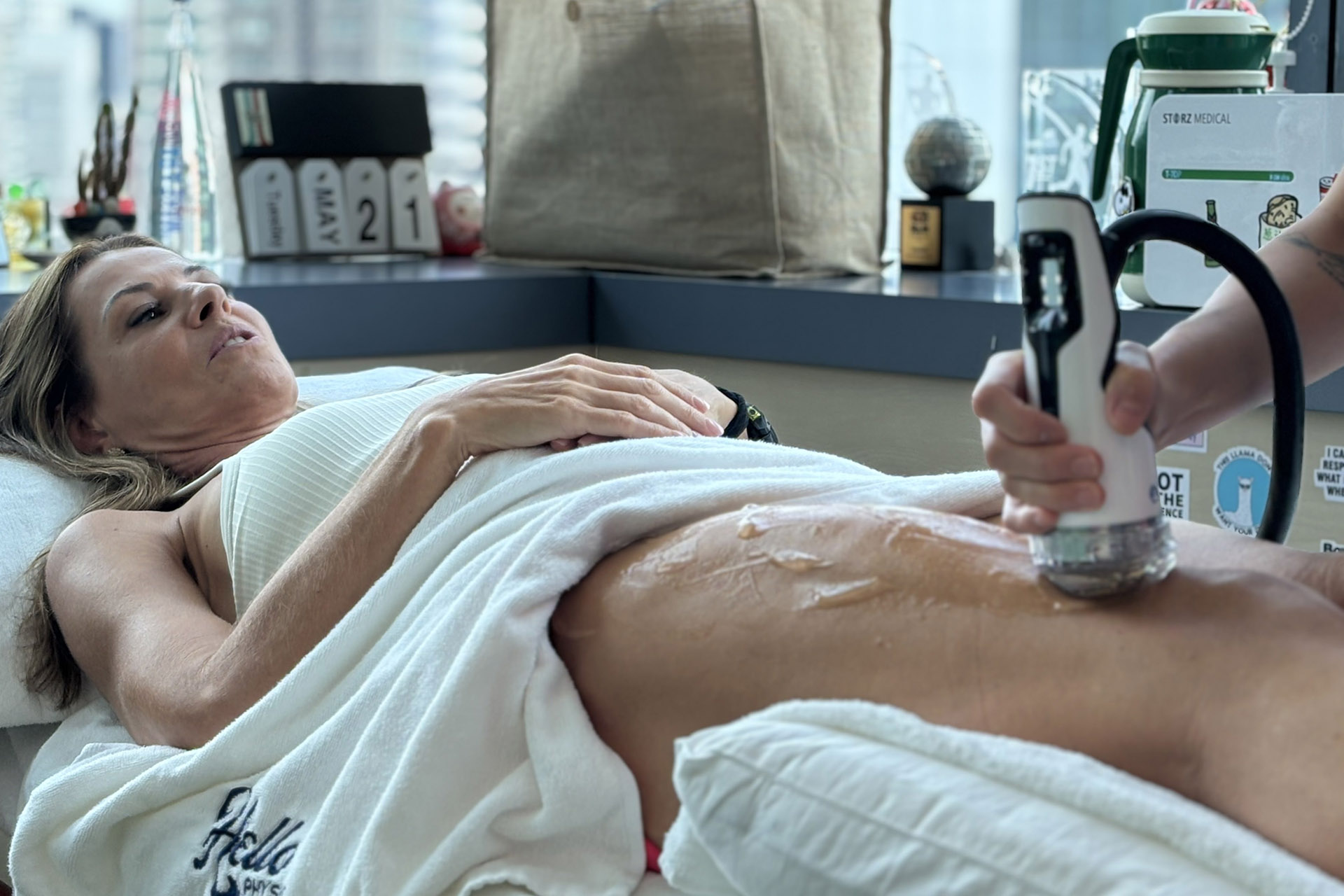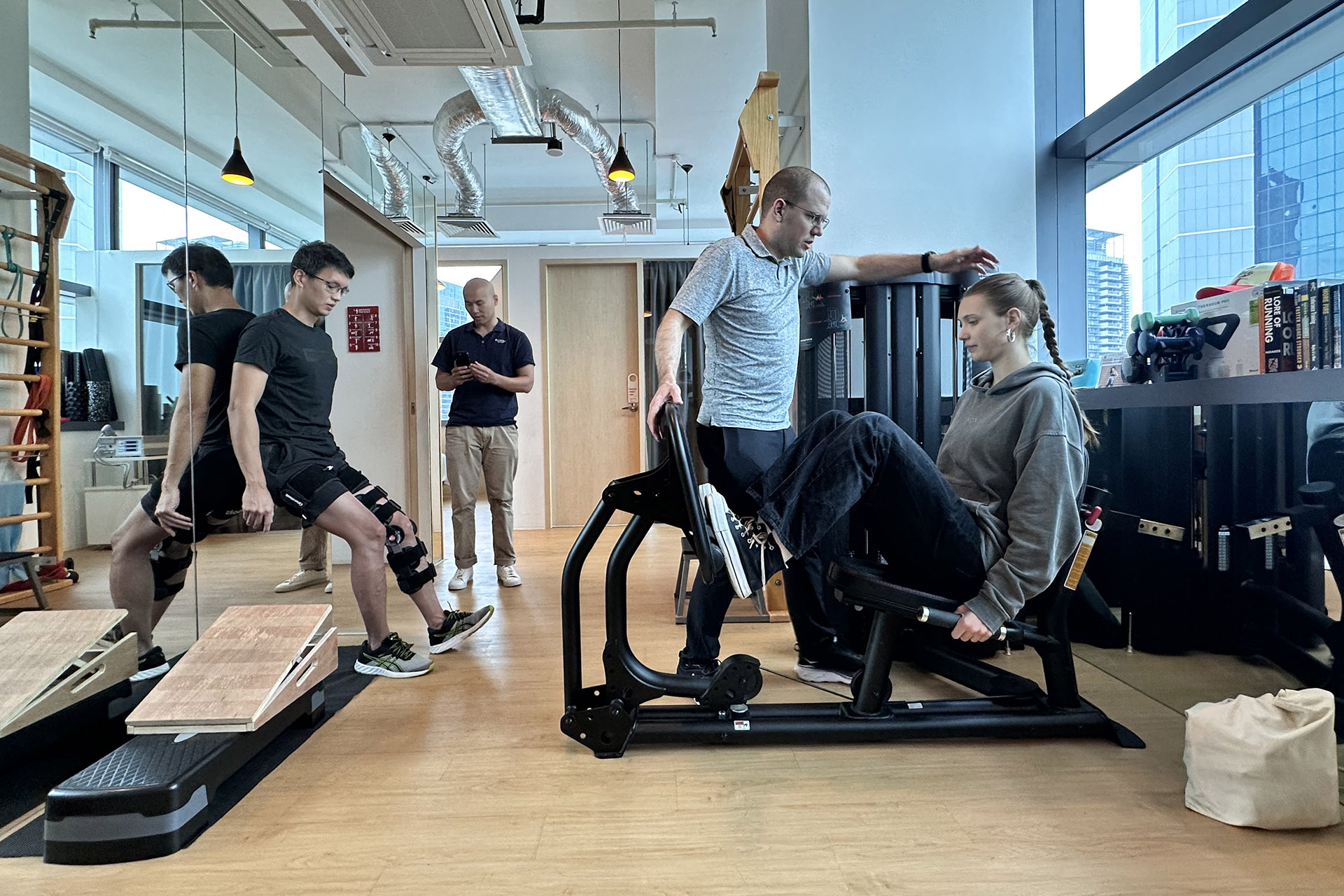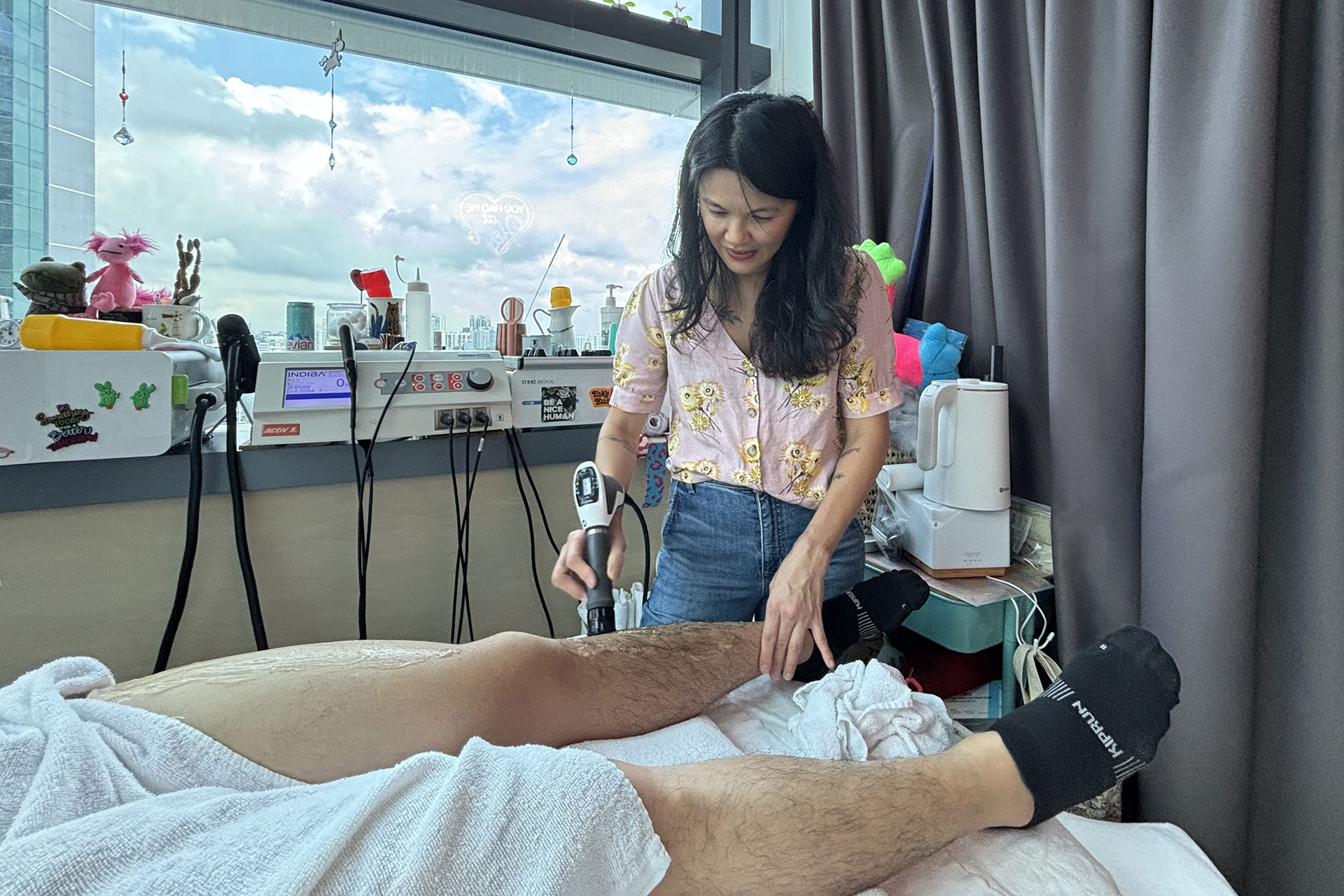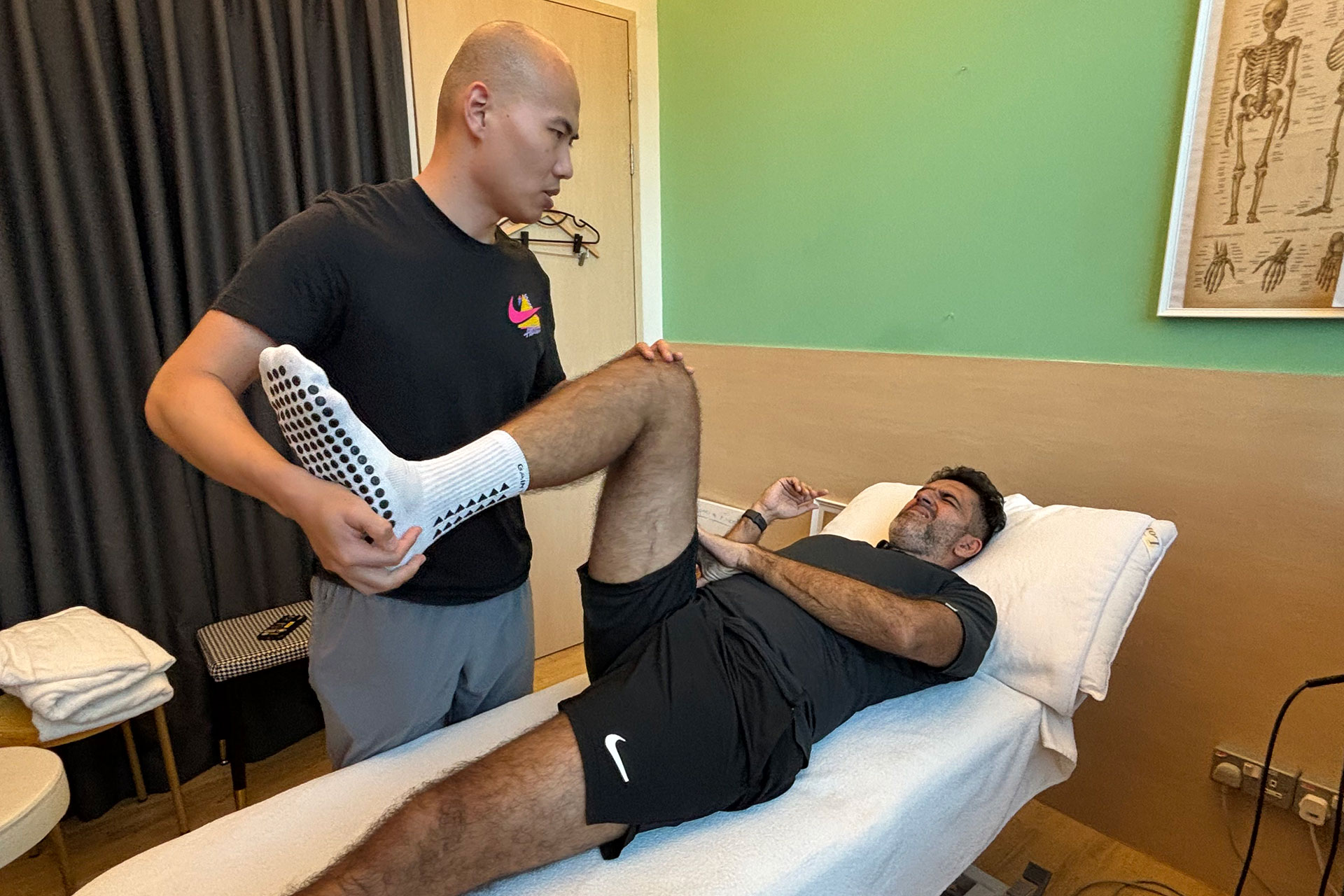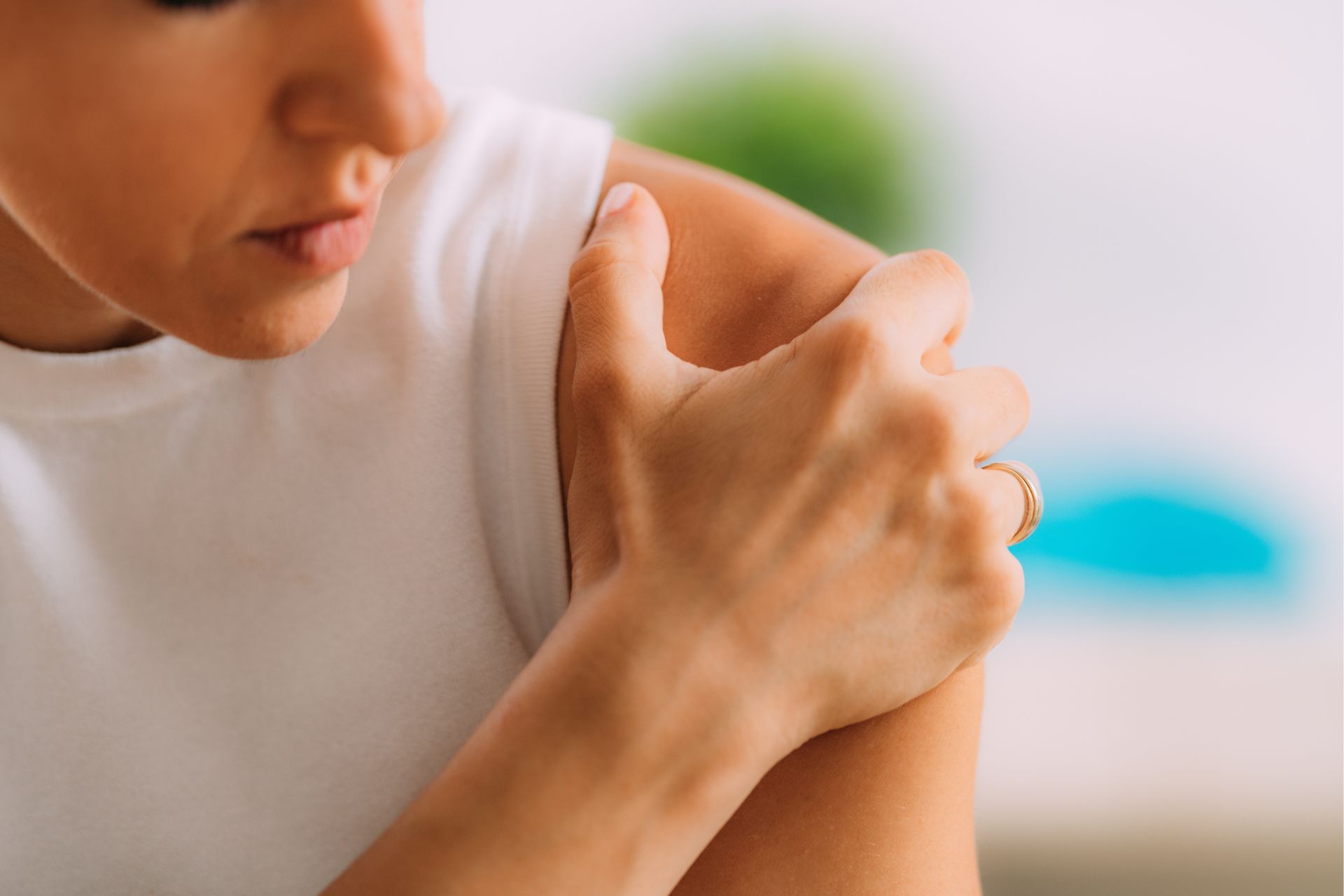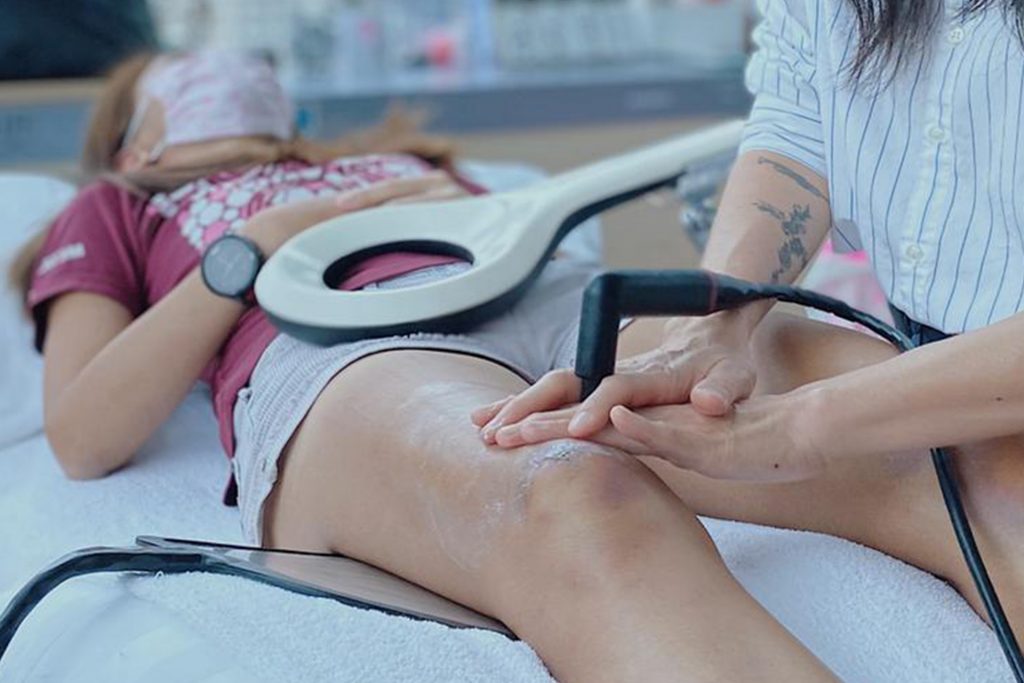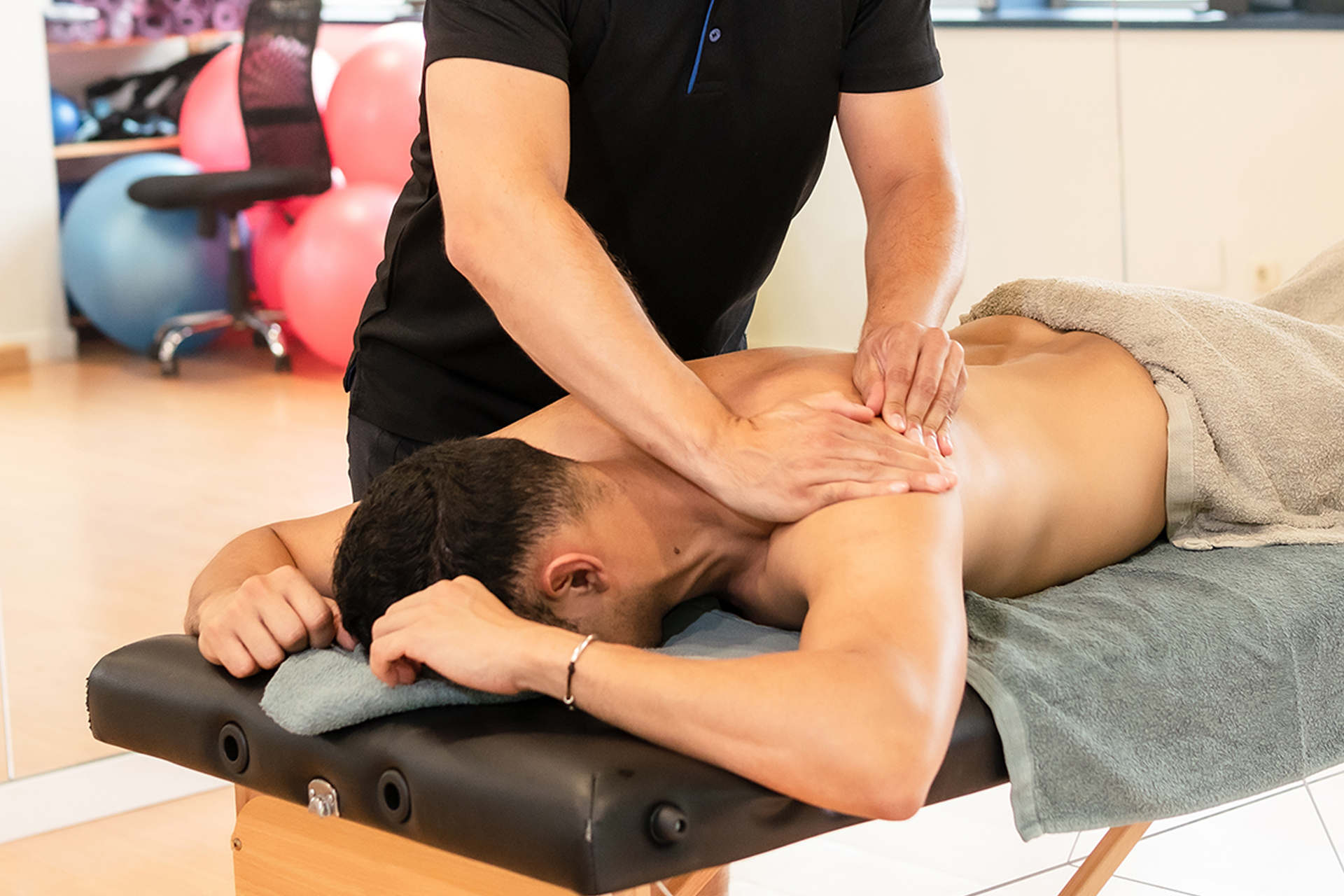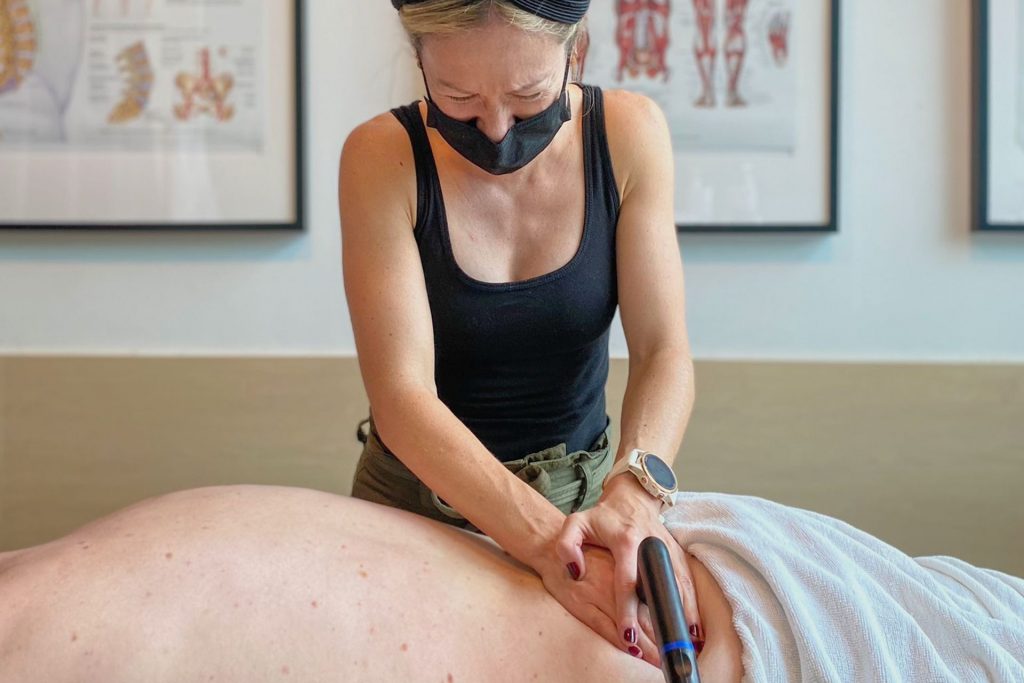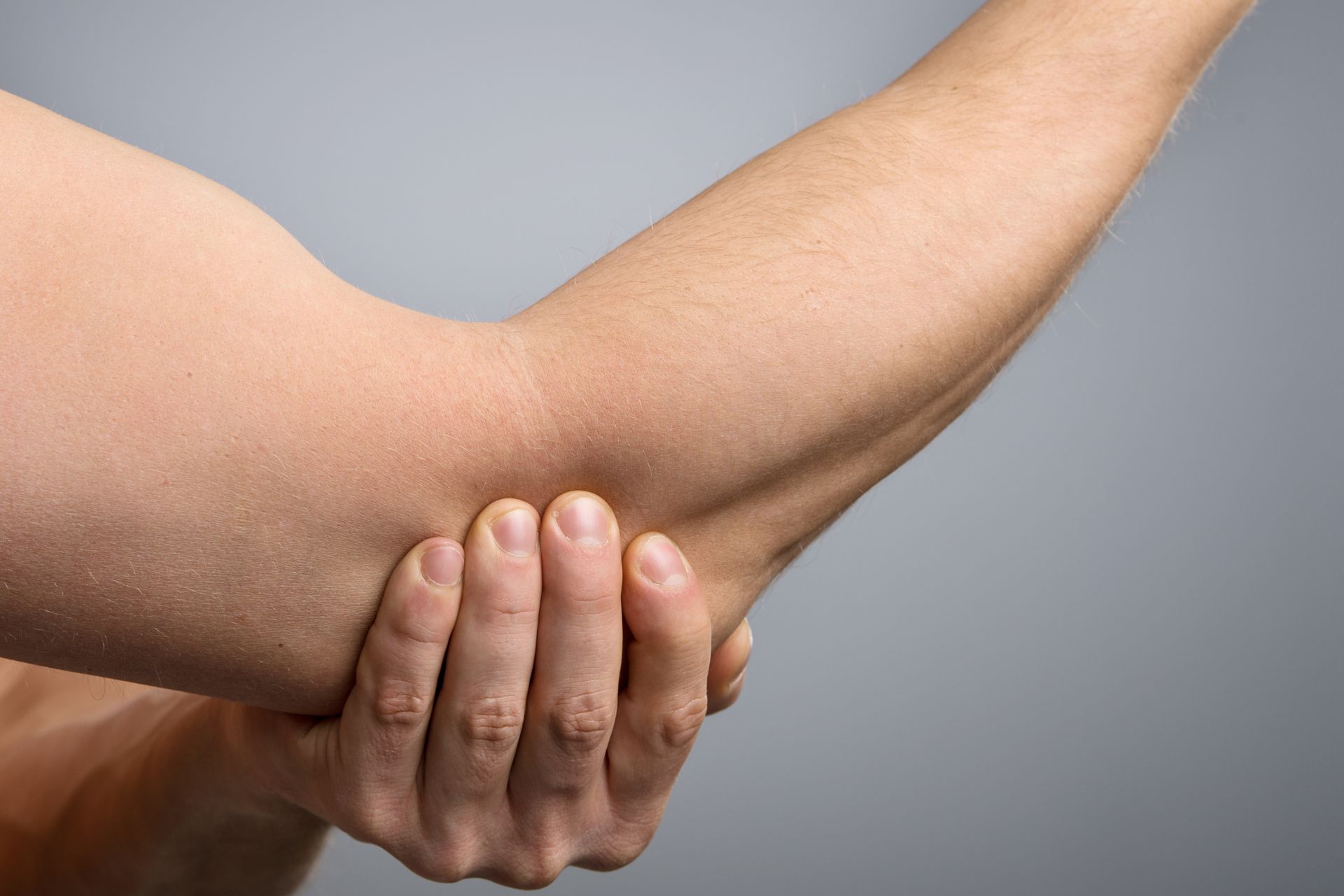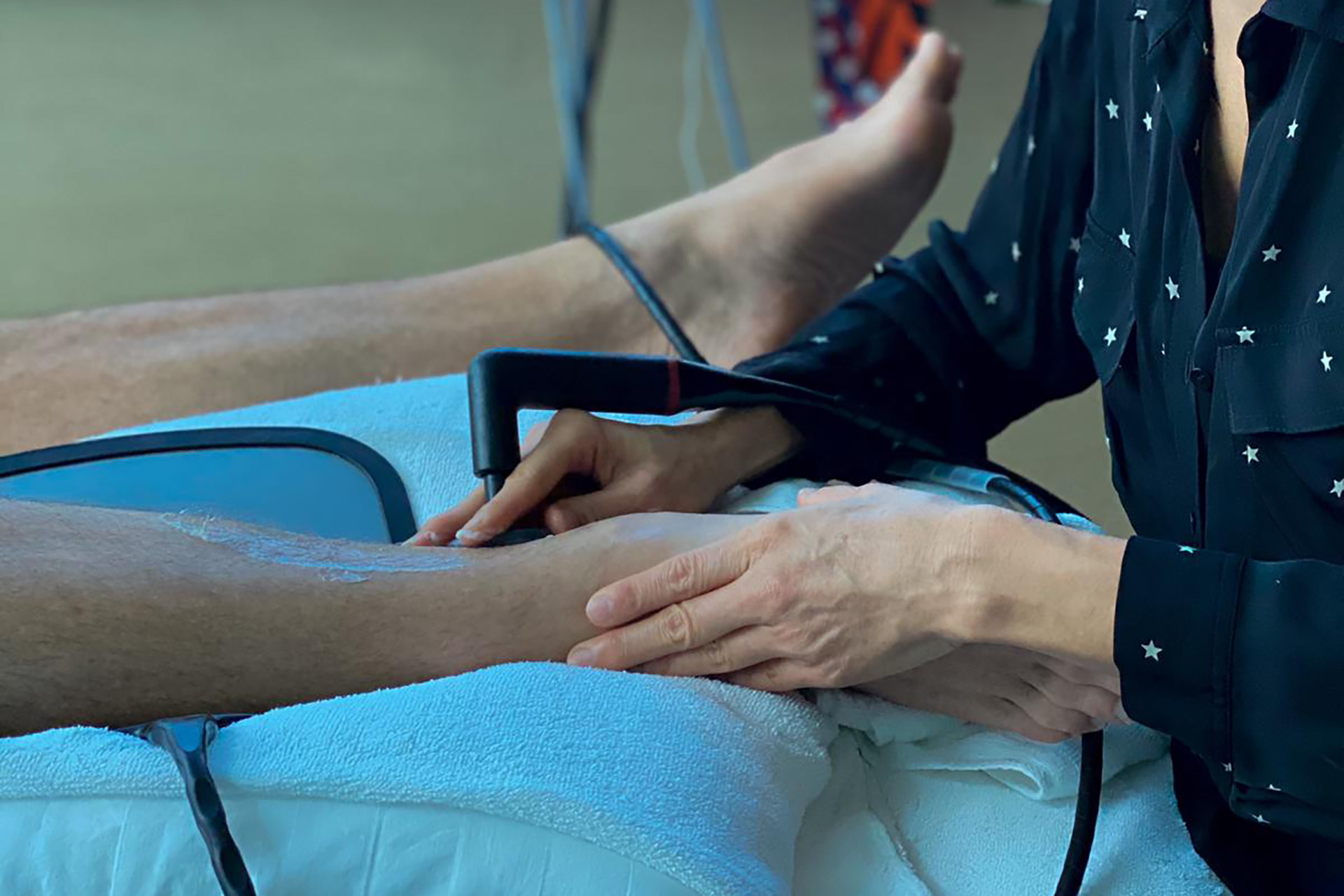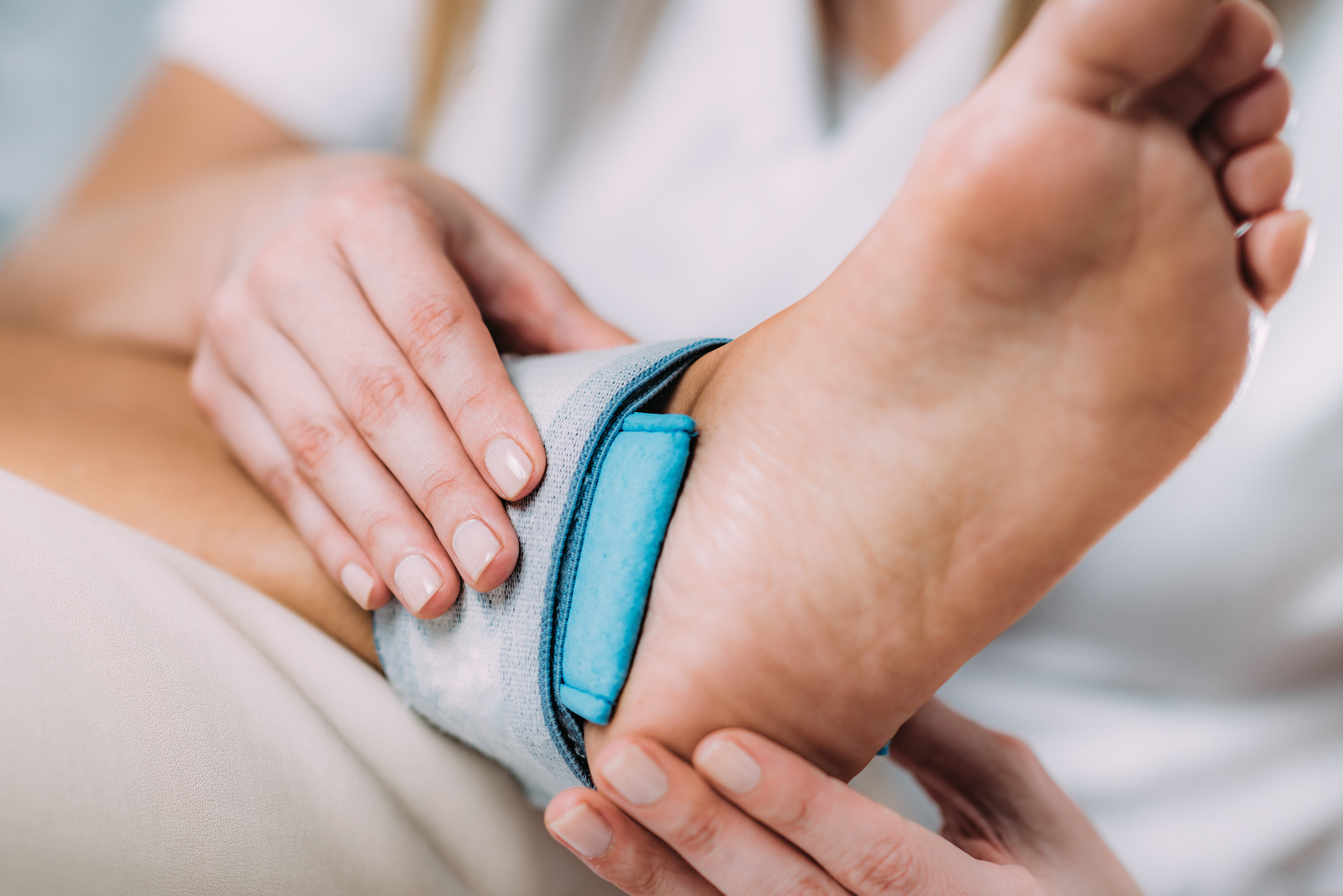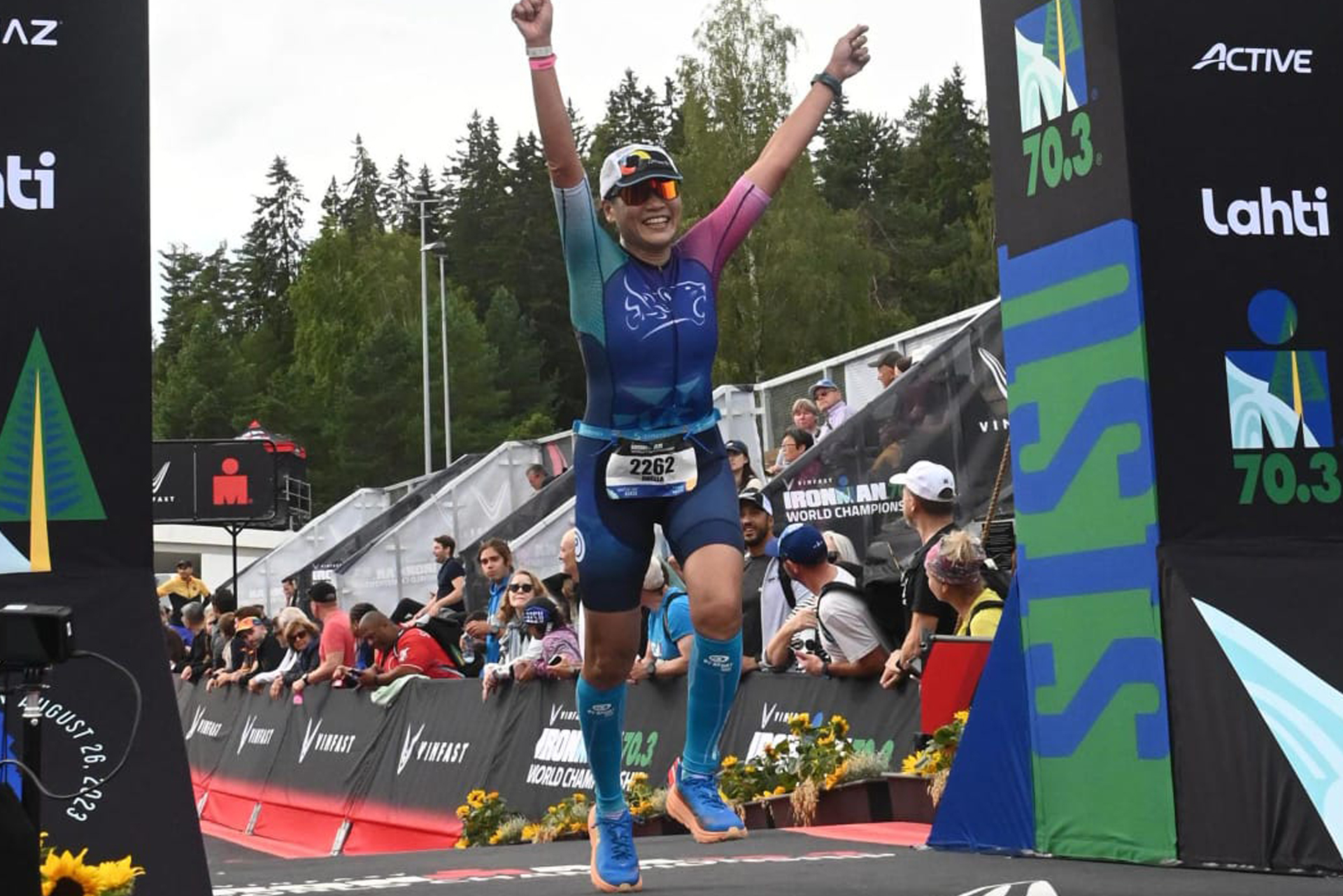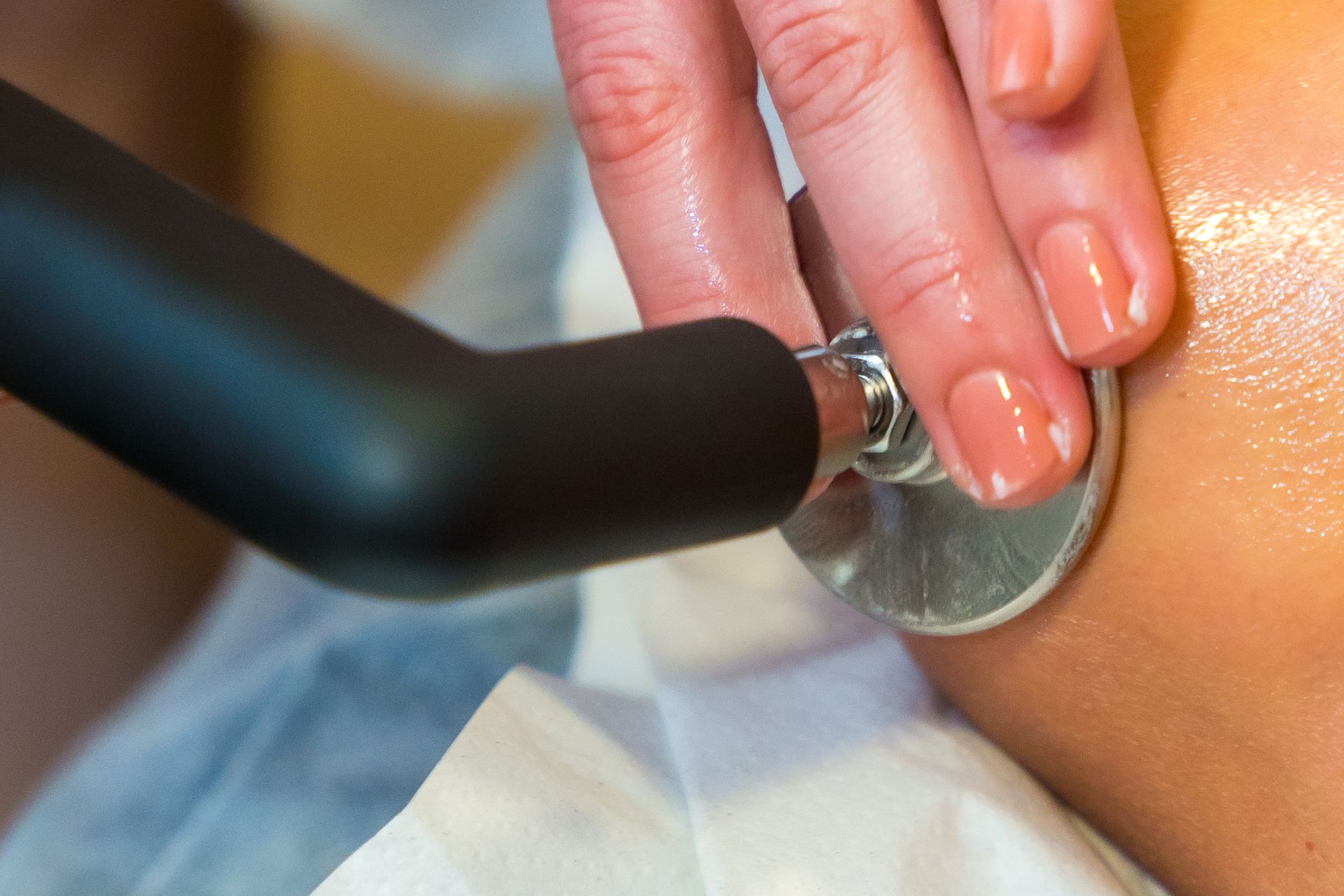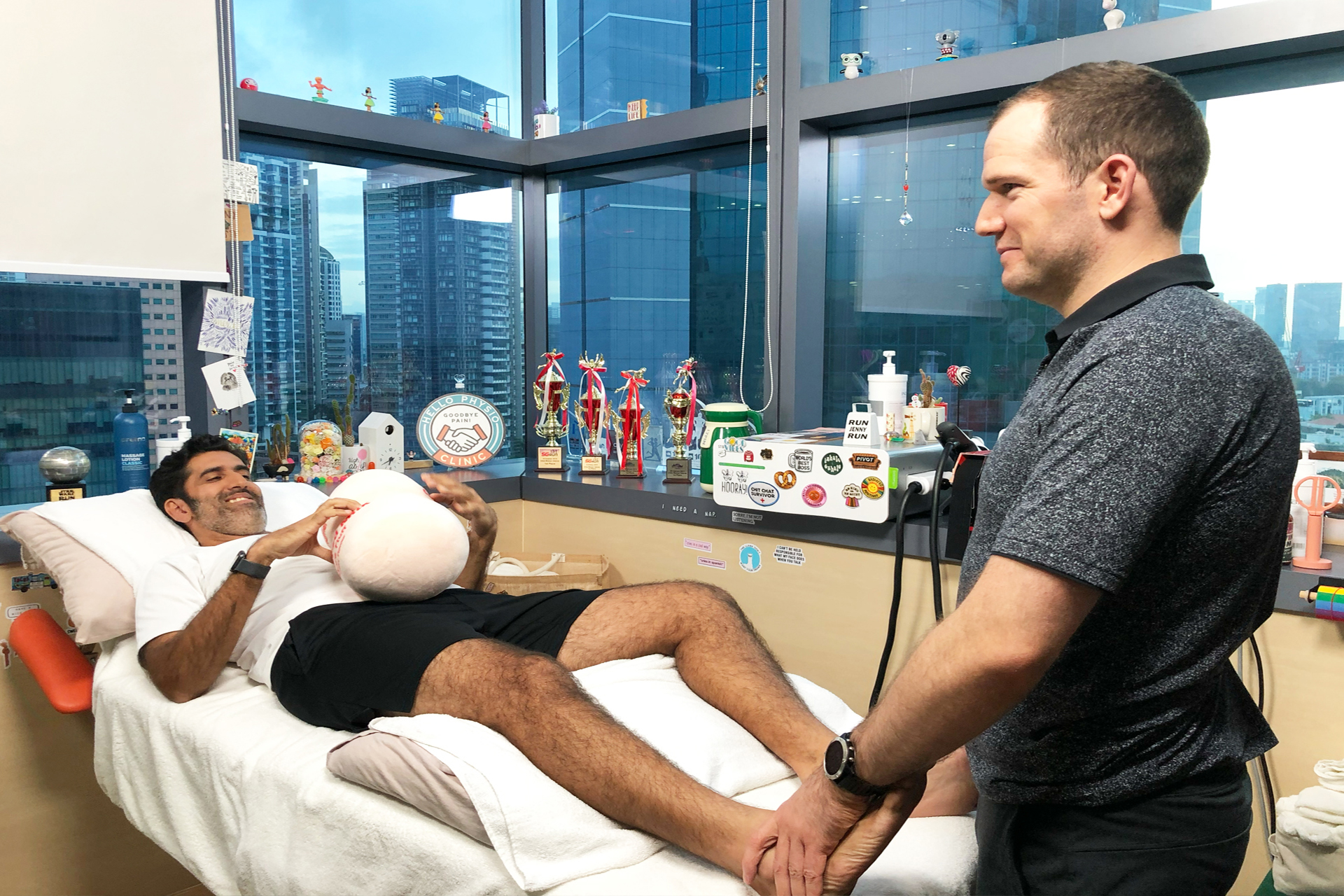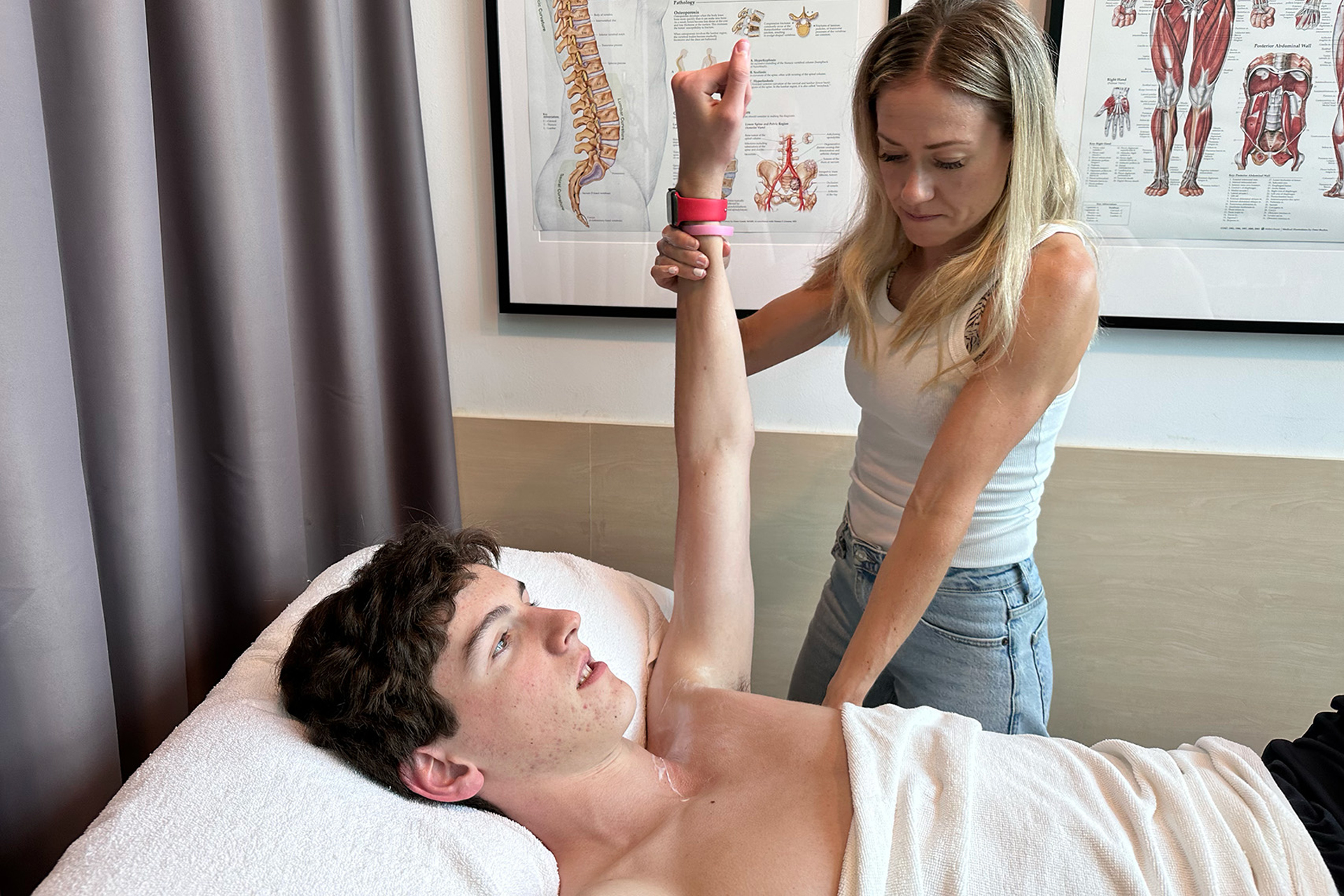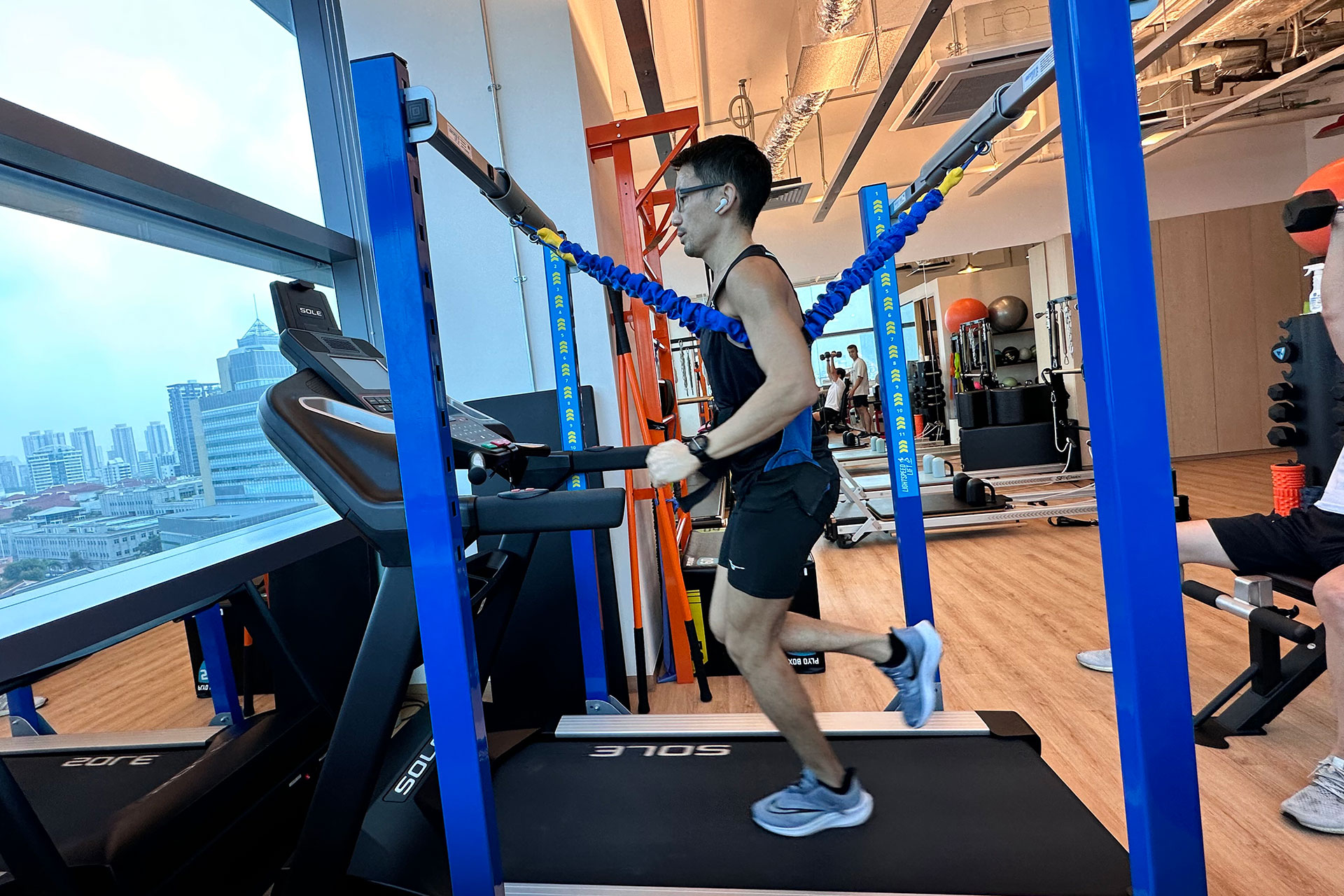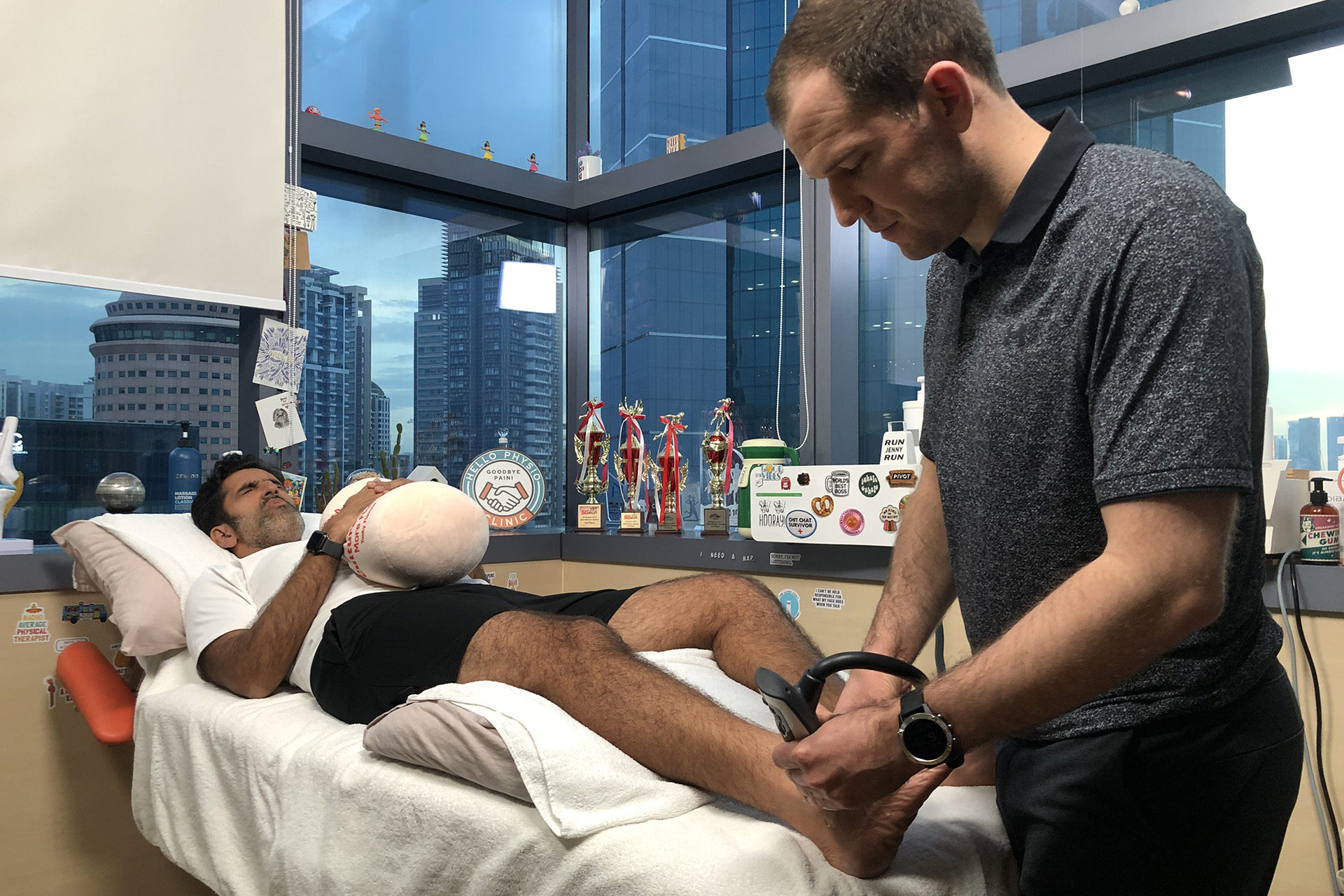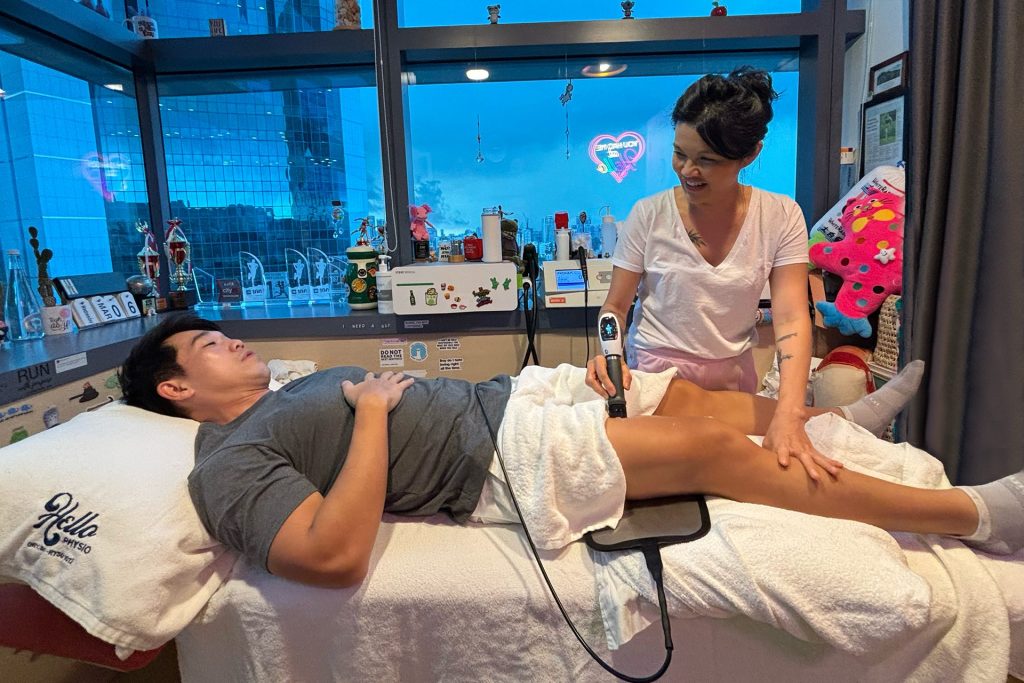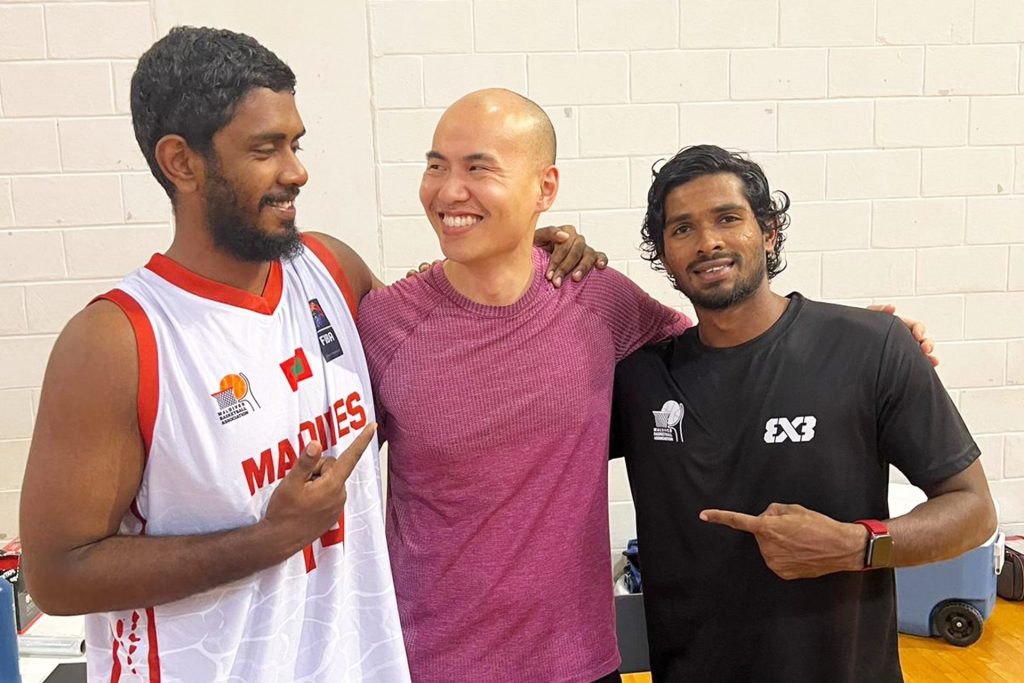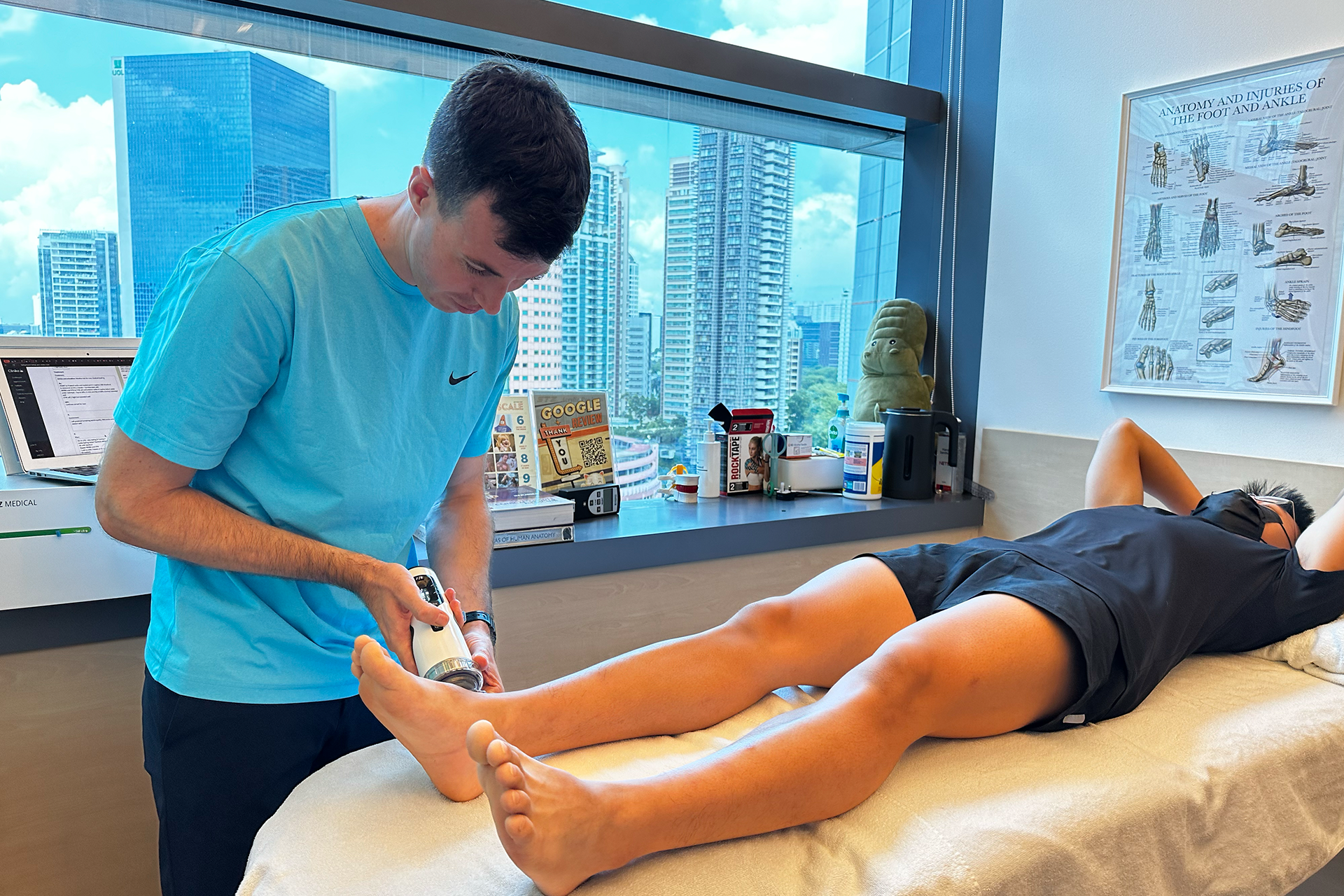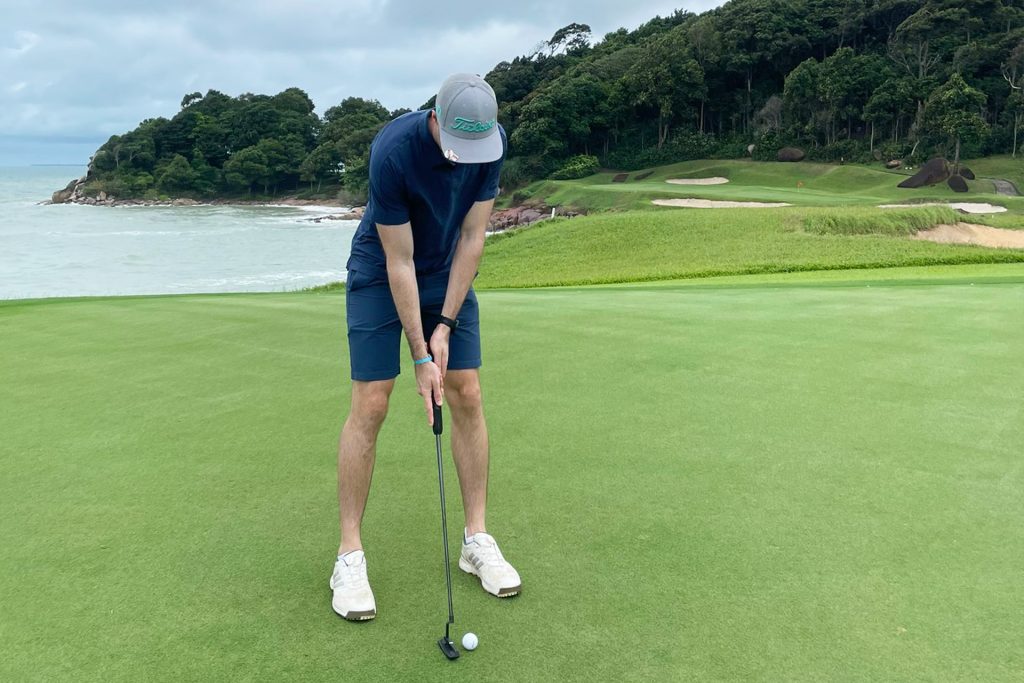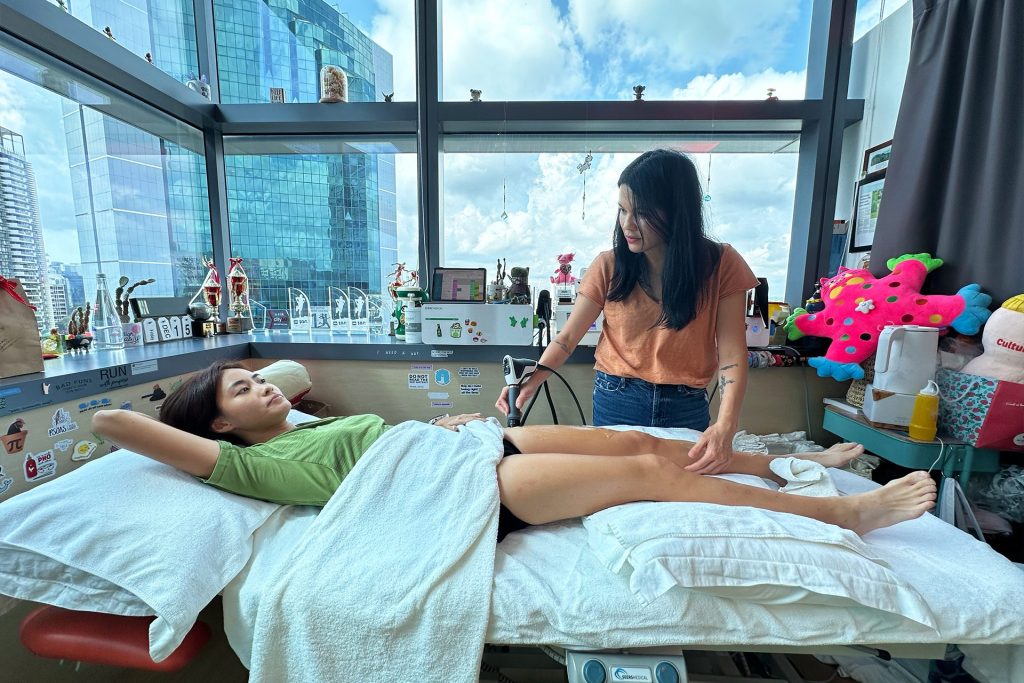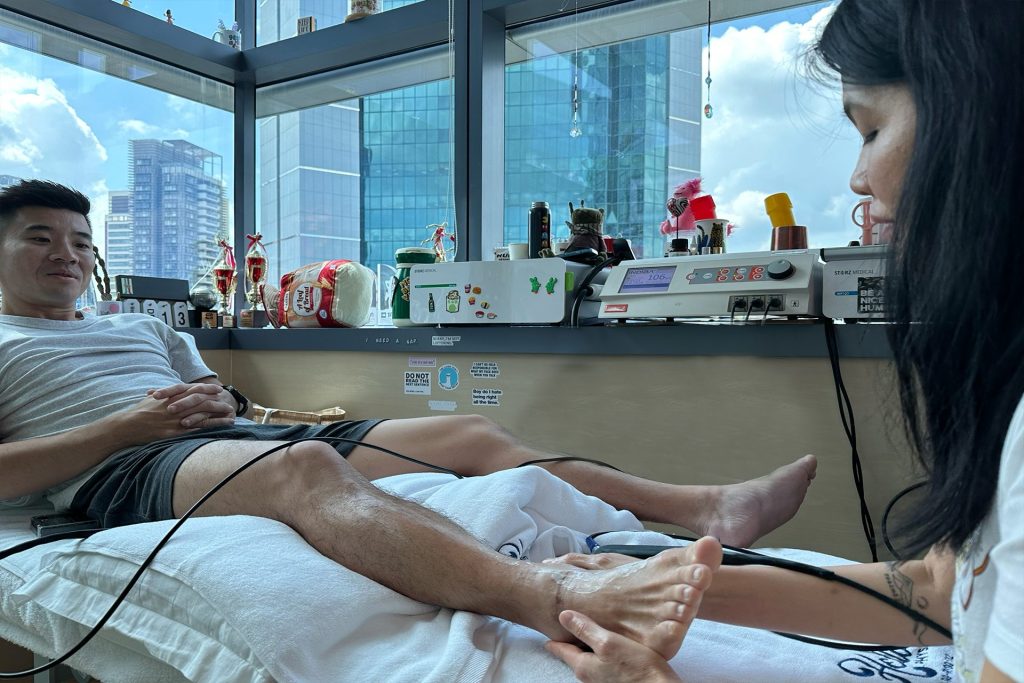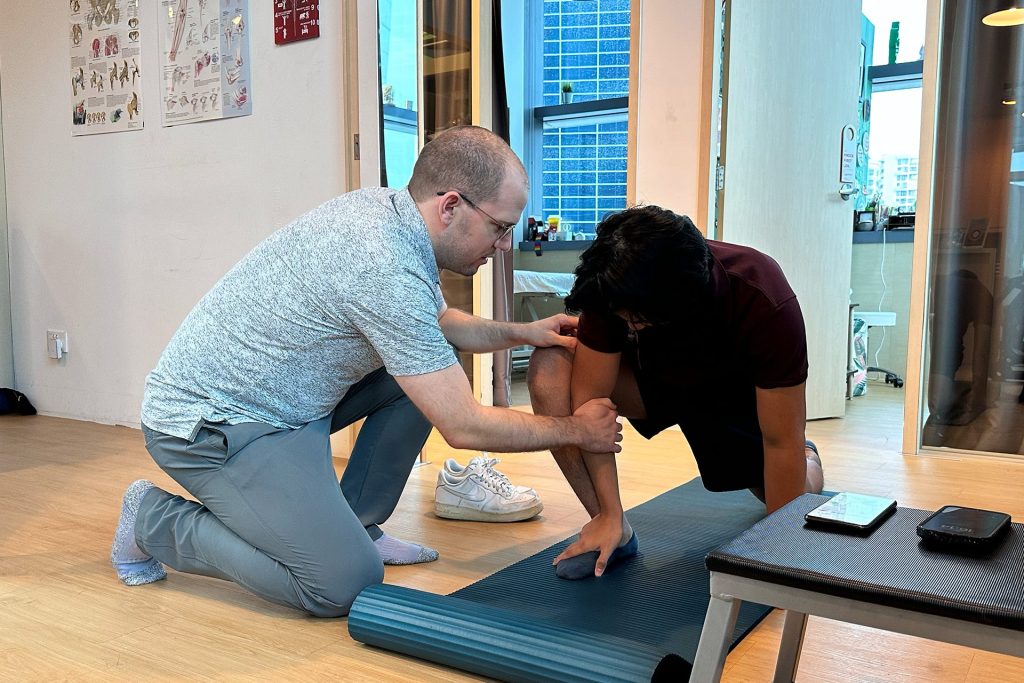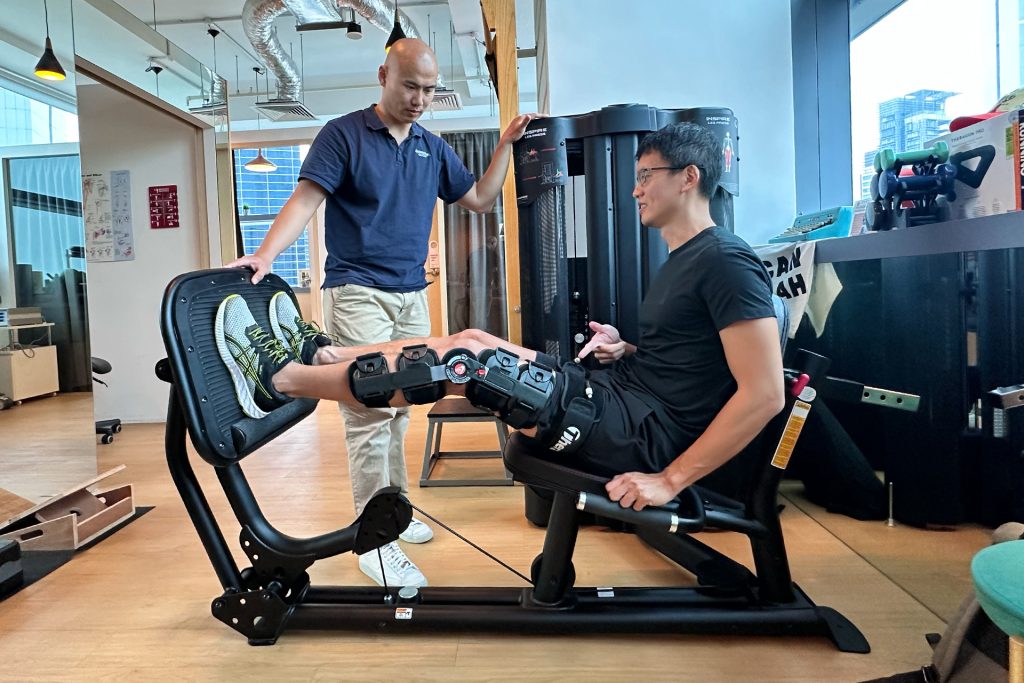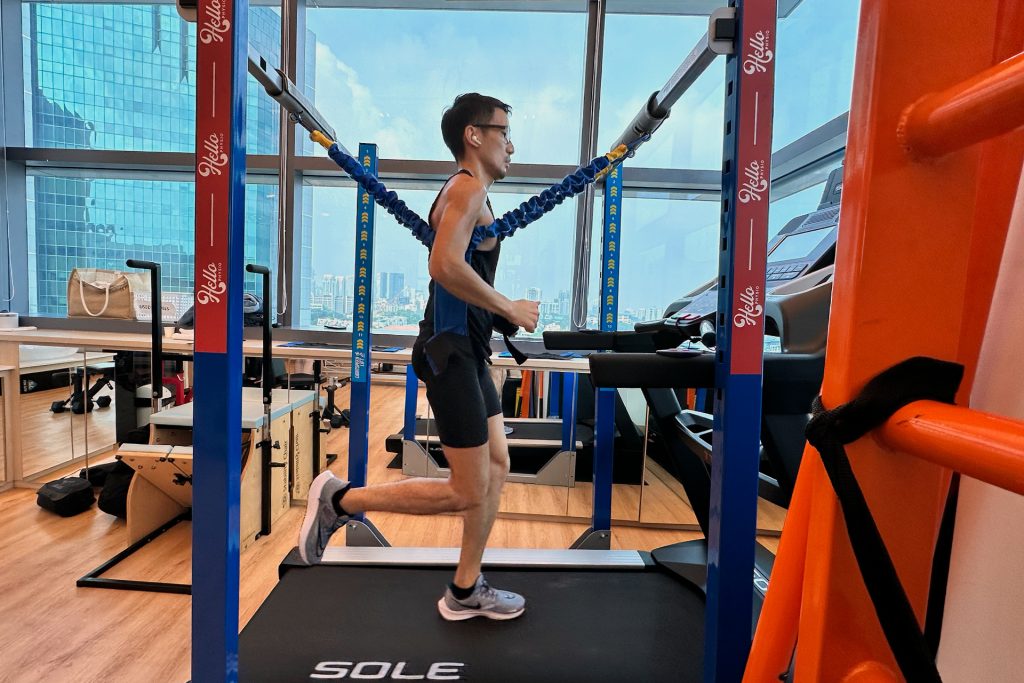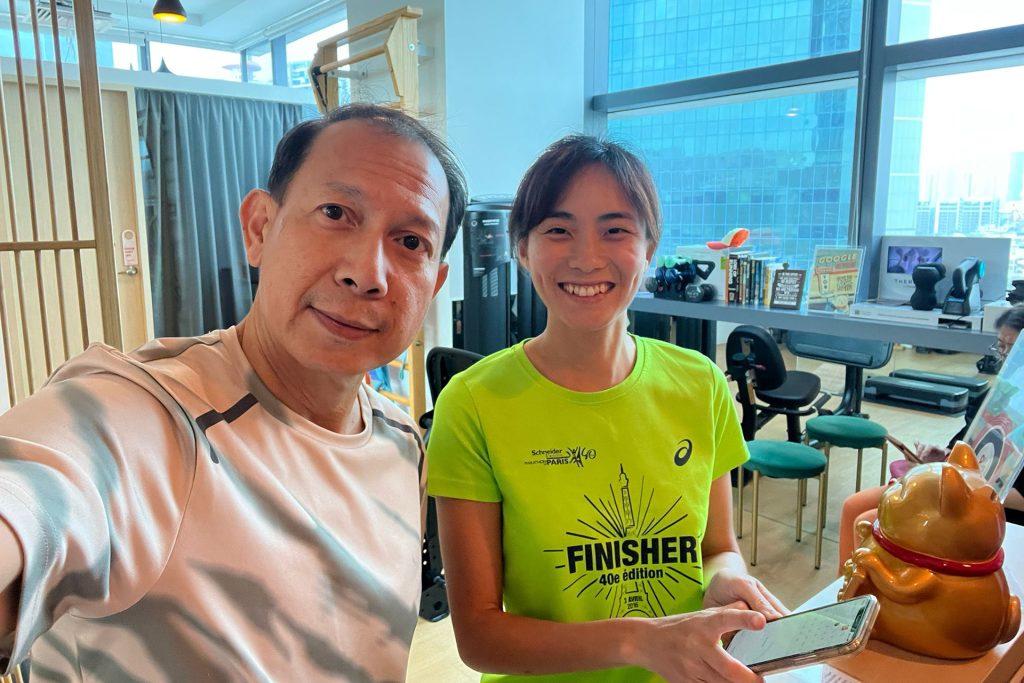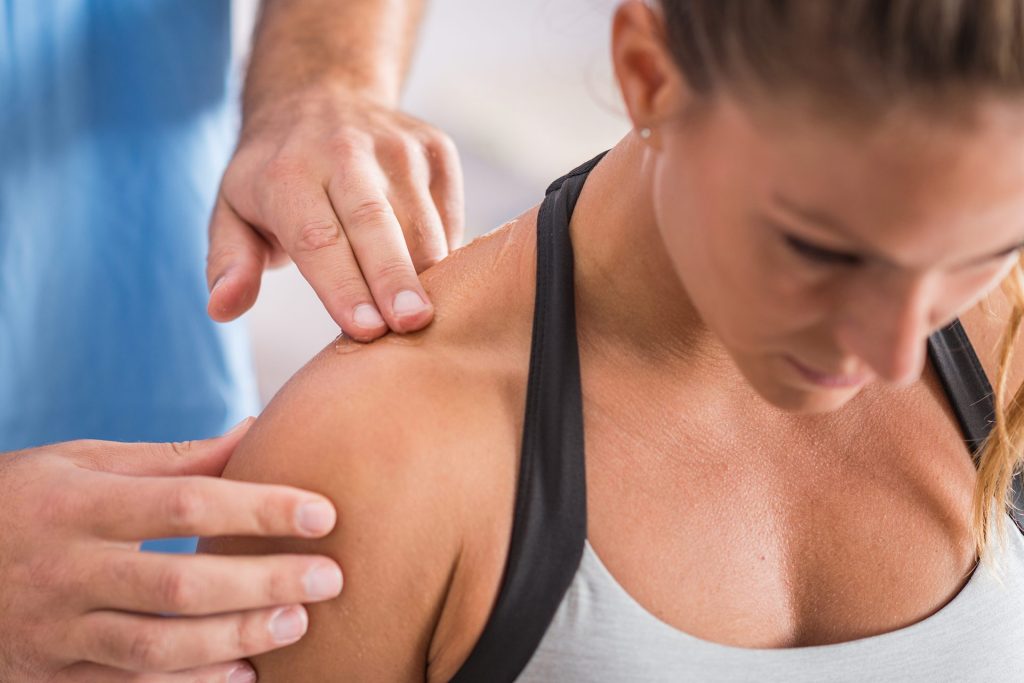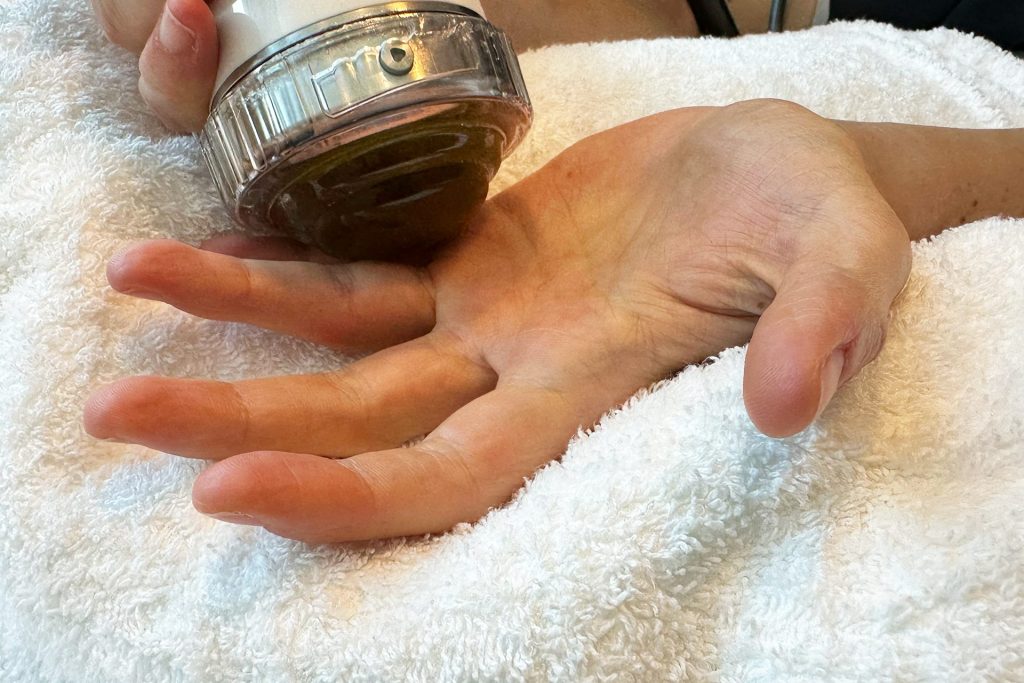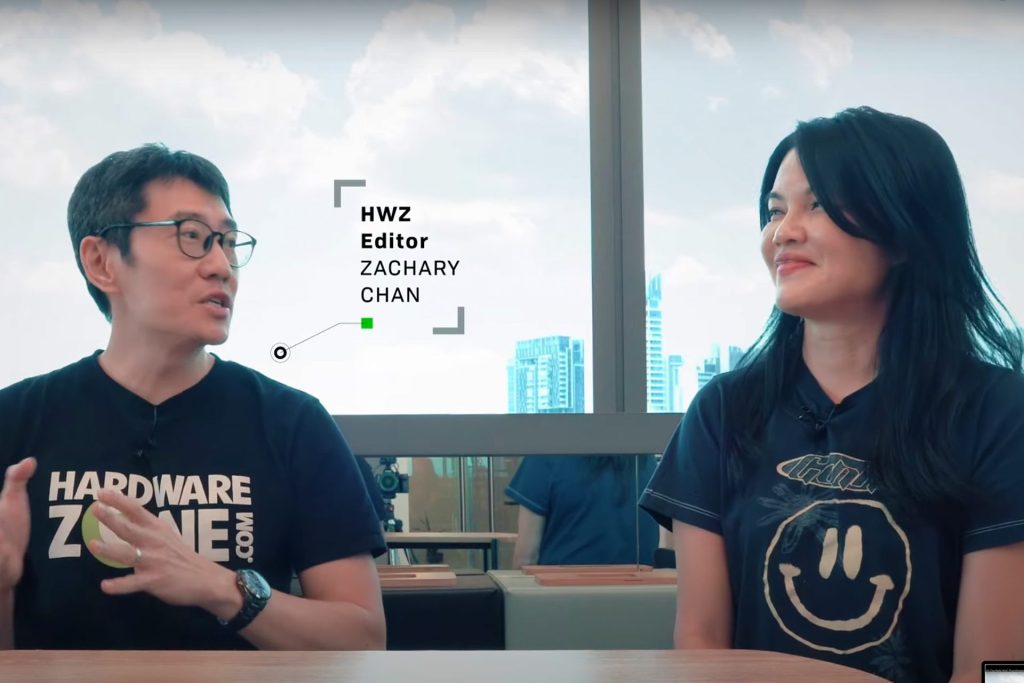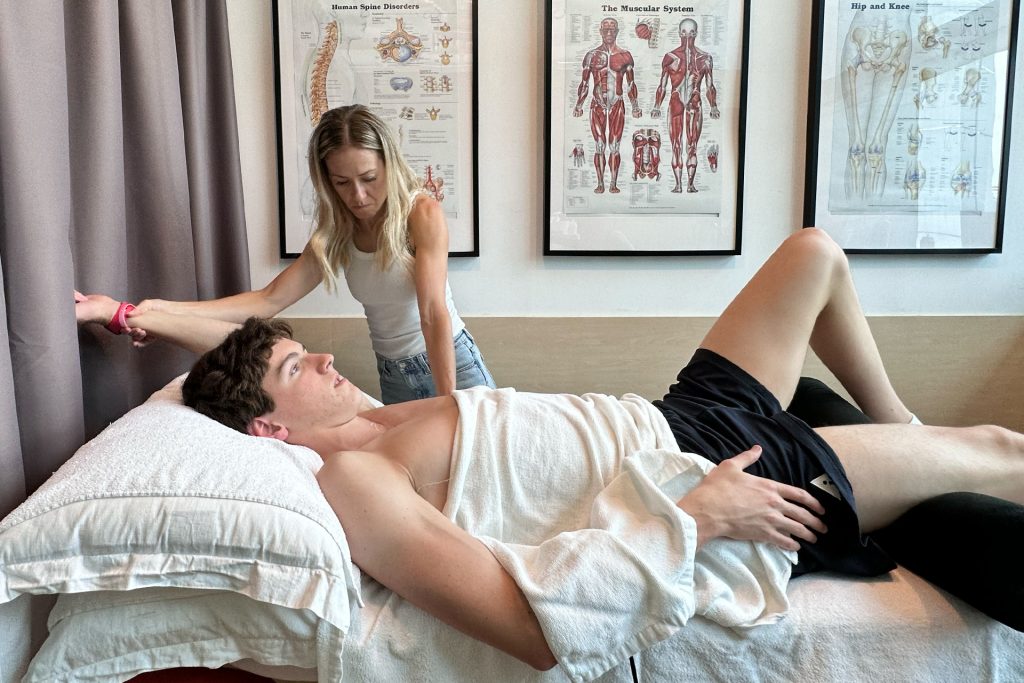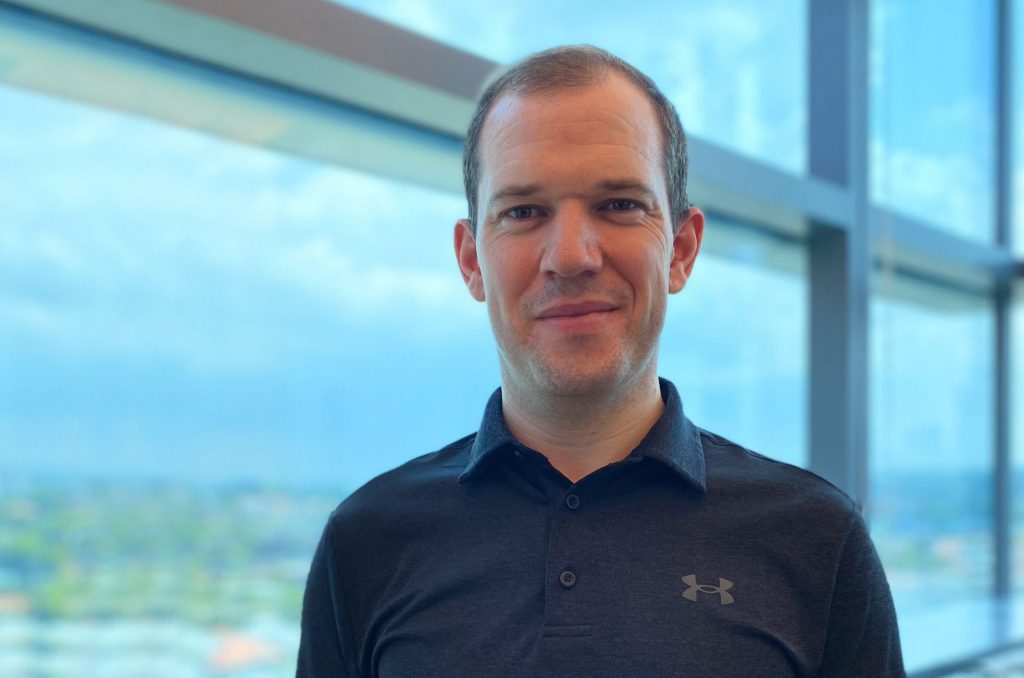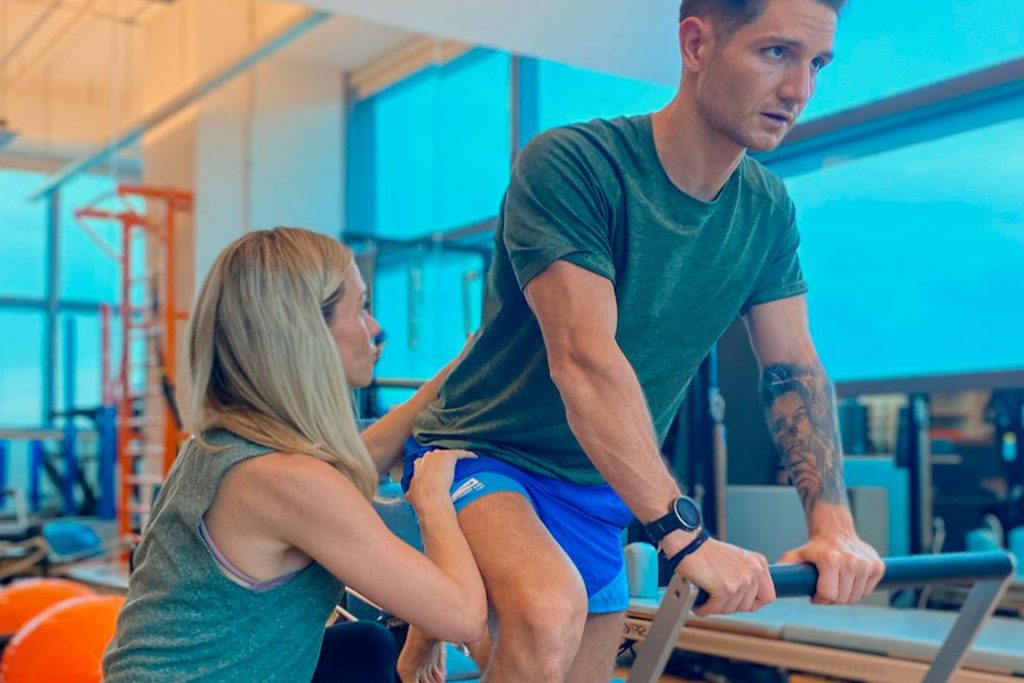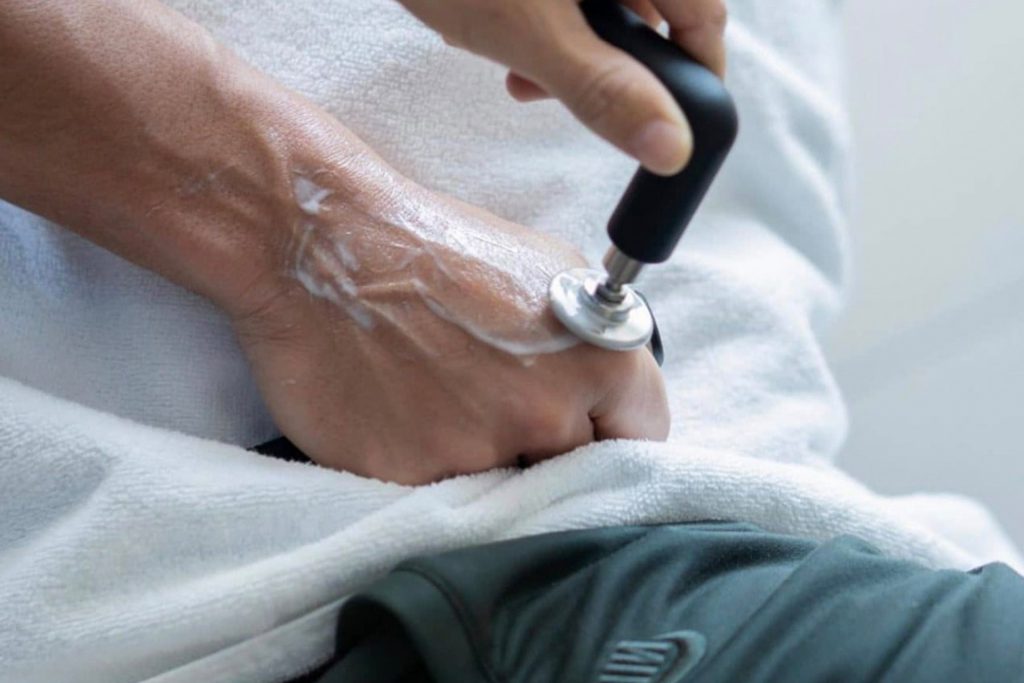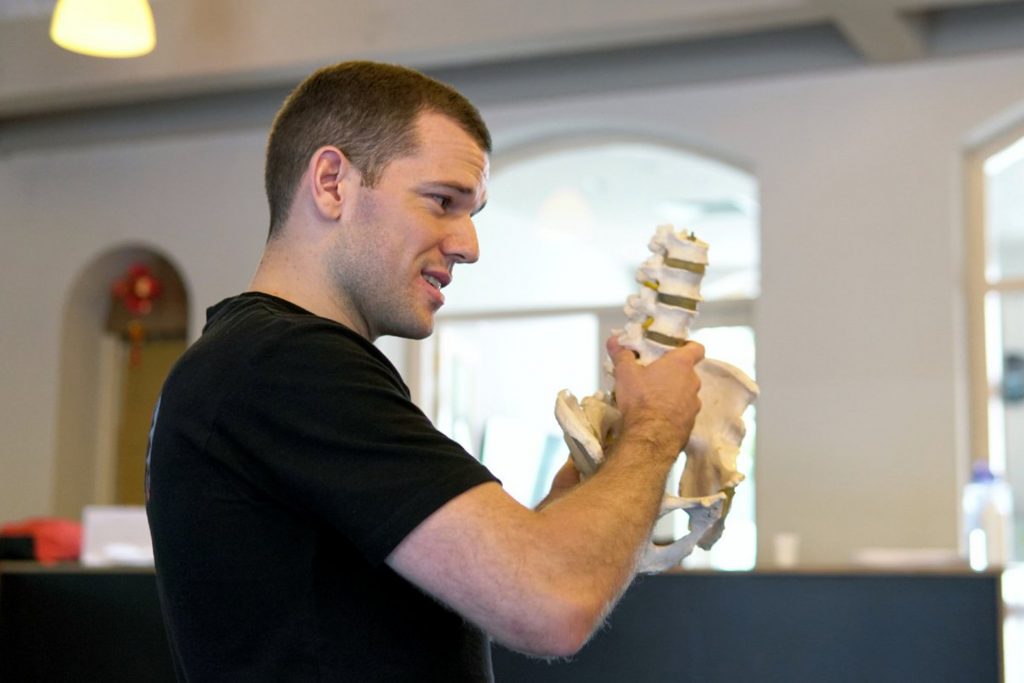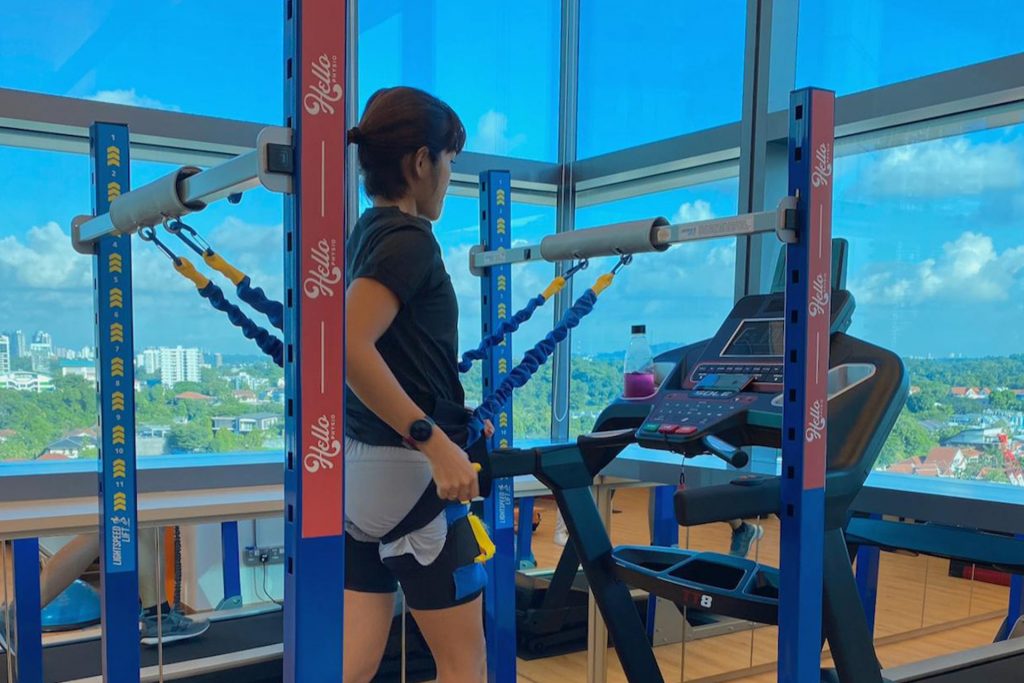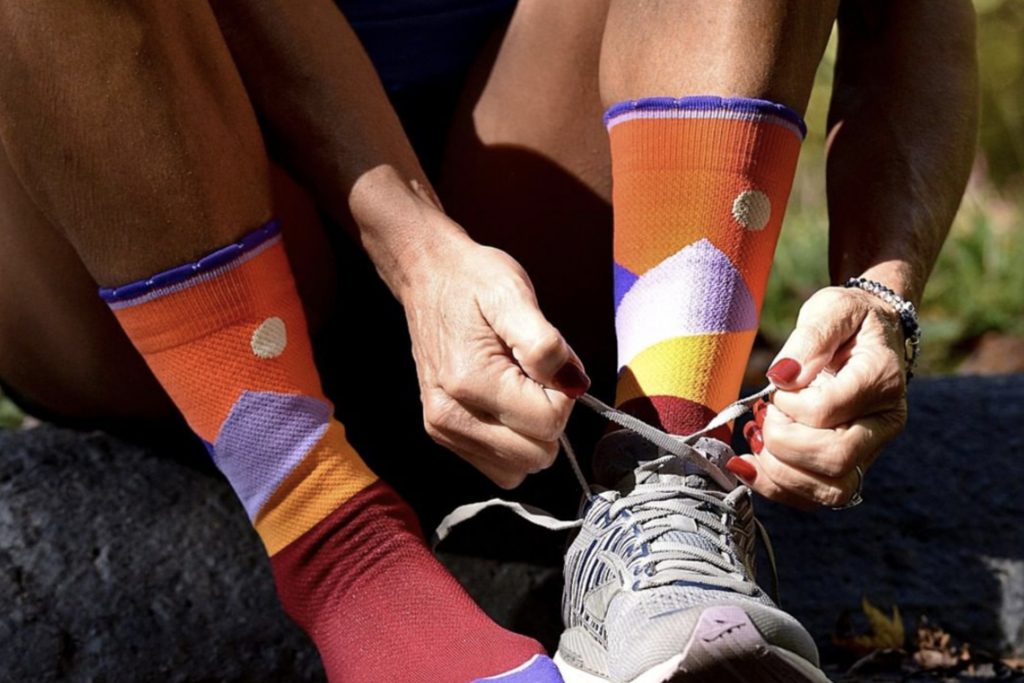|
Getting your Trinity Audio player ready...
|
While badminton is a fantastic way to stay in shape, casual or competitive players often suffer from elbow pain due to the sport. It’s a sport that rewards quick reflexes but demands precise wrist movements and repetitive arm actions, which can cause pain or discomfort for regular players. This discomfort can appear both on or off the court and can go from a mild ache to a sharp pain if not addressed.
Elbow pain is frequent among badminton players, alongside lateral ankle sprains, rotator cuff injuries, and patellar tendinopathy. Getting down to the underlying causes of elbow pain in badminton and exploring leading physiotherapy treatments will help you recover and prevent injuries in the future.
Lateral & Medial Epicondylitis in Badminton Players
Elbow pain after playing badminton usually results from overuse, poor technique, or muscle imbalances. The swinging motion, especially during those awesome smashes or tricky backhand shots, places tendon stress around the elbow joint.
The two most prevalent conditions linked to elbow pain in badminton are tennis elbow (lateral epicondylitis) and golfer’s elbow (medial epicondylitis). Tennis elbow causes pain on the outer side of the elbow, usually stemming from repetitive wrist movements and gripping activities that put strain on the forearm muscles. Golfer’s elbow causes pain on the inner side of the elbow, usually due to repeatedly bending the wrist or turning the forearm, like when gripping or swinging.
Despite its name, tennis elbow isn’t just for tennis players — it can affect badminton players too, as well as anyone who has to do repeated movements in their daily lives.
Tennis elbow happens when the forearm muscles, especially the extensor carpi radialis brevis (ECRB), get overworked from repetitive wrist movements and gripping. This strain can cause tiny tears and scarring in the tendons, leading to pain and tenderness on the outer side of the elbow.
Golfer’s elbow, similarly, stems from the muscle being overworked when bending the wrist, or turning the forearm. This strains the tendons that connect to the inner side of the elbow. For badminton players, this is frequently a result of improper technique, or gripping the racket too tightly during forehand shots. The repeated stress causes tiny tears in the tendons, leading to inflammation, tenderness, and pain on the inside of the elbow. People with golfer’s elbow often feel uncomfortable lifting objects, turning doorknobs, or even shaking hands.
If left untreated, both tennis elbow and golfer’s elbow can become chronic, impacting sports performance and daily activities.
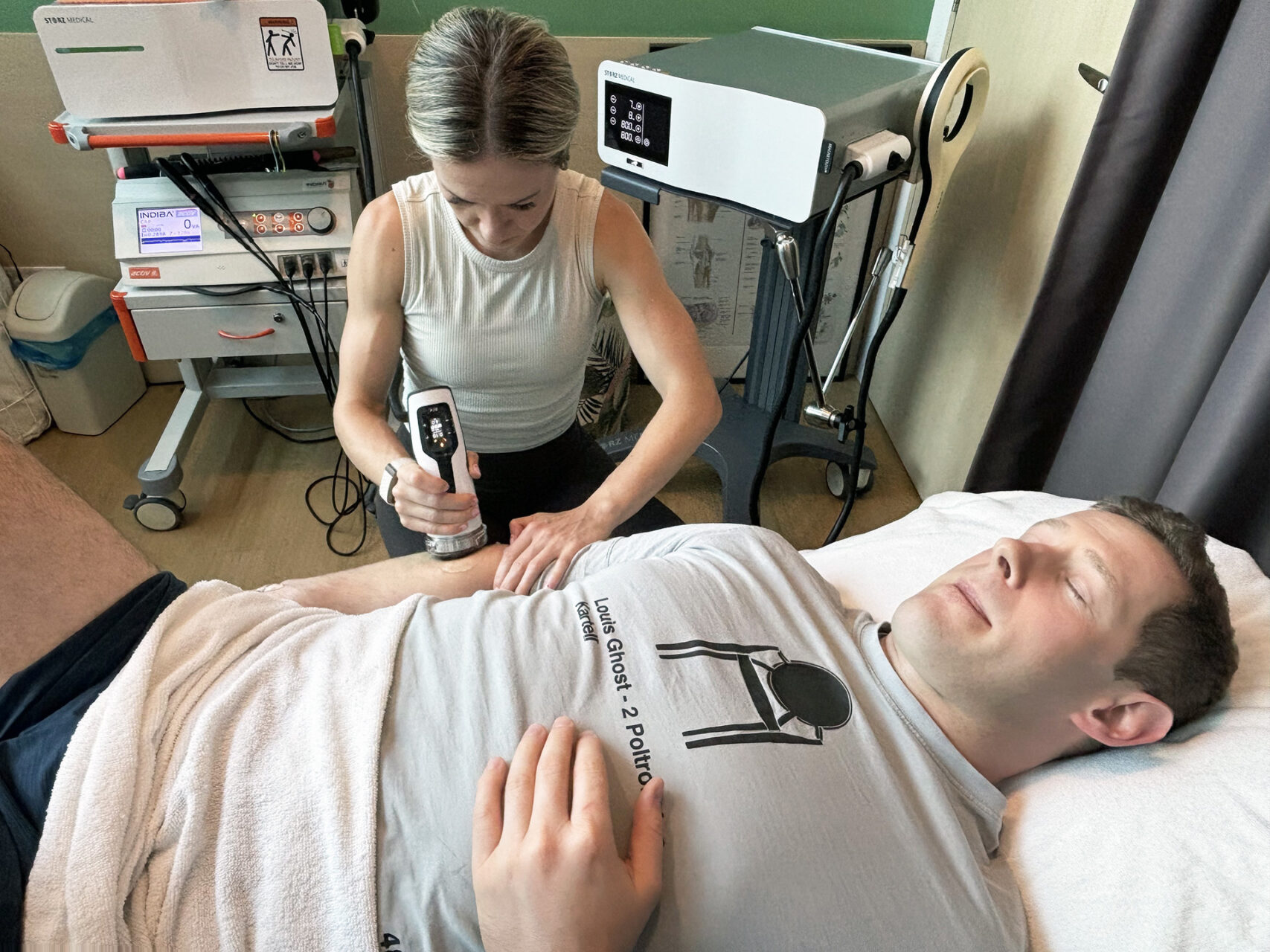
Why Does Badminton Cause Repetitive Strain Injuries?
Elbow pain during badminton often happens because of repeated wrist and forearm movements, poor playing technique, uneven muscle strength, skipping warm-ups, or using a racket with the wrong grip size or string tension. Fixing these issues is key to both treating and preventing the pain.
Diagnosing and Treating Elbow Pain
You must get the right diagnosis and understand the cause to treat badminton elbow pain properly. Here are some effective ways to manage and relieve elbow pain:
- Rest and Ice: Resting the affected arm and applying ice can help reduce pain and inflammation.
- Physical Therapy: Physical therapy and specific exercises can strengthen the forearm muscles and improve overall function. Therapists may use heat, cold, or electrical stimulation to promote healing.
- Nonsteroidal Anti-Inflammatory Drugs (NSAIDs): These medications can help reduce pain and inflammation.
- Corticosteroid Injections: In severe cases, corticosteroid injections may be administered to reduce inflammation and pain.
- Surgery: Surgical intervention may be necessary for persistent or severe cases that do not respond to conservative treatments.
Getting down to the cause of your elbow pain and talking with a physiotherapist about a proper treatment plan can help you get relief from elbow pain and prevent future occurrences. There are several advanced modalities physiotherapists can offer you that can both treat your symptoms and address the root cause of your elbow pain.
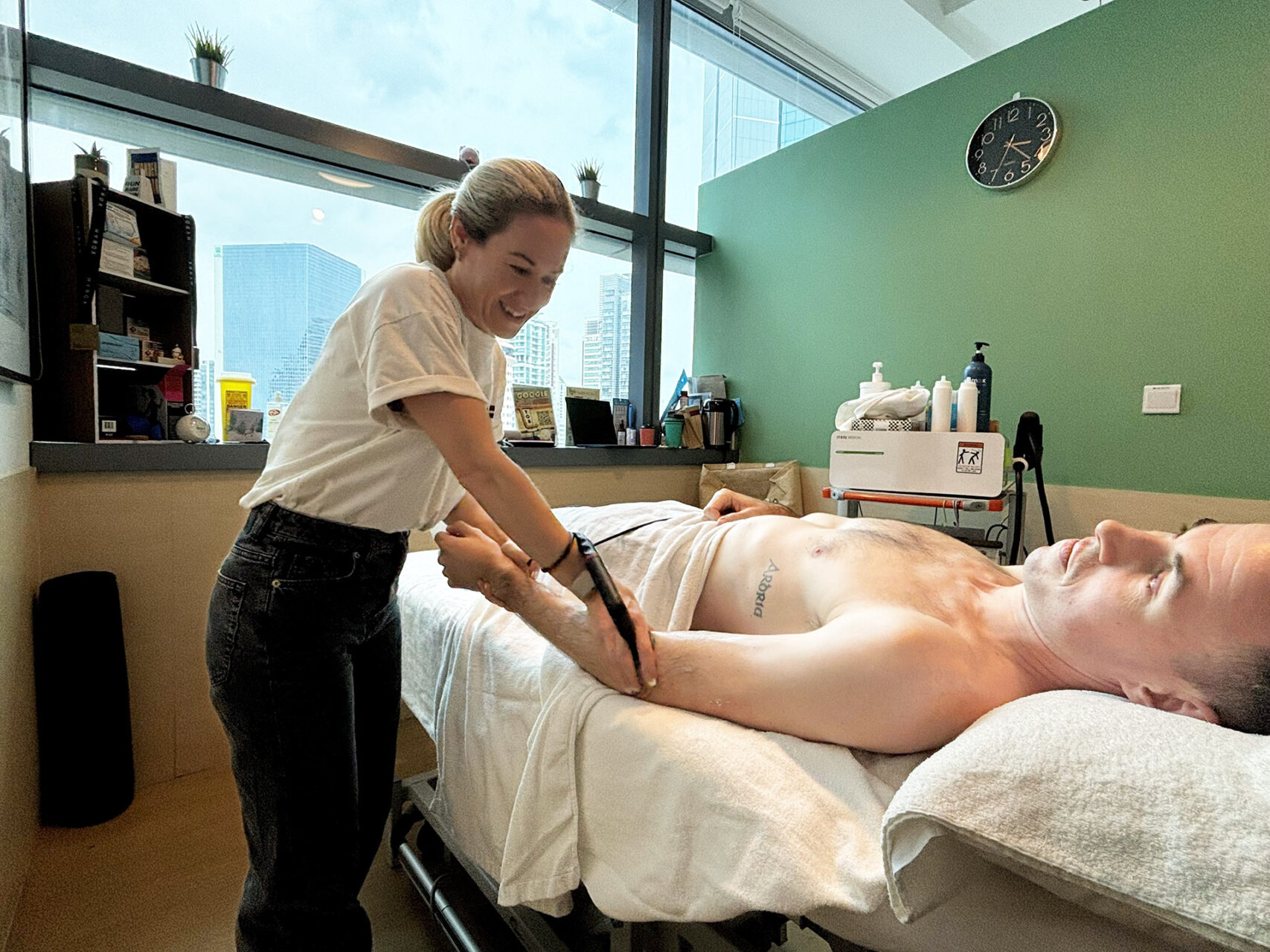
How to Cure Badminton Elbow Pain
Treating badminton-related elbow pain requires a well-rounded approach that tackles the symptoms and underlying causes. Physiotherapy is key in recovery and prevention, especially since wrist pain is often connected to elbow discomfort. Strengthening wrist muscles can help manage both effectively.
The first step to recovery focuses on easing pain and inflammation. Physiotherapists often use manual therapy, such as gentle joint mobilization to improve blood flow, reduce stiffness, and relieve tension around the elbow. Advanced treatments like INDIBA® Activ, a radiofrequency therapy, further promote cellular repair, reduce inflammation, and accelerate tissue healing.
Once the pain eases, restoring the elbow’s full range of motion becomes essential. Physiotherapists guide patients through prescribed exercises like wrist flexor and extensor stretches to improve forearm flexibility and reduce tendon strain. Your physiotherapist will ensure you do these exercises correctly, with varying levels of difficulty, to ensure a smooth and safe recovery. Soft tissue release techniques, such as myofascial release, address muscle tightness in the forearm and upper arm, while joint mobilization improves overall movement without discomfort.
Building strength is another crucial element for long-term recovery and injury prevention. Physiotherapists focus on forearm, wrist, and shoulder exercises to support the elbow joint. Eccentric wrist extensions, where the wrist is slowly lowered while holding a light weight, strengthen the extensor tendons without overloading them. Wrist and reverse curls target flexor and extensor muscles, enhancing strength and stability. Grip-strengthening exercises, like squeezing a stress ball or using a grip trainer, further build hand and forearm resilience, reducing strain during racket handling.
For persistent or severe elbow pain, adjunctive treatments can expedite healing and provide effective relief. These include Shockwave Therapy, which stimulates tissue repair and breaks down scar tissue, and dry needling, which releases muscle tension and improves mobility.
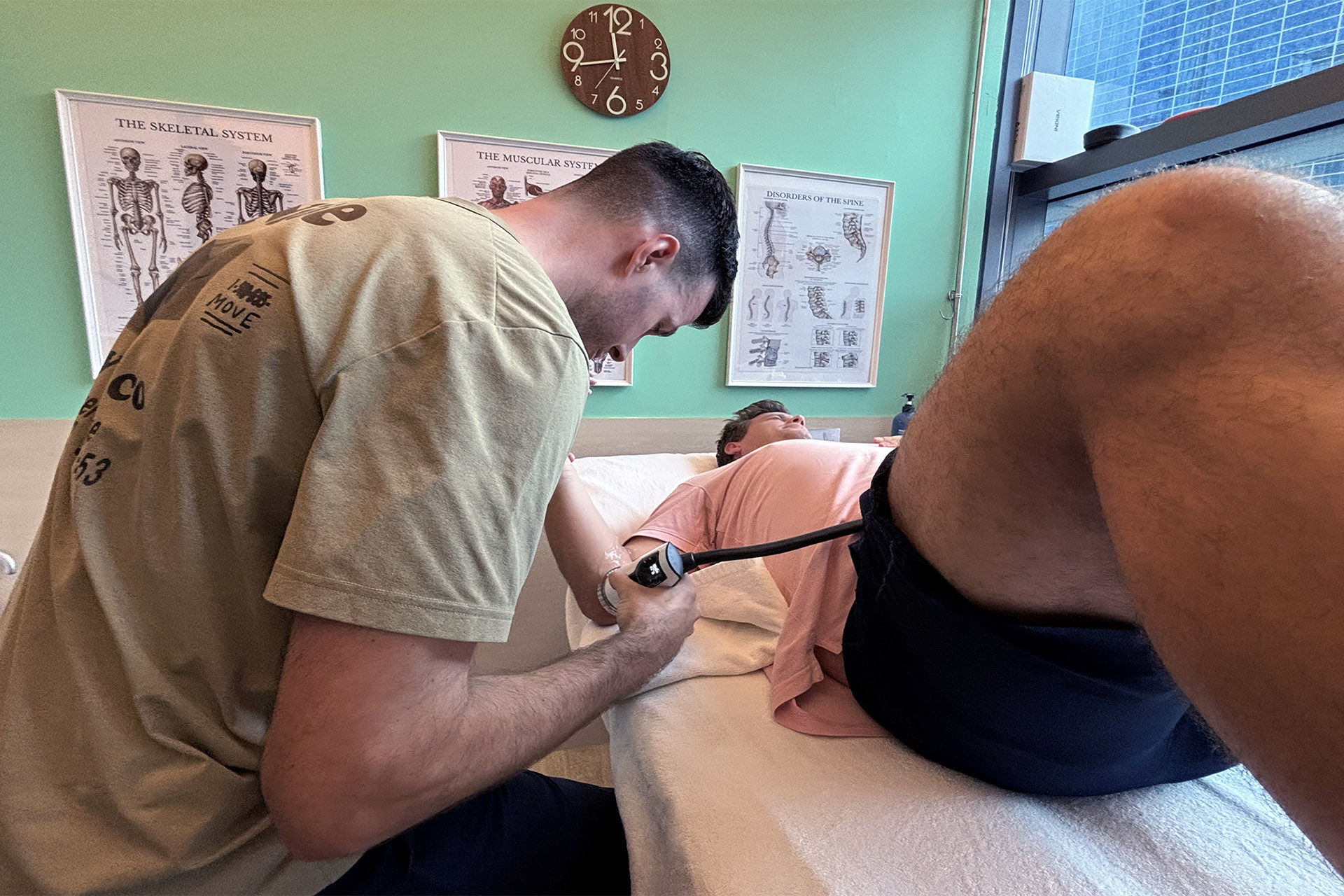
How INDIBA® Increases Healing
INDIBA® Activ promotes tissue healing by using radiofrequency energy to stimulate cellular activity at a deep molecular level. This therapy increases cell membrane permeability, allowing essential ions and nutrients to flow more efficiently into the cells. This accelerated nutrient exchange enhances cellular repair, making it particularly effective for addressing conditions causing elbow pain.
The treatment also boosts mitochondrial activity, allowing cells to regenerate damaged tissue more effectively. It improves oxygenation within the affected area, speeding up recovery and reducing inflammation. The gentle heat produced by INDIBA promotes vasodilation, expanding blood vessels to increase circulation. This enhanced blood flow delivers healing nutrients and helps clear away metabolic waste that can contribute to pain and stiffness.
A key benefit of INDIBA is its ability to stimulate collagen production. This is essential for tendon and ligament repair. It also promotes fibroblast proliferation, aiding tissue remodeling and ensuring that newly formed tissue regains strength, flexibility, and resilience, which is especially crucial for badminton players.
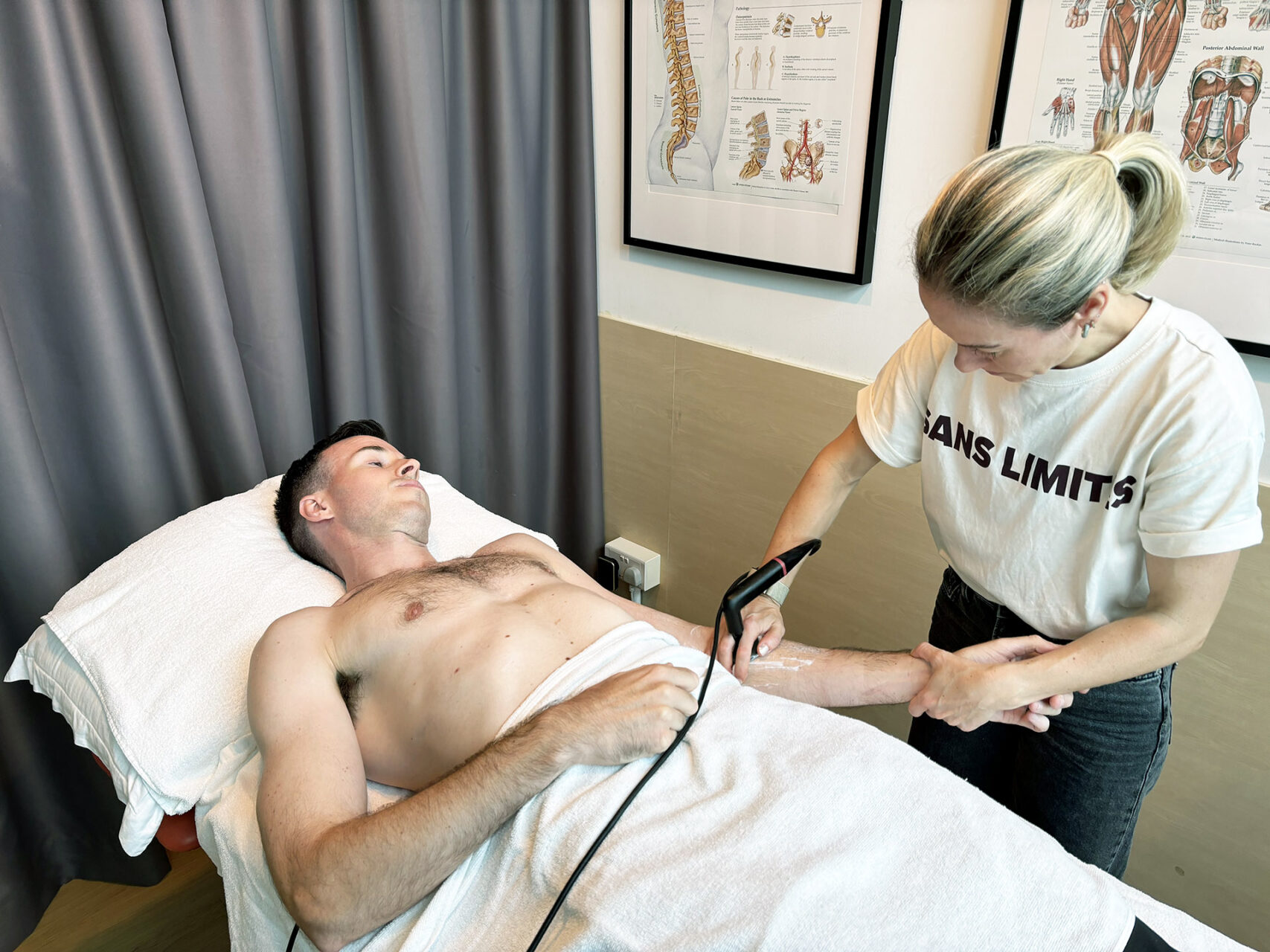
Shockwave Therapy to Benefit Tissue Repair
Shockwave Therapy is a non-invasive elbow pain treatment for badminton players that uses high-energy sound waves to stimulate the body’s natural healing process. These acoustic waves penetrate deep into affected tissues, creating microtrauma that triggers biological responses, promoting tissue repair and regeneration.
One key mechanism is neovascularization, or the release of angiogenic factors, which stimulate the formation of new blood vessels around the injured area. This process increases blood flow, ensuring that oxygen and essential nutrients reach the damaged tissues and accelerate tissue repair. Enhanced circulation also helps flush out metabolic waste that can contribute to inflammation and pain.
Shockwave Therapy further promotes the growth of fibroblasts and tenocytes, the cells responsible for producing collagen — an essential protein for tendon and ligament healing. The treatment stimulates the release of growth factors like vascular endothelial growth factor (VEGF) and insulin-like growth factor (IGF), which play critical roles in tissue regeneration.
Another important benefit is inflammation modulation. Shockwave Therapy reduces the activity of pro-inflammatory cytokines while increasing anti-inflammatory mediators, helping to relieve pain and decrease swelling. The mechanical energy from the sound waves also breaks down calcified fibroblasts and scar tissue, restoring normal tissue structure and elasticity.
This treatment is particularly effective for chronic tendon injuries like tennis elbow and golfer’s elbow, where fibrotic tissue and poor blood supply both hinder healing. By boosting cellular metabolism, promoting collagen remodeling, and improving tissue elasticity, Shockwave Therapy relieves pain and restores functional strength, supporting long-term recovery and injury prevention.
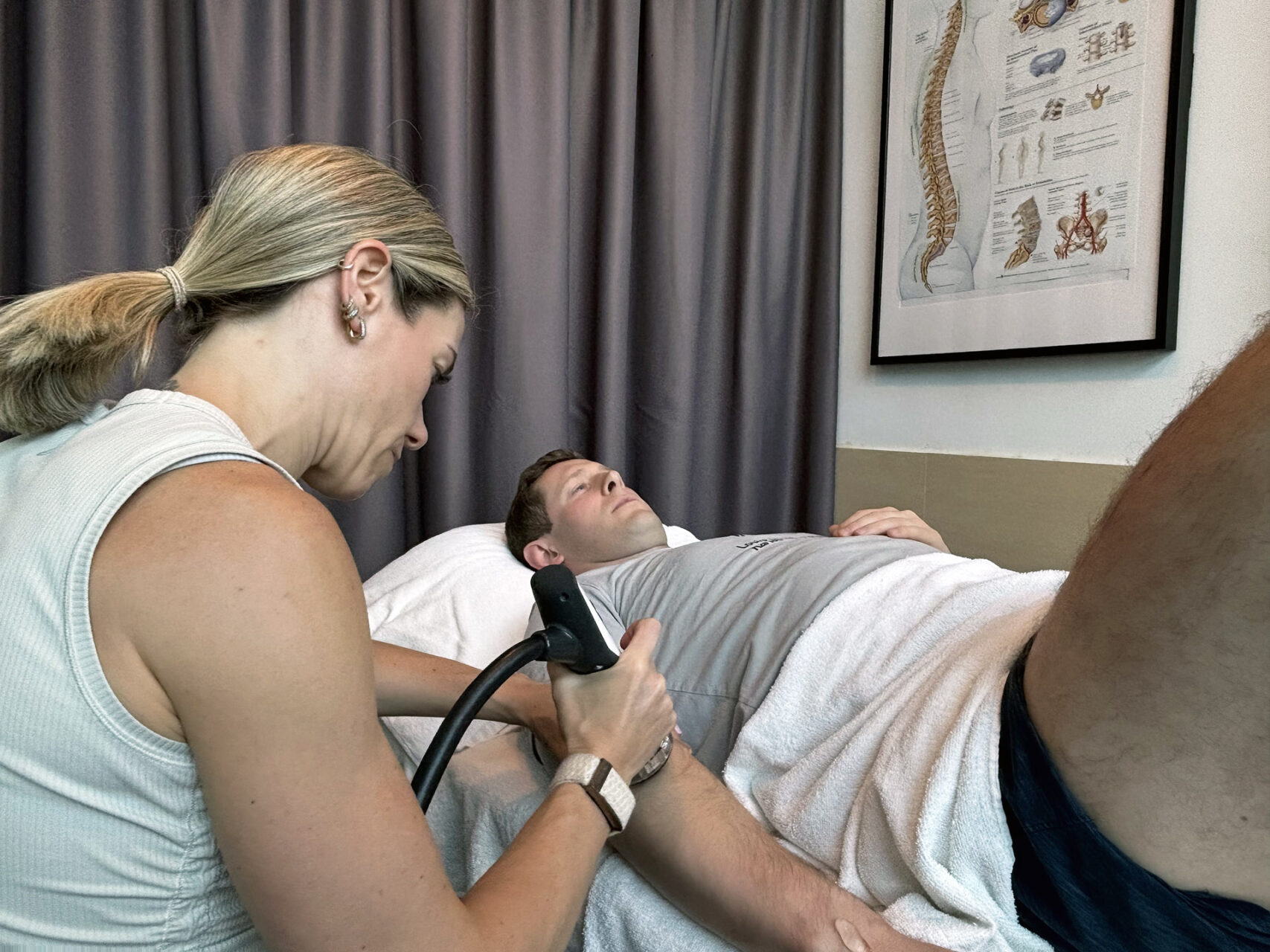
Common Badminton Injuries
Badminton, known for its fast-paced nature and the need for agility, speed, and precision, can strain the body significantly, making players prone to injuries. Not only the elbow gets injured; some other common badminton injuries include:
- Lateral Ankle Sprains: These occur when a player jumps for a smash and lands awkwardly, changes direction quickly at the net, or lunges to defend against a smash. The sudden movements can cause the ankle to twist, leading to pain and swelling.
- Rotator Cuff Injuries: The repetitive overhead shoulder movements required in badminton can strain the rotator cuff muscles, leading to pain and inflammation in the shoulder joint. This can significantly impact a player’s ability to perform powerful shots.
- Patellar Tendinopathy: Characterized by pain in the front part of the knee, this condition is caused by repetitive jumping, changing directions, and lunging. The patellar tendon connects the kneecap to the shinbone and becomes irritated and inflamed.
- Achilles Tendinopathy: Frequent running, jumping, and changing direction can strain the Achilles tendon, causing pain and stiffness in the back of the ankle.
Understanding these common badminton injuries and their causes can help players take proactive steps to prevent them.
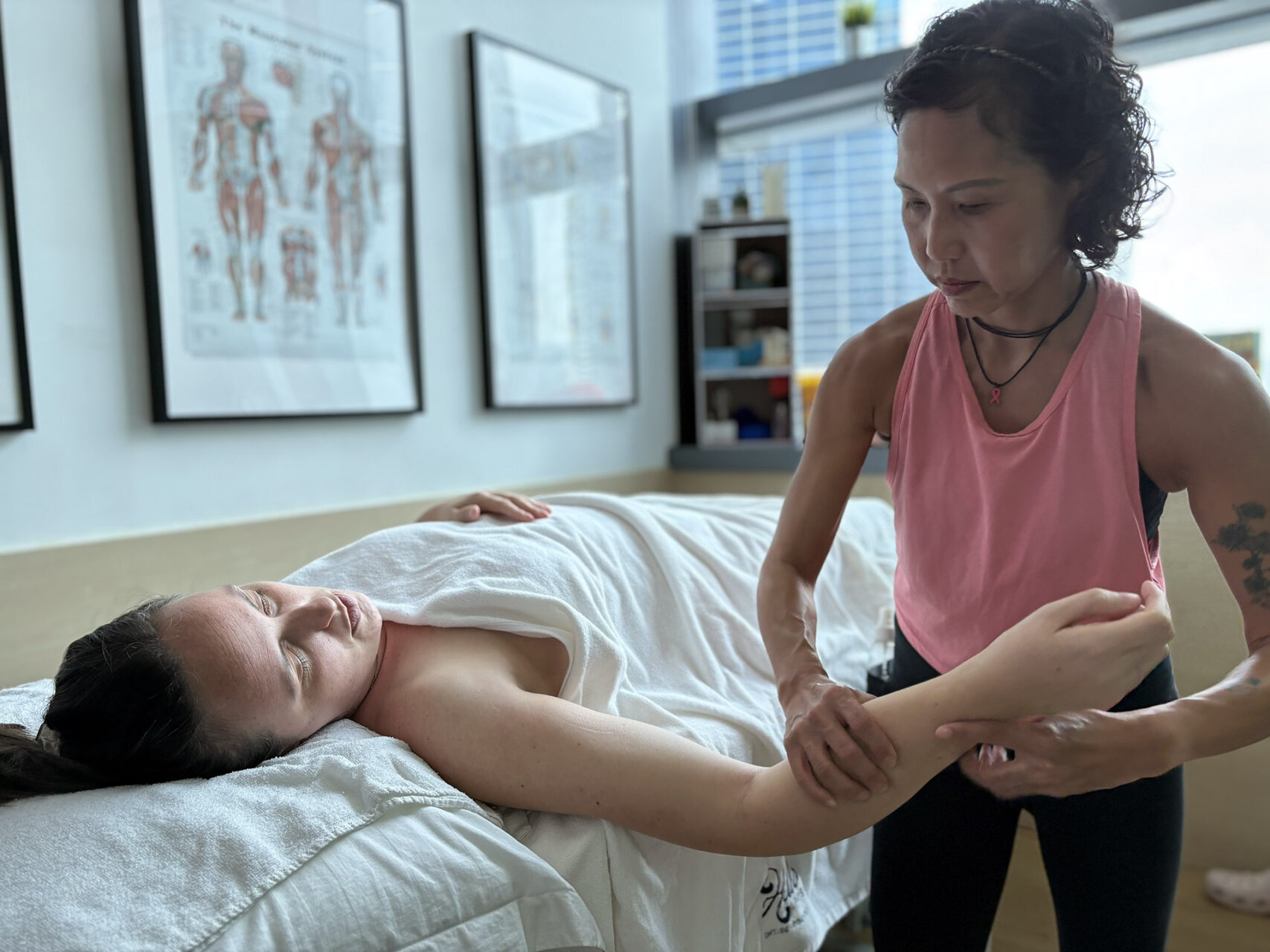
Preventing Common Badminton Injuries While Playing
As with many sports-related injuries, prevention is better than treatment. Preventing elbow pain during badminton starts with proper preparation and mindful play. Warming up thoroughly before each session is essential. This includes dynamic stretches to loosen the forearm, wrist, and shoulder muscles, along with light cardiovascular exercises to increase blood flow and prepare the tendons for the repetitive movements of the game.
Correct technique plays a crucial role in injury prevention. Ensuring proper stroke mechanics, especially during backhand shots, significantly reduces strain on the elbow. Players should avoid wrist overextension and focus on engaging the larger muscles of the shoulder and upper arm to generate power rather than relying solely on the forearm and wrist.
Building strength in the forearm, wrist, and shoulder muscles further protects the elbow joint by improving stability and shock absorption. This stops the rest of the arm from overcompensating too, which can cause injuries. Regular exercises, such as wrist curls, reverse curls, and grip training, can enhance resilience and reduce strain during play. Using the right equipment is equally important—choosing a racket with the appropriate grip size, weight, and string tension ensures less stress on the elbow tendons.
Rest and recovery are just as vital. Taking breaks between games, stretching during and after play, and listening to your body can prevent overuse injuries. If elbow pain does develop, it’s important to rest and seek professional advice rather than pushing through discomfort. Early intervention can prevent the condition from becoming chronic.
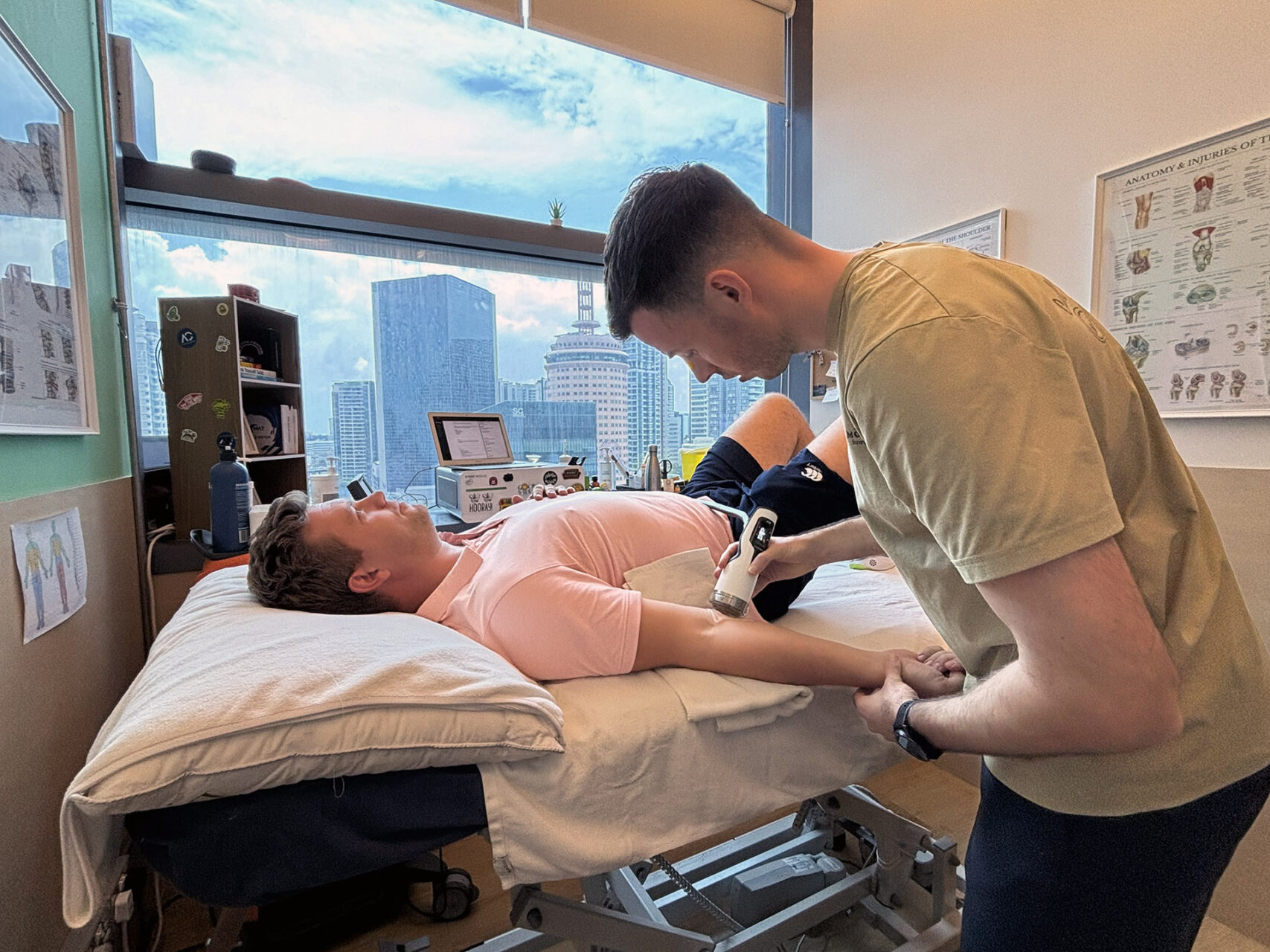
Get Back to Pain-Free Play with HelloPhysio
Don’t let badminton elbow pain keep you off the court. Whether you’re dealing with mild discomfort or persistent elbow pain, HelloPhysio offers evidence-based treatment solutions to help you recover and return to the game stronger than before. Contact us today to schedule an appointment and take the first step toward elbow pain relief.

